 A closer view of this series: Monstrum Nostrum 2024.
A closer view of this series: Monstrum Nostrum 2024.
The following three works are from the series Land paintings:
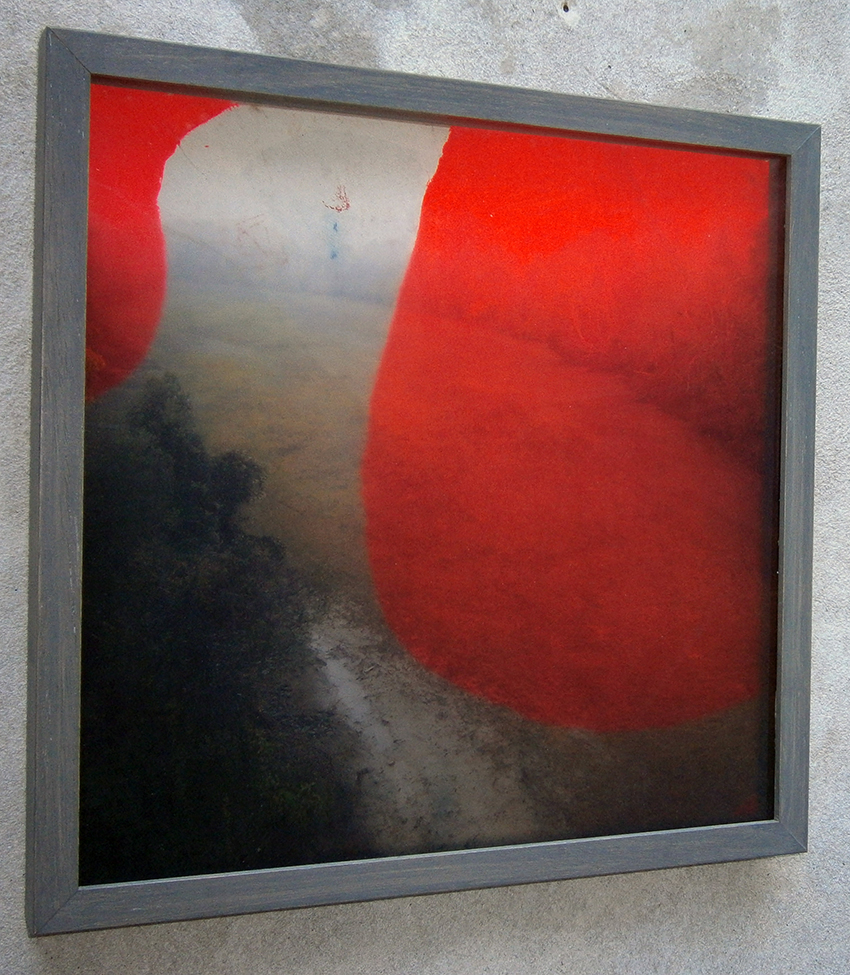 2013-In-Tuscia-10-32×32 (available on request).
2013-In-Tuscia-10-32×32 (available on request).
.
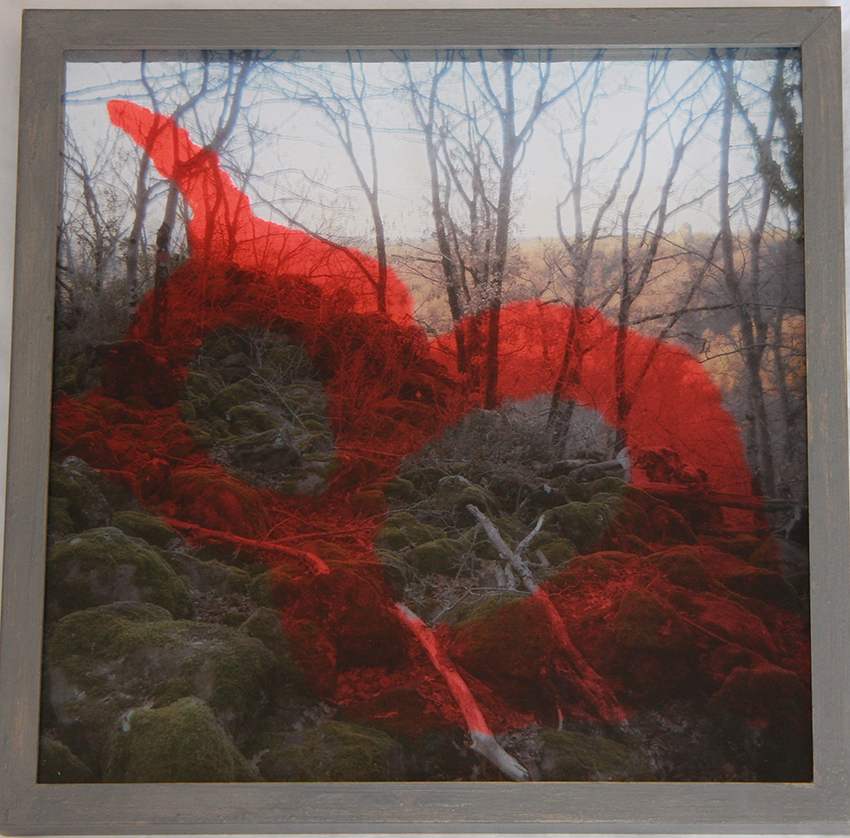 2015-In-Tuscia-14-30×30 (available on request).
2015-In-Tuscia-14-30×30 (available on request).
.
2018 From Cythera A and C series, various size. Engravings from the Hypnerotomachia Poliphili (Francesco Colonna’s work published in Venice in 1499 by Aldo Manuzio) superimposed on SP’s photographs of the Jardins de la Fontaine in Nîmes, or on satellite images of Cythera island.
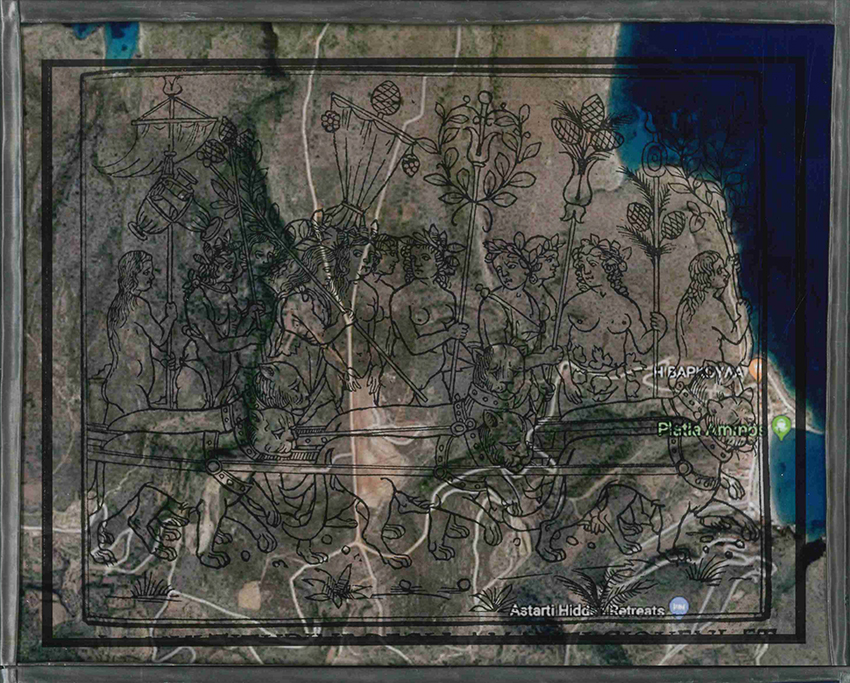 2018-From Cythera A 05-30×37.
2018-From Cythera A 05-30×37.
.
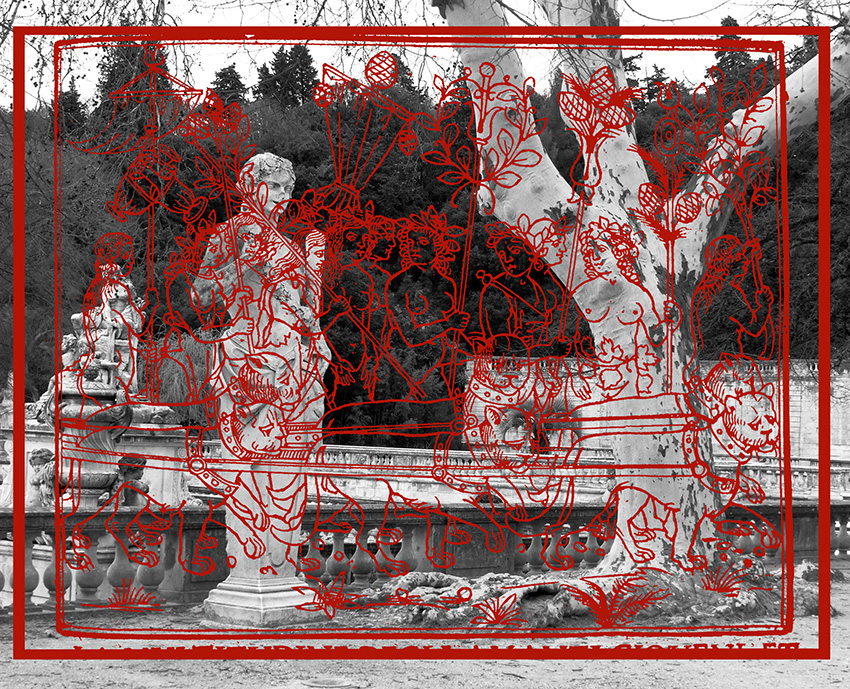 2018-From Cythera C 02-30×37.
2018-From Cythera C 02-30×37.
.
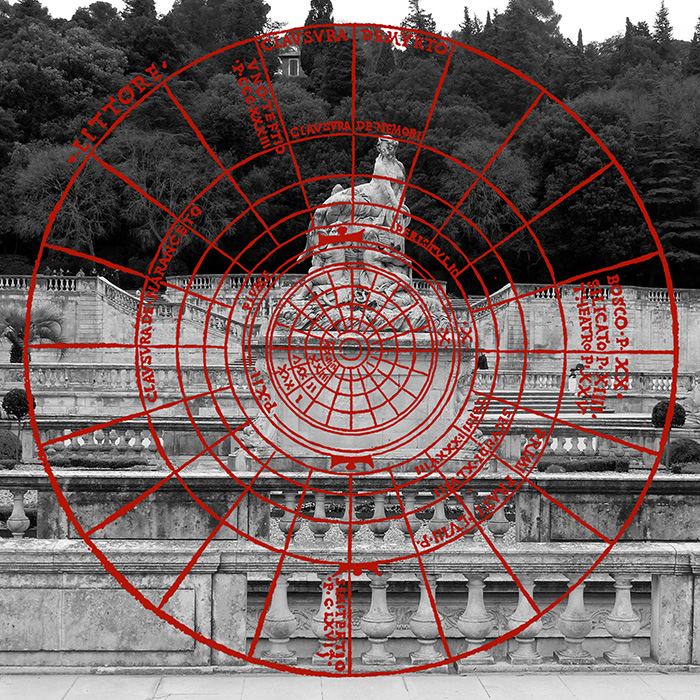 2018 From Cythera C 04 30×30.
2018 From Cythera C 04 30×30.
.
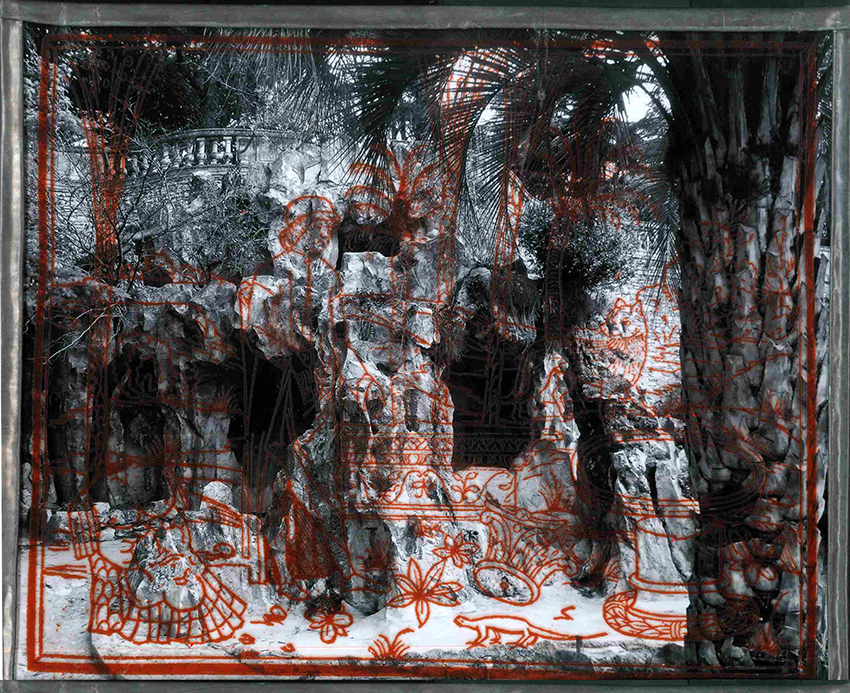 2018-From Cythera C 05-30×37.
2018-From Cythera C 05-30×37.
.
2022-2023, Three variations on the series Land paintings (number 16 and 17), 40×30 cm: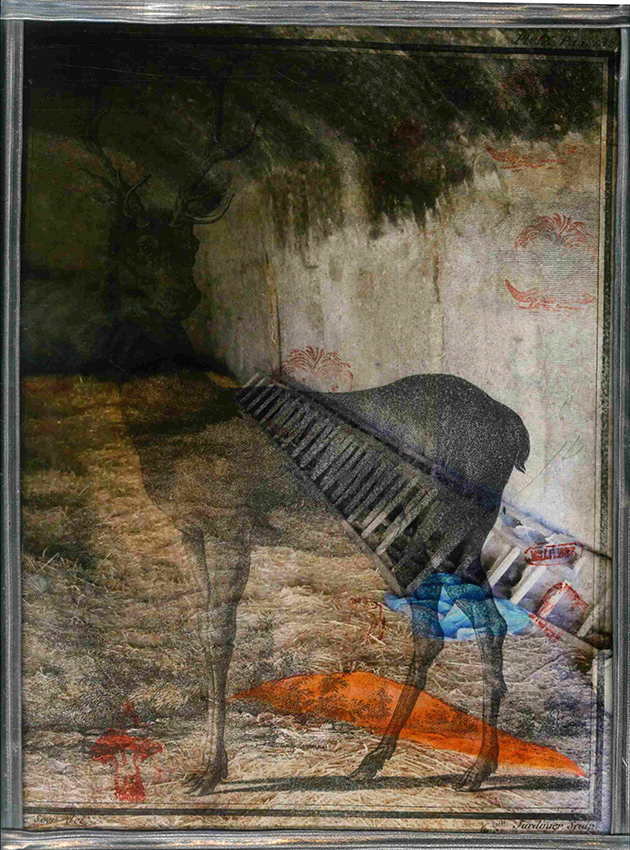
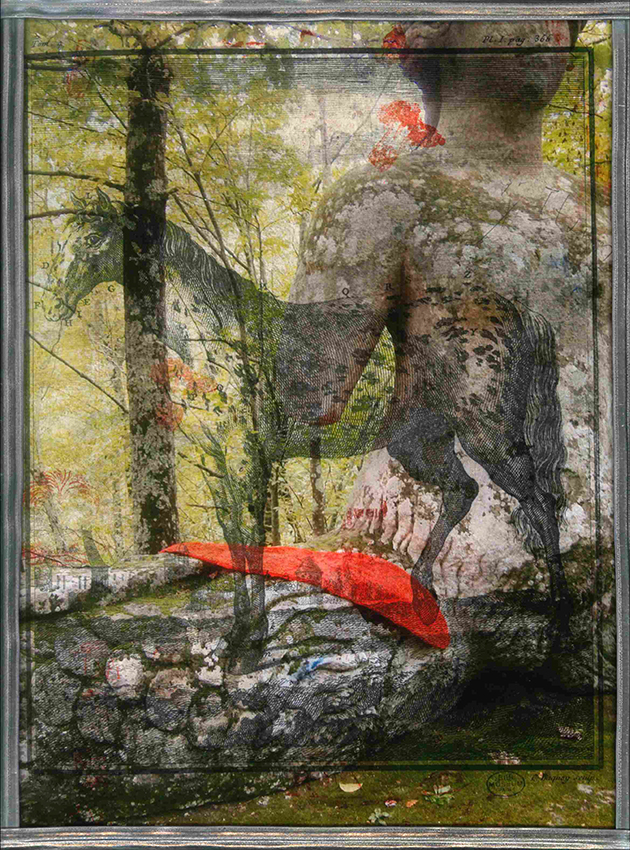 .
.
2020-Eden-00-C, from the Rupestrian works. Also a series of visual interventions in a « historicised » natural setting.
The three remaining pieces from the series Predators (Raubtiere) series, exhibited at the opening of the Baudelaire Gallery show in 2022:
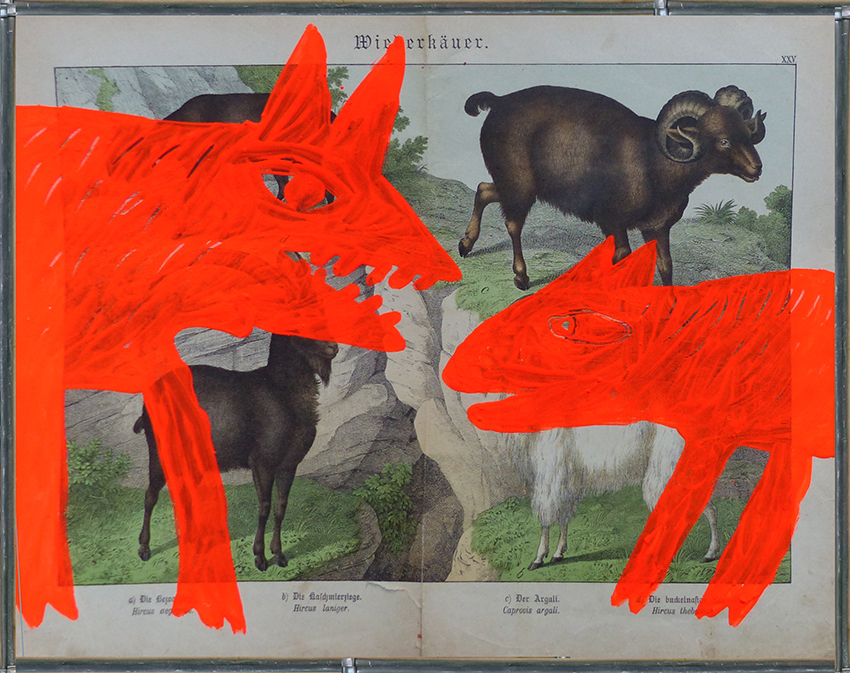
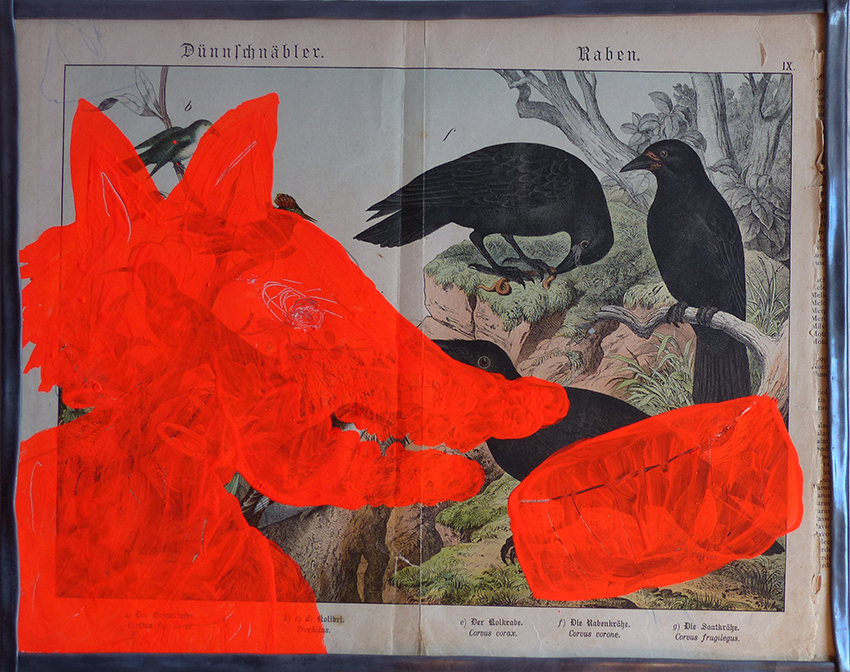
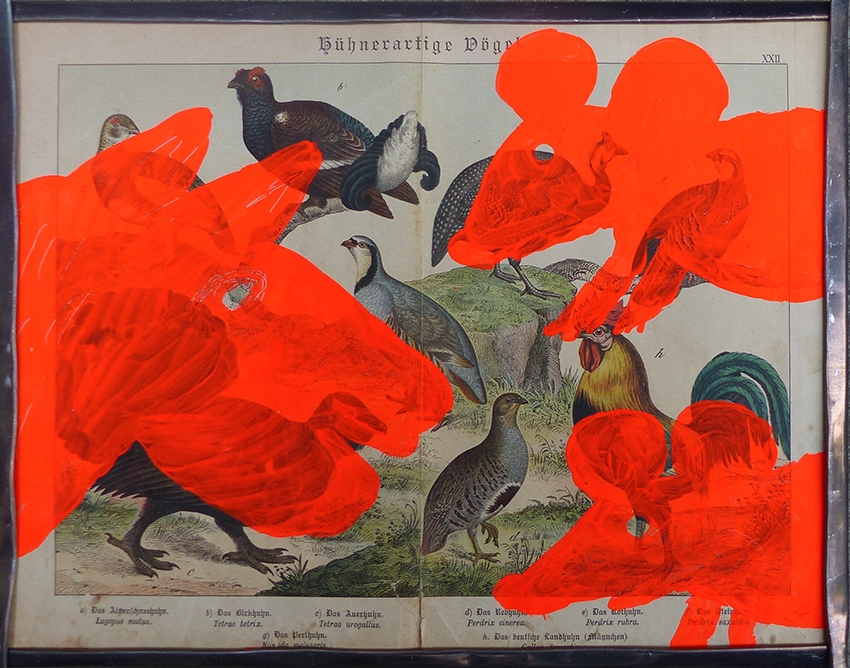 2021, Predators 02, 03 and 04, 33×42 cm. Fluorescent acrylic shapes directly painted on plates from the 19th-century German natural science book entitled Naturgeschichte der Vögel für Schule und Haus (1887).
2021, Predators 02, 03 and 04, 33×42 cm. Fluorescent acrylic shapes directly painted on plates from the 19th-century German natural science book entitled Naturgeschichte der Vögel für Schule und Haus (1887).
.
Lastly, a rather recent triptych on Eugene Boudin’s paintings of Normandy coasts. Satellite images as backdrop for a Boudin detail, as well as a same sized red rectangle.
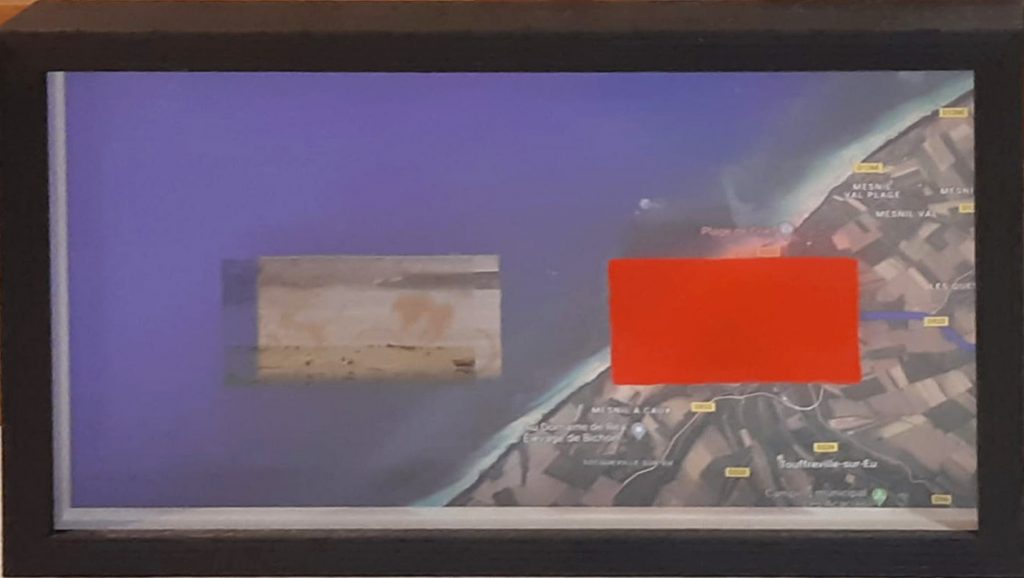 2024-Boudin en Picardie 01-24×42.
2024-Boudin en Picardie 01-24×42.
.
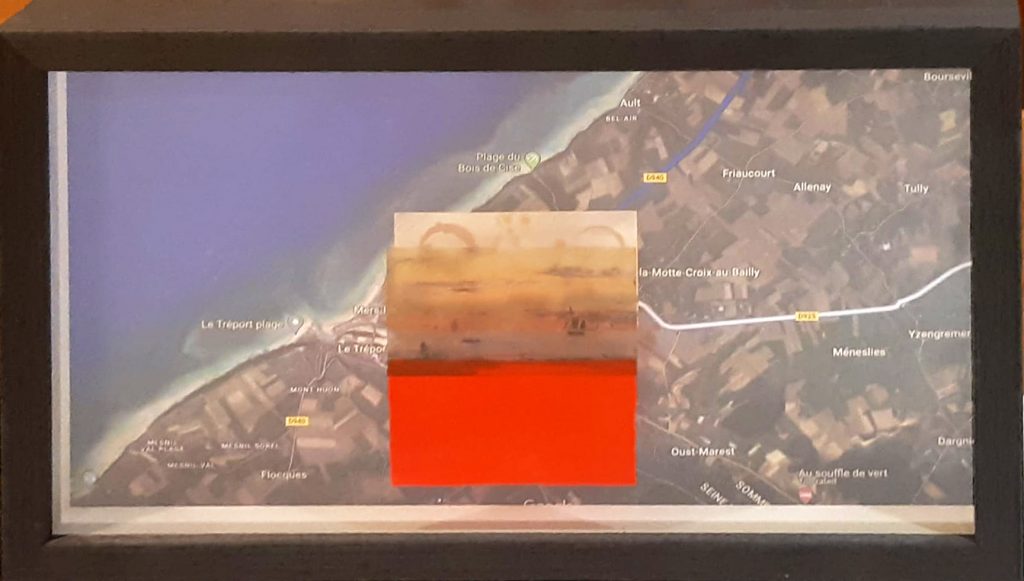 2024-Boudin en Picardie 02-24×42.
2024-Boudin en Picardie 02-24×42.
.
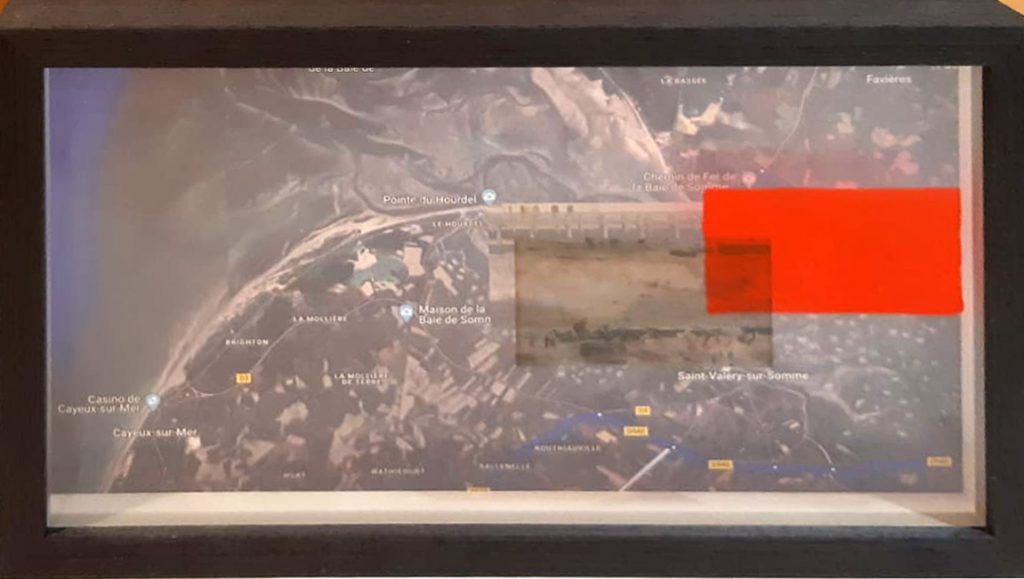 2024-Boudin en Picardie 03-24×42.
2024-Boudin en Picardie 03-24×42.
.
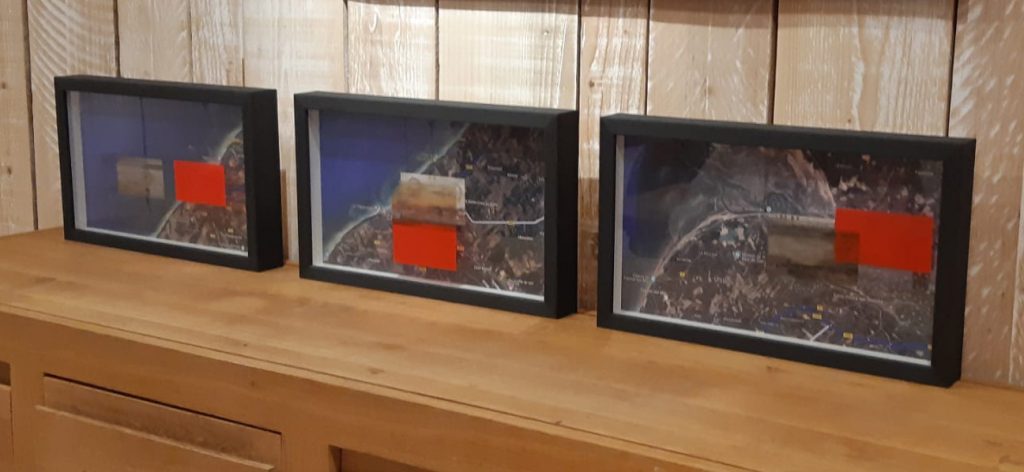
Below are works from a new series on the Ex voto theme, featuring red fluorescent shapes painted on paper documents. The subject is, plainly, “my” XXth Century. The Ex voto series was created and exhibited from 2004 to 2006. This new series is photography based: a black and white image printed directly on glass is superimposed on a “re-painted” found paper.
.
.
Millenovecento, installation in progress (120×160 cm), October 2019:
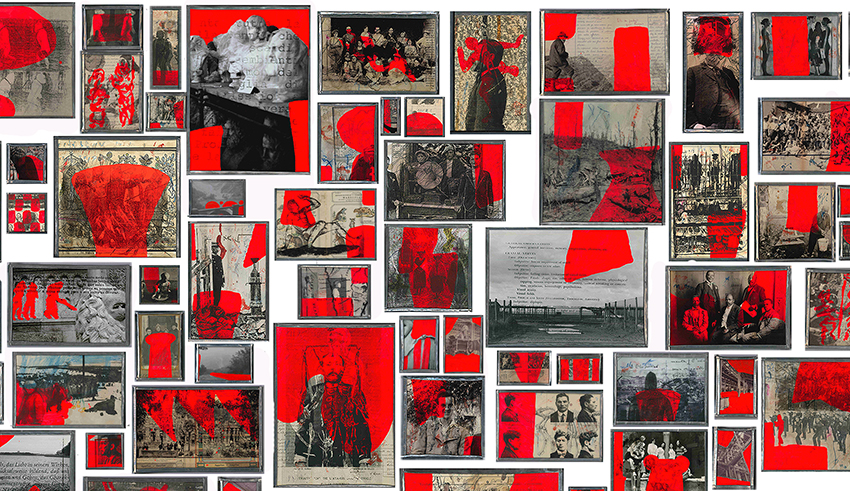

Nella mia installazione del 2006, Ex voto, intervenivo con forme di colore sui miei propri disegni, così come su documenti originali trovati negli archivi e nei mercatini di quartiere. Il riferimento evidente di questo lavoro erano i tanti muri delle chiese italiane coperti di quadretti o di formelle di parti del corpo in argento. Nel mio caso, non si trattava tanto di rendere grazie a un salvatore intervento divino, quanto di presentare una parodia laica di questi memoriali.
La struttura a mosaico (o a « quadreria ») dell’installazione affermava che ogni pezzo, pur essendo unico e insostituibile, non poteva avere senso se non nel contesto di quelli che lo circondavano. La cornice di piombo, che costruivo nel concepire l’immagine, costituiva un tutt’uno con l‘immagine presentata.
Una dozzina di anni dopo il compimento di quel lavoro, ne presento una “ripresa”, a base fotografica stavolta. E stavolta l’installazione è più decisamente orientata sulla storia, la nostra comune storia intrecciata alla mia biografia. In questo senso “storicizzo” me stesso in quanto uomo che ha vissuto la maggior parte della sua vita nel secolo passato.
Non c’è una gerarchia delle immagini né per pregnanza né per qualità. A buone stampe analogiche di mie foto accosto ritagli di giornale, fotocopie, fotografie da archivi privati. A volte l’immagine è riprodotta su vetro e sovrapposta a documenti cartacei, altre volte è la fotografia su carta che fa da sfondo a un testo o a un grafico riprodotto su vetro.
Ogni volta è presente un passaggio di colore, un rosso luminescente, che crea uno sfalsamento della visione e che è, a tutt’oggi, un po’ la mia firma.
Quest’installazione di un centinaio di pezzi sarà doppiamente storica: difatti debbo interrompere il mio ventennale stile di lavoro. La ditta UCIC di Asti è recentemente fallita, ventiquattro fra suoi ventisei addetti si trovano in disoccupazione, e né io né i miei amici italiani riusciamo più a trovare, in qualche fondo di magazzino, l’insostituibile Lumen Rosso 26.

Millenovecento, full installation, March 2021.
.
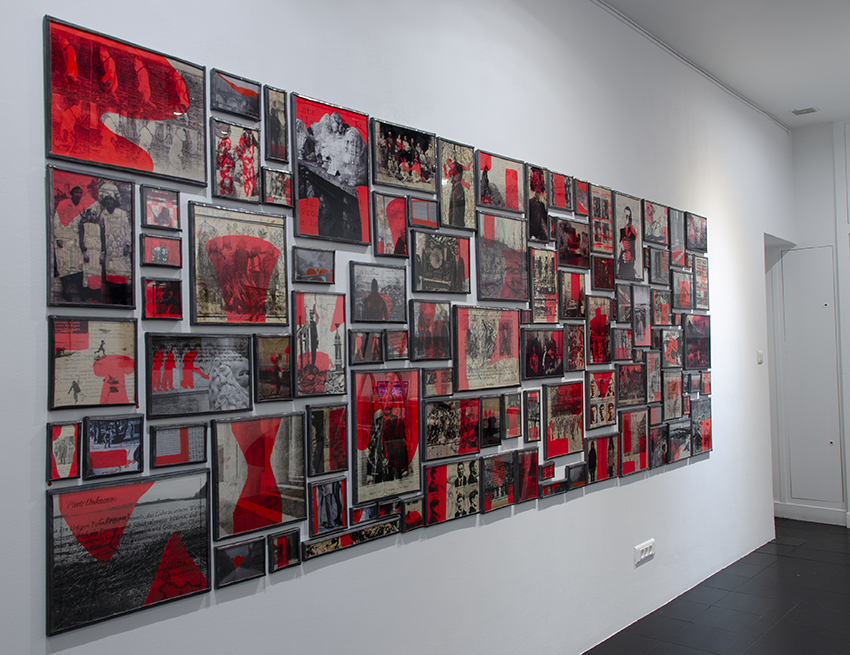
The installation at the Gallery Sit down, Paris, October 2020-January 2021.
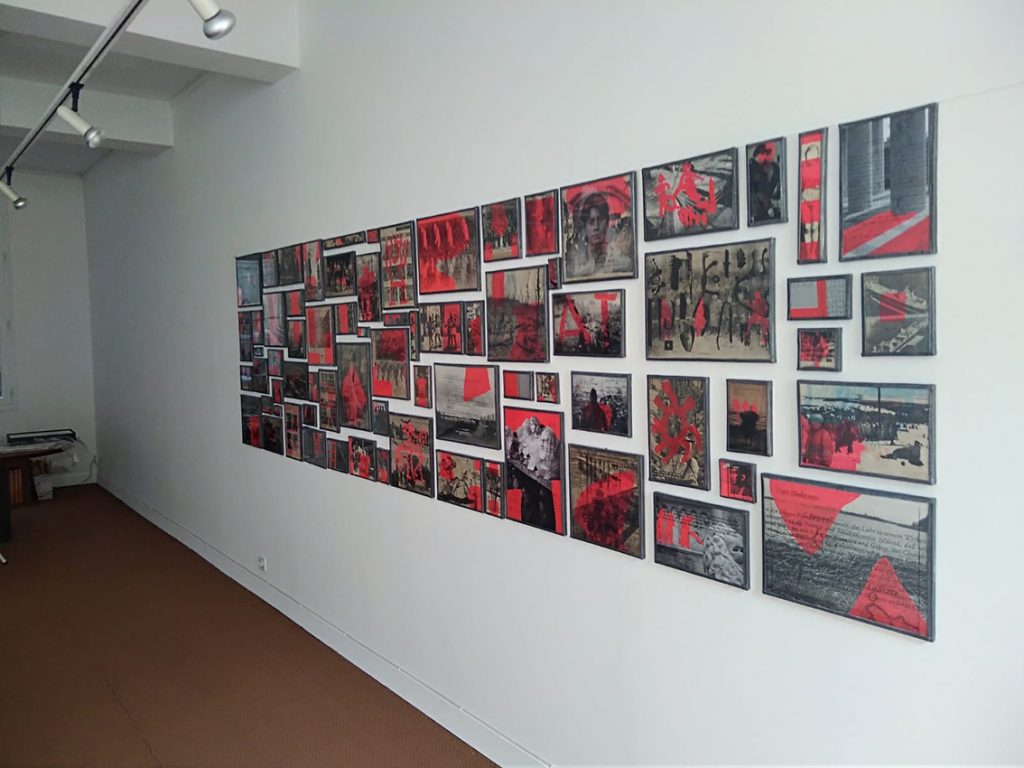
At the Gallery Troisième oeil, Bordeaux, March-May 2021.
.
Here’s the artist’s comment on each piece:
Millenovecento 01-120 and Millenovecento 121-156.

In my 2006 installation, “Ex-voto“, I intervened with color shapes on my drawings, as well as on original documents found in the archives and in the neighborhood markets. The clear reference of this work were the walls of the Italian churches covered with small squares or panels of silver body parts. In my case, it was not so much a matter of giving thanks to a savior divine intervention, but of presenting a secular onthese memorials. The mosaic structura of the installation states that each piece, unique and irreplaceable, could not have meaning except in the context of those around it. The lead frame, which I built in conceiving the image, was one with the image presented. A dozen years after the completion of this work, I present a «shot», based on photography. This time the installation is more decidedly history-oriented, our common history intertwined with my biography. In this sense, I «historicize» myself as a man who lived most of his life in the past century. There is no hierarchy of images neither by the subtance nor by the quality. A good analogue prints of my photos alongside newspaper clippings, photocopies, photographs from private archives. Sometimes the image is reproduced on glass and superimposed on paper documents, other times it is the photograph on paper that is the background of a text or a graphic reproduced on glass. Each time there is a color change, a luminscent red, which creates an offset and which is, to date my signature.
Here a reminder of the
Ex voto installation, 2006 (200×350 cm):
.
A selection of recent small formats (20×30 cm / 8×12 in), lead framed.
For larger sizes (30×30 cm and over), please visit the page
Avalaible works.
.
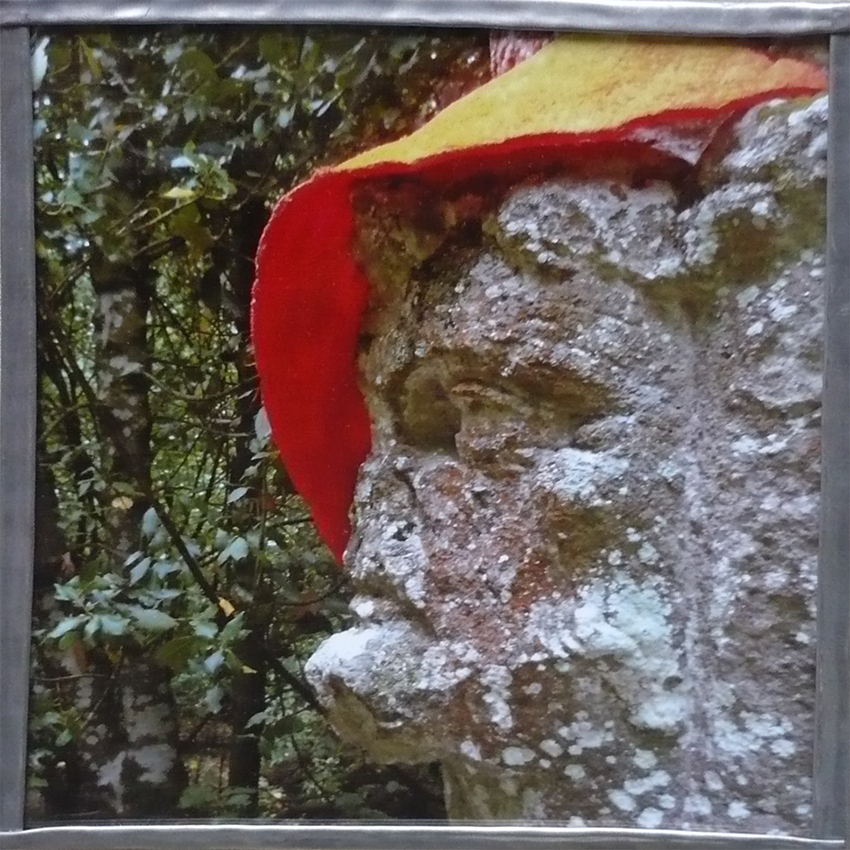 Nel parco dei mostri 02, 2013, 25×25.
Nel parco dei mostri 02, 2013, 25×25.
.
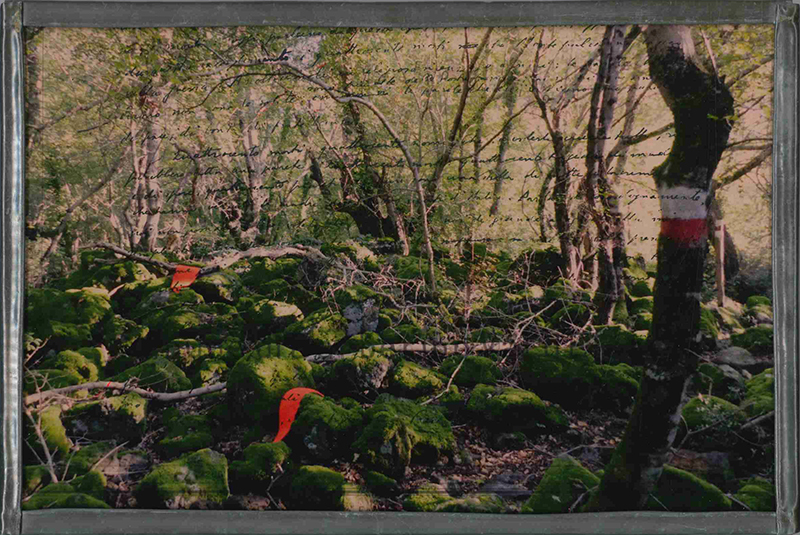 From Rofalco 01, 2017, 20×30.
From Rofalco 01, 2017, 20×30.
.
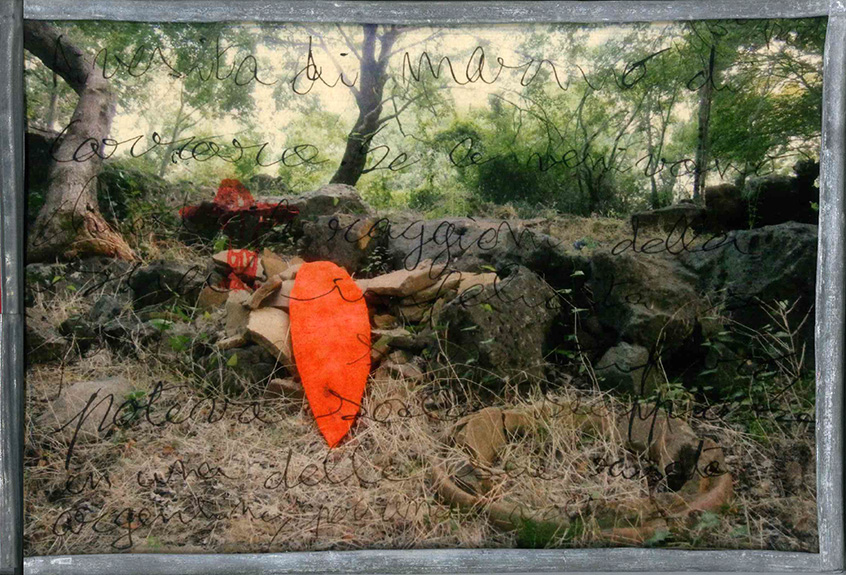 From Rofalco 02, 2017, 20×30.
From Rofalco 02, 2017, 20×30.
.
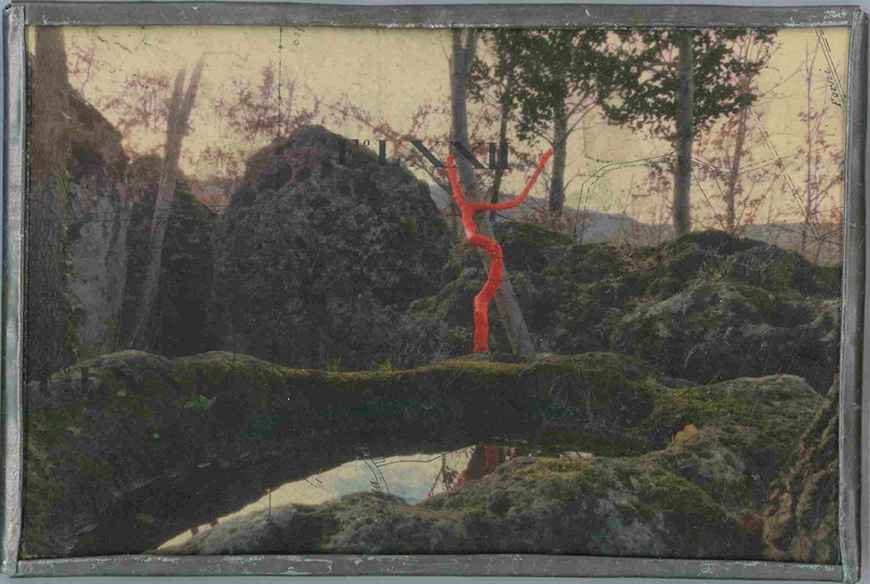 Hopi a Poggio Rota, 2017, 20×30.
Hopi a Poggio Rota, 2017, 20×30.
.
 From Castro 02, 2017, 20×30.
From Castro 02, 2017, 20×30.
.
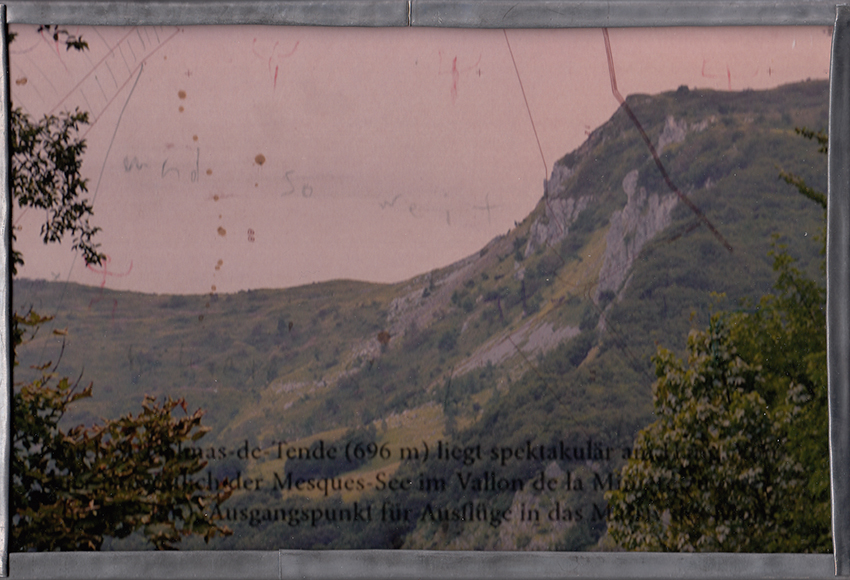 Baedeker-Roja 01, 2018, 20×30.
Baedeker-Roja 01, 2018, 20×30.
.
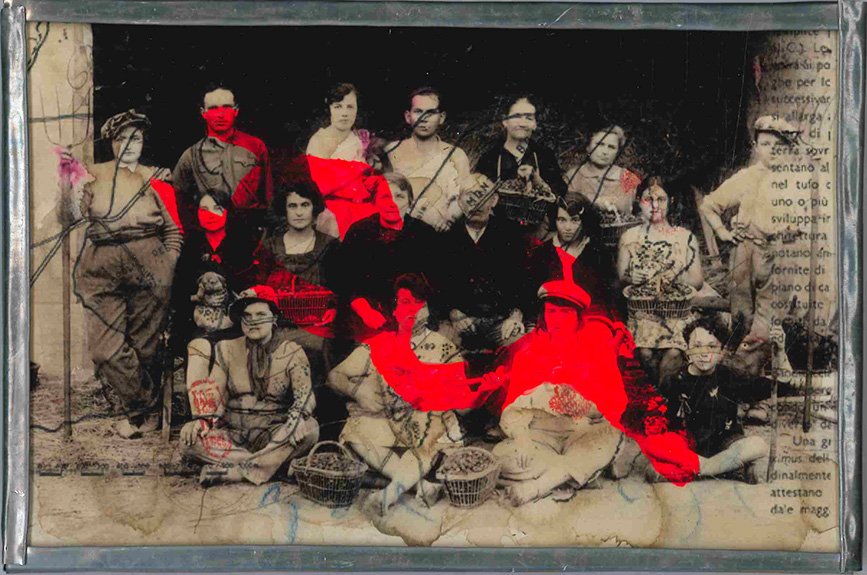 Regordane 01, 2019, 20×30 (from the installation Millenovecento). See the remaining pieces : Millenovecento residui.
Regordane 01, 2019, 20×30 (from the installation Millenovecento). See the remaining pieces : Millenovecento residui.
.
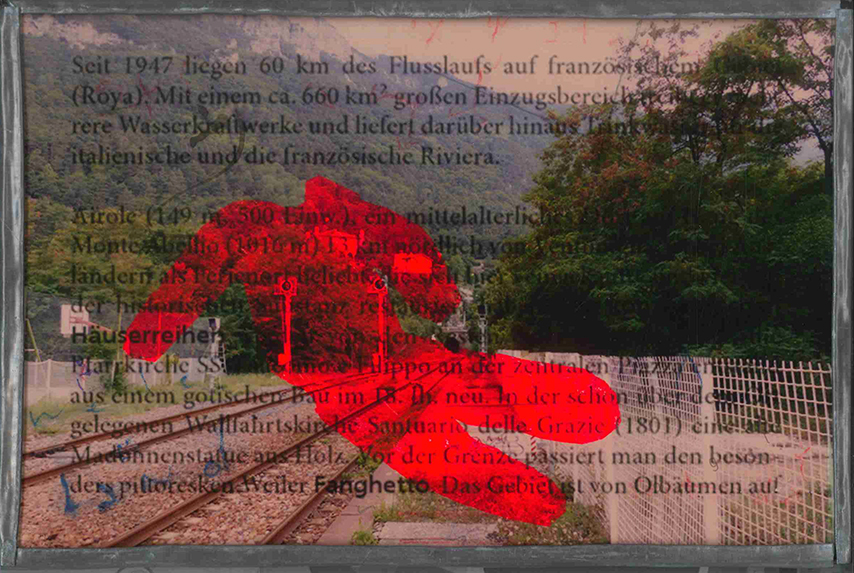 Baedeker-Roja 02 bis, 2023, 20×30.
Baedeker-Roja 02 bis, 2023, 20×30.
.
And the remaining Galatina, 2023:
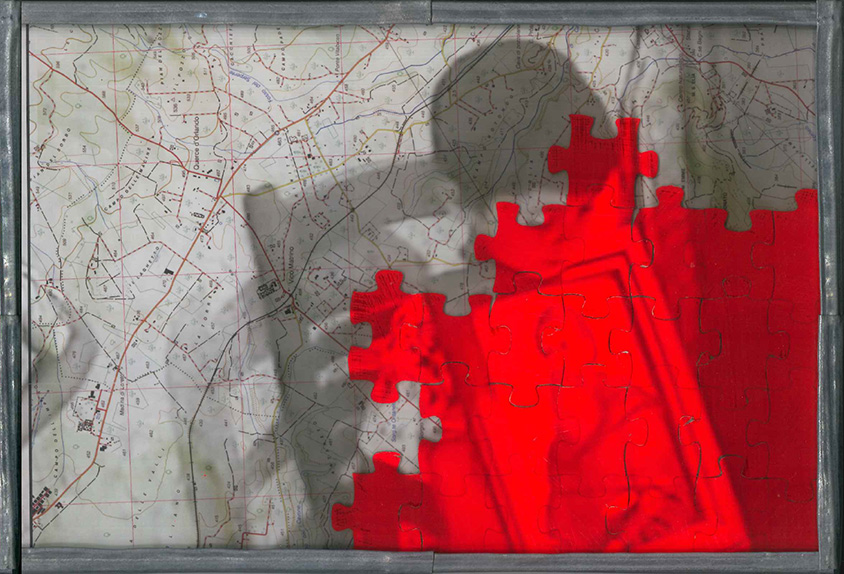 Galatina 11, 20×30.
Galatina 11, 20×30.
.
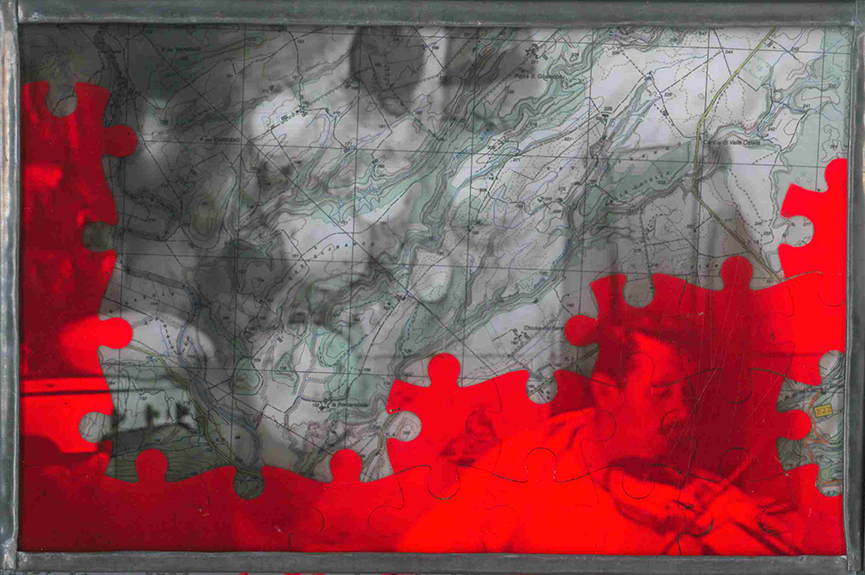 Galatina 12, 20×30.
Galatina 12, 20×30.
.
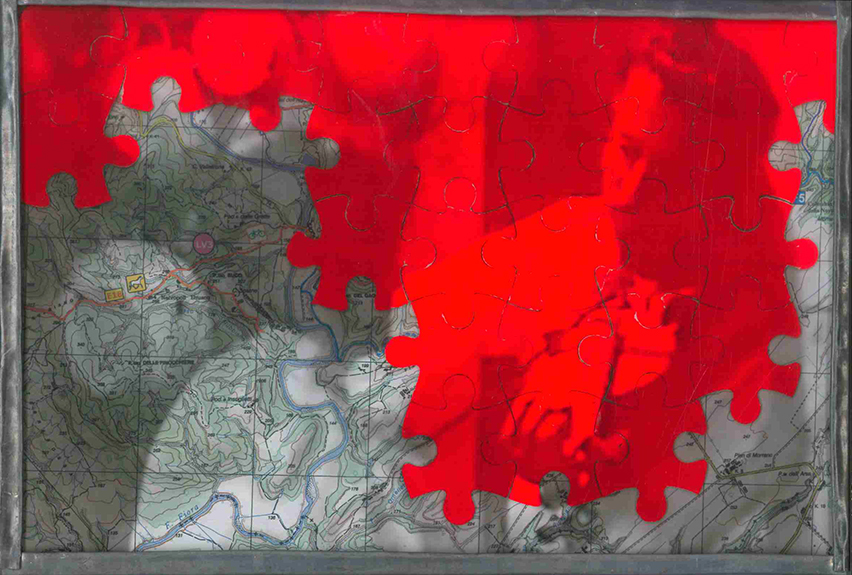 Galatina 13, 20×30.
Galatina 13, 20×30.
.
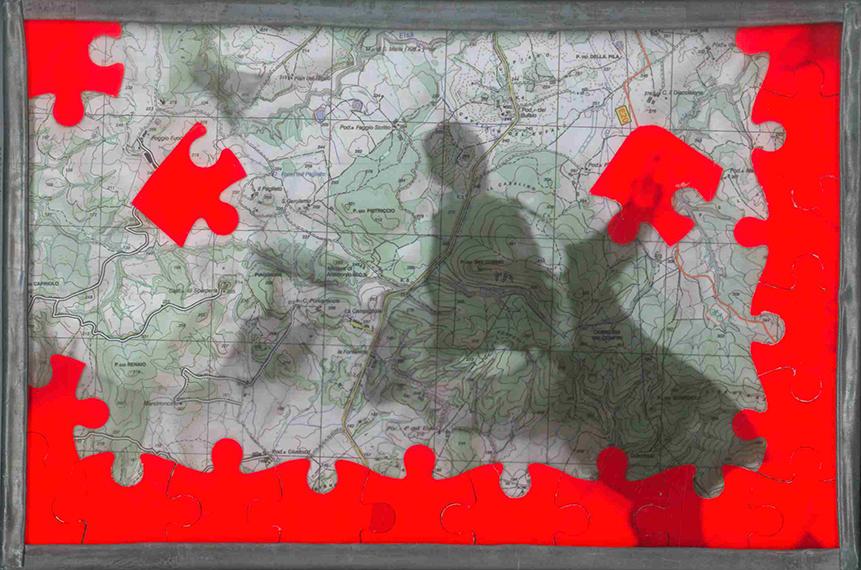 Galatina 14, 20×30.
Galatina 14, 20×30.
.
Exhibited at the show Le sport : pour la beauté du geste, Les Franciscaines, Deauville, Januray-May 2024.
.
And the PDF of the whole series, completed February 1st, 2024:
2024 Canopiocchi mediorientali TOT
.
Canopiocchi : un jeu de mots entre canopi (canopes) et occhi (yeux), qui sonne toscan vernaculaire, comme toscan est le personnage du conte pour enfants de Collodi, Pinocchio.
Comme on le sait les canopes étaient des vases destinés à contenir les cendres d’un chef, forcément d’un guerrier, dans la civilisation d’Étrurie centrale (Chiusi, Arezzo).
Et Pinocchio, c’est la marionnette-enfant qui ne sait pas choisir entre le bien et le mal, les Lumières ou les Ténèbres, l’école publique ou le Pays des jouets (il Paese dei balocchi).
J’ai imaginé, aussi dans une tardive réminiscence beckettienne, deux personnages contraints de cohabiter dans un même espace exigu. Les couvre-chefs des deux personnages principaux rappellent des costumes moyen-orientaux, leur bec ou leur nez ramène à l’imaginaire de la bande dessinée.
Qu’il me soit permis pour une fois un brin d’humour noir, noir comme l’ardoise.
.
Canopiocchi: a play on words between canopi (canopies) and occhi (eyes), which sounds vernacular Tuscan, as Tuscan is the character in Collodi’s children’s story Pinocchio.
As we know, in the civilization of central Etruria (Chiusi, Arezzo), canopic vessels were used to hold the ashes of a leader, necessarily a warrior.
And Pinocchio is the child-puppet who can’t choose between good and evil, Enlightenment or Darkness, public school or the Land of Toys (il Paese dei balocchi).
I also imagined, in a late Beckettian reminiscence, two characters forced to cohabit in the same cramped space. The headgear of the two main characters is reminiscent of Middle Eastern costumes, while their beaks and noses remind of the world of comic strips.
Allow me, for once, a touch of black humor, black as slate.
.
Canopiocchi: un gioco di parole tra canopi e occhi, che suona dialettalmente toscano, come toscano è il personaggio del Pinocchio di Collodi.
Come sappiamo, nella civiltà dell’Etruria centrale (Chiusi, Arezzo), i vasi canopi erano usati per contenere le ceneri di un capo, in genere un guerriero.
E Pinocchio è il burattino bambino che non sa scegliere tra il bene e il male, tra l’Illuminismo e le Tenebre, tra la scuola pubblica e il Paese dei Balocchi.
Ho anche immaginato, in una reminiscenza tardo-beckettiana, due personaggi costretti a vivere insieme nello stesso spazio angusto. I copricapi dei due protagonisti ricordano i costumi mediorientali, i loro becchi e i loro nasi sono fumettistici.
Permettetemi per una volta di abbandonarmi a un po’ di umorismo nero, nero come l’ardesia.
.
 15×15 available December 2023
15×15 available December 2023
.
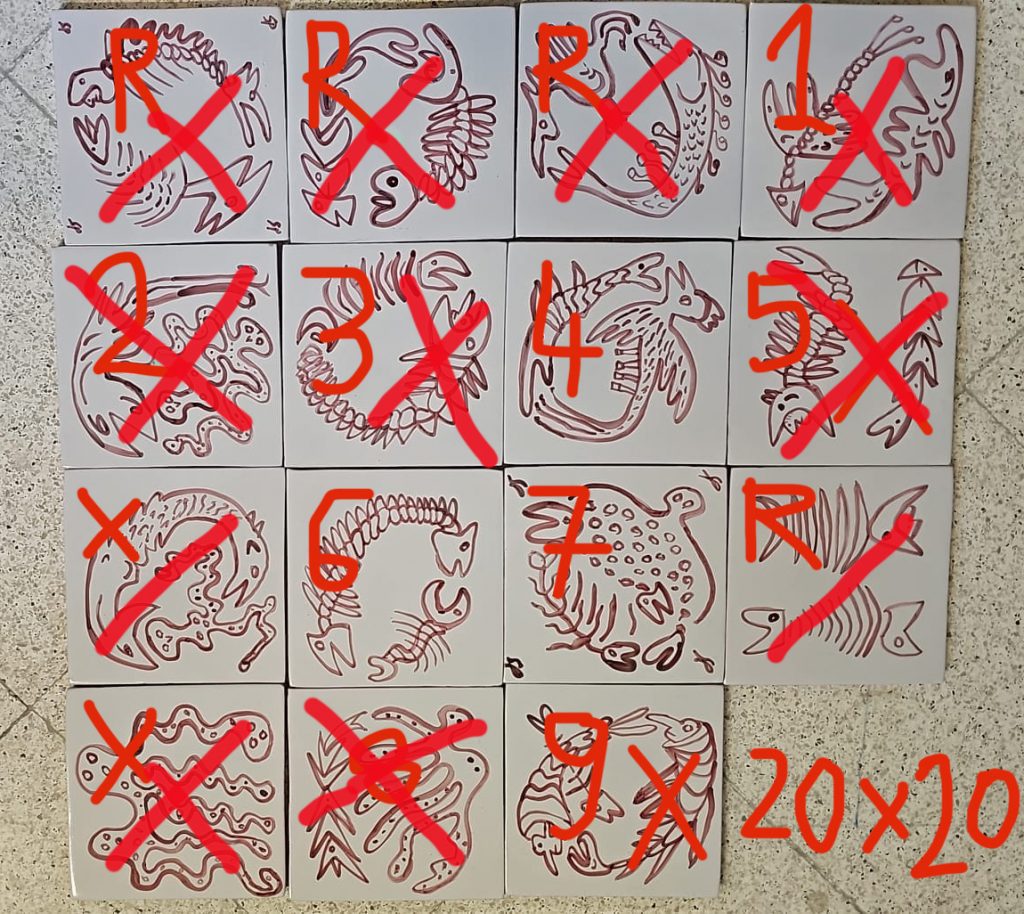 20×20 available December 2023
20×20 available December 2023
.
Une nouvelle série de dessins inspirés par la céramique vernaculaire d’Italie du Sud et l’ouvrage de Jurgis Baltrusaitis Le Moyen Âge fantastique. Je les ai exécutés sur biscuit à la fin novembre à l’usine Scotto de Vietri sul Mare.
Format des carreaux : 20×20 et 15×15 cm, épaisseur 1 cm. Couleur : rouge bordeaux.
Prix 30 € pièce les 20×20, 25 € les 15×15, frais de port inclus.
Pour les formats ”zoccolo”, voir : Bestiarium 10×20
Voir aussi la page récapitulative Ceramic writings 2003-2023.
.
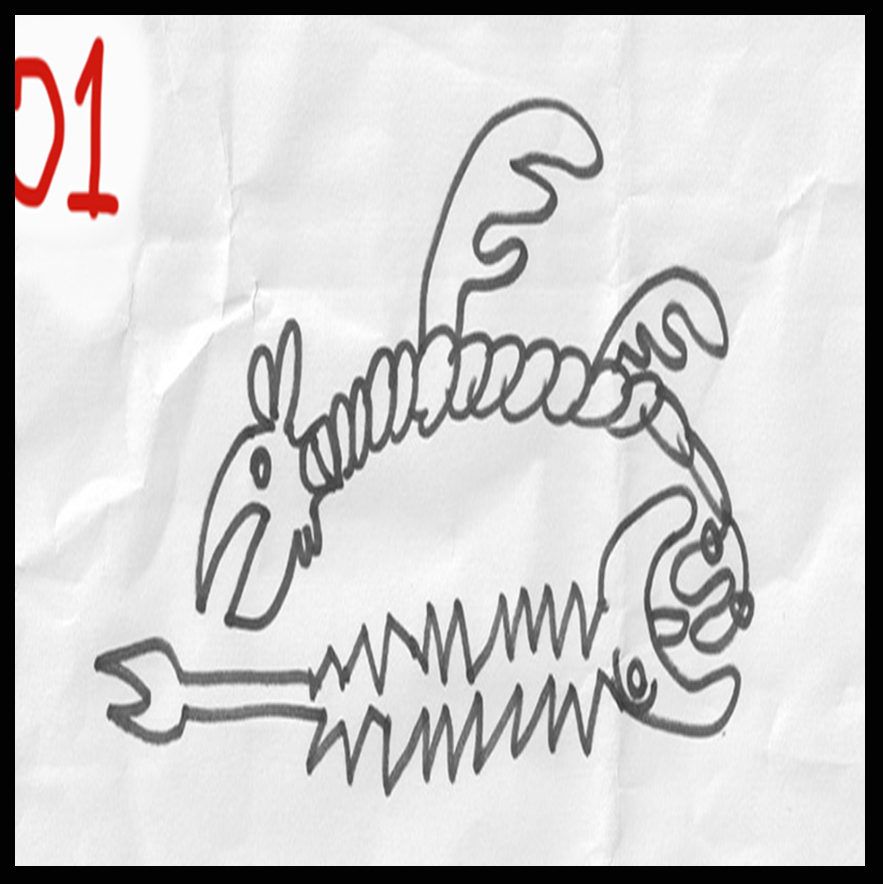
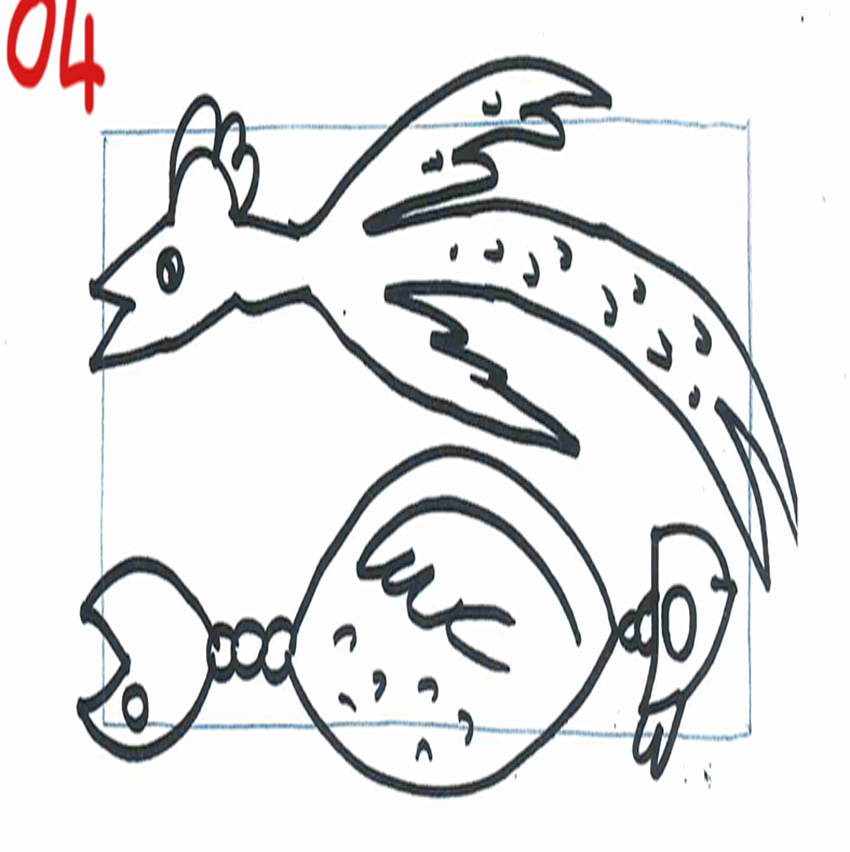
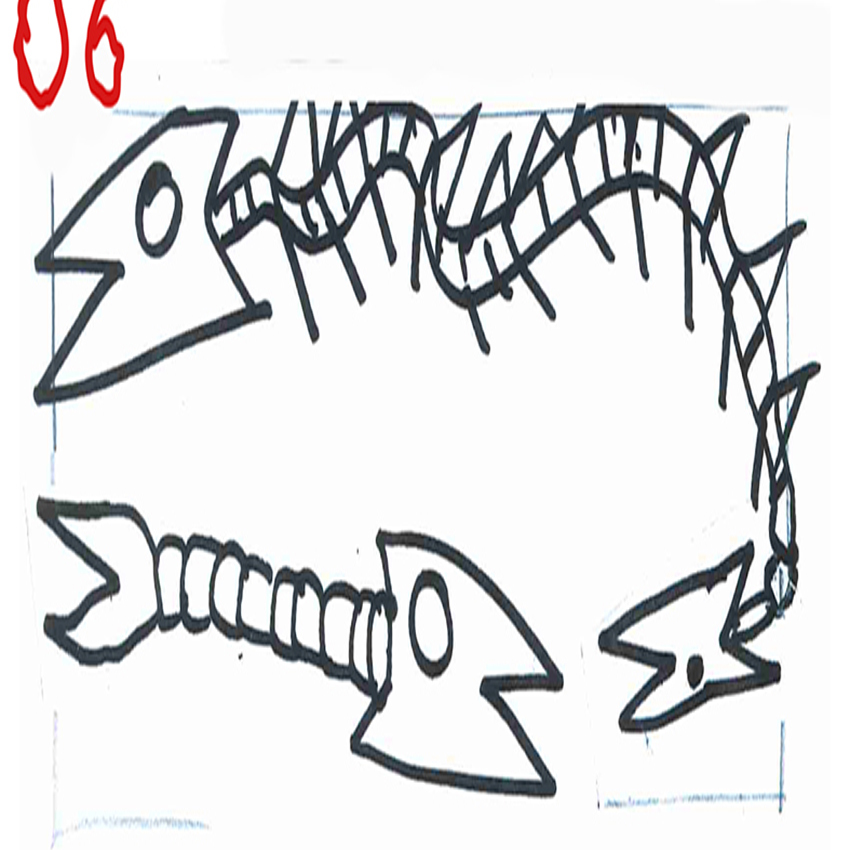
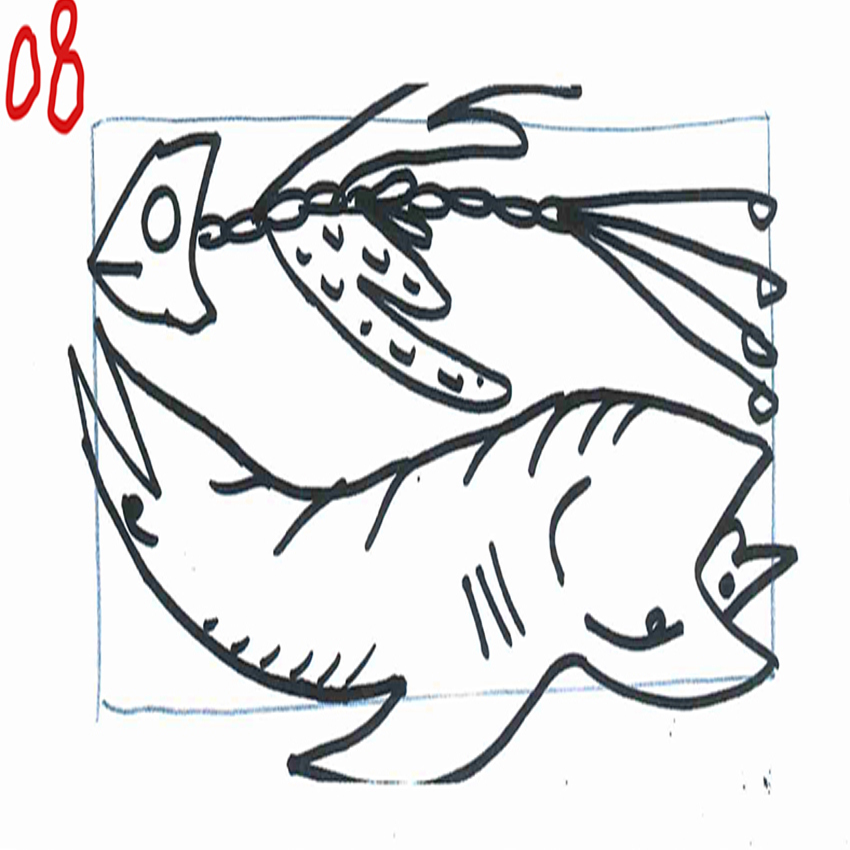
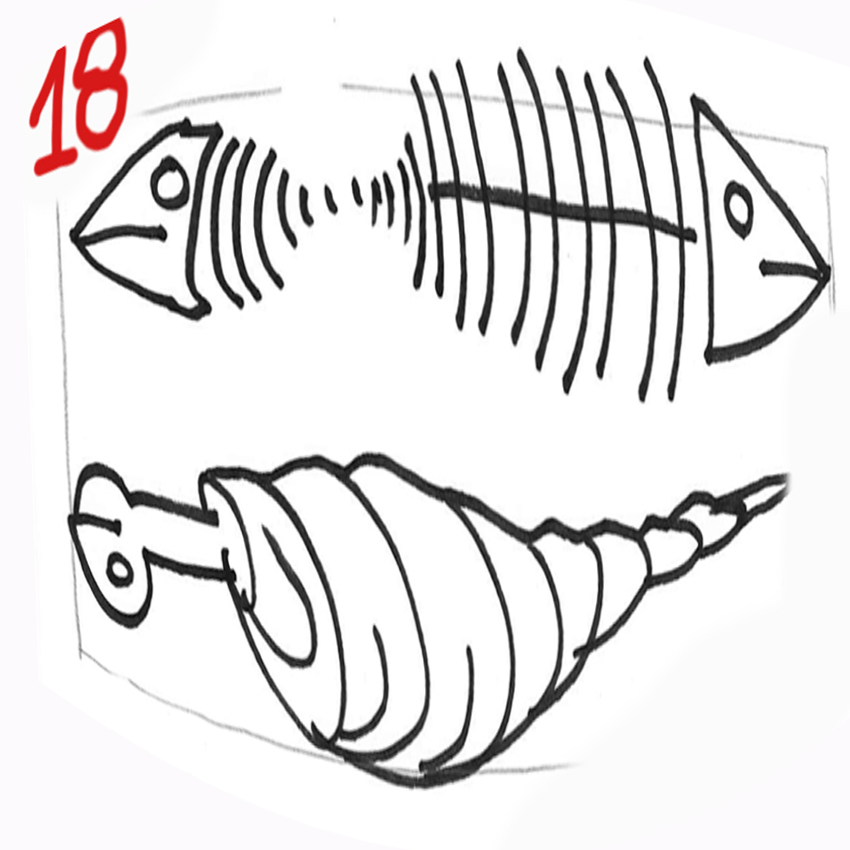
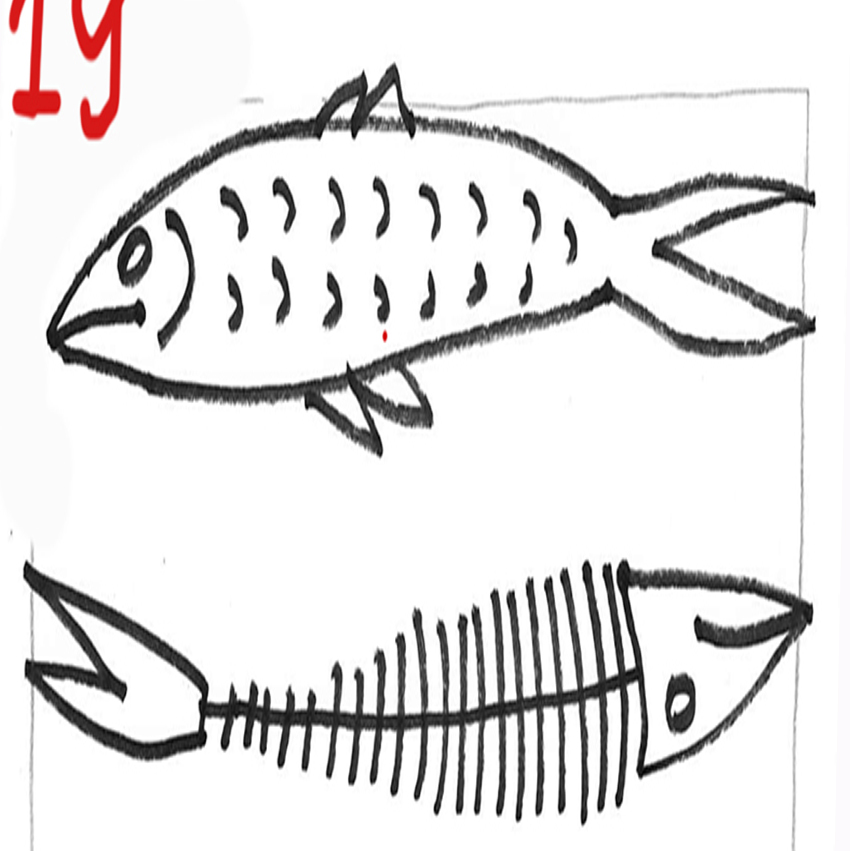
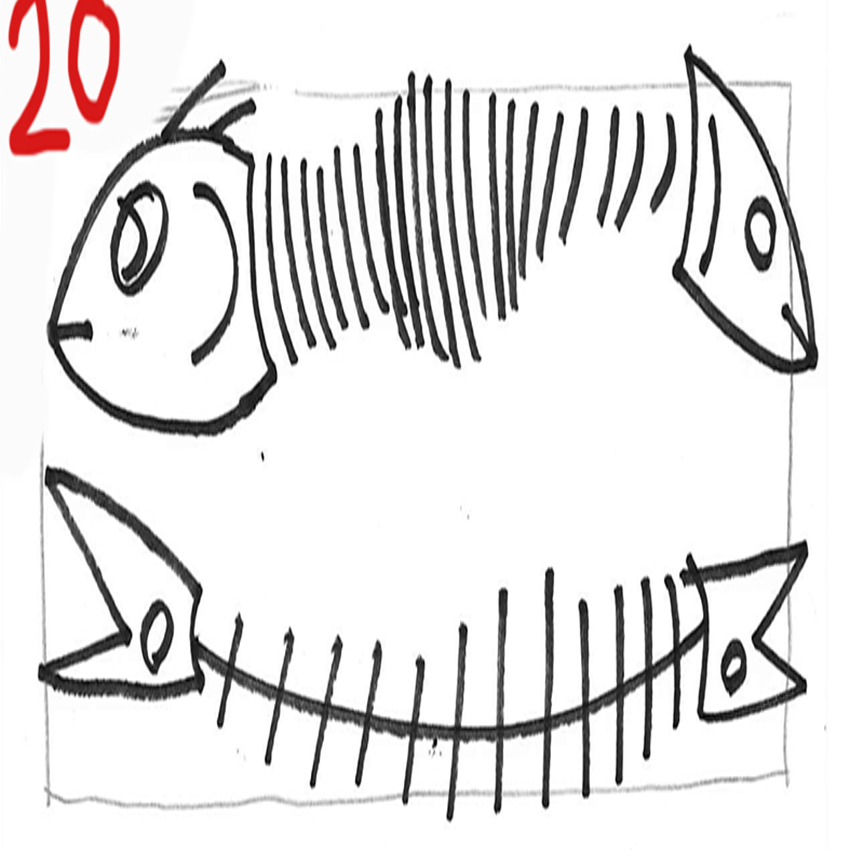
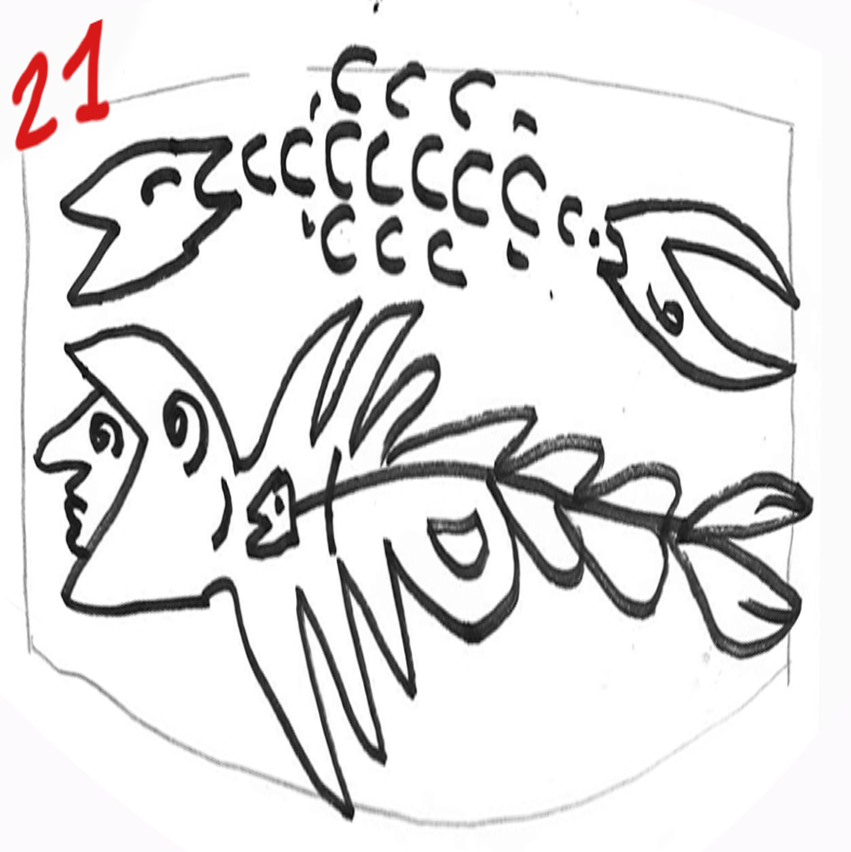
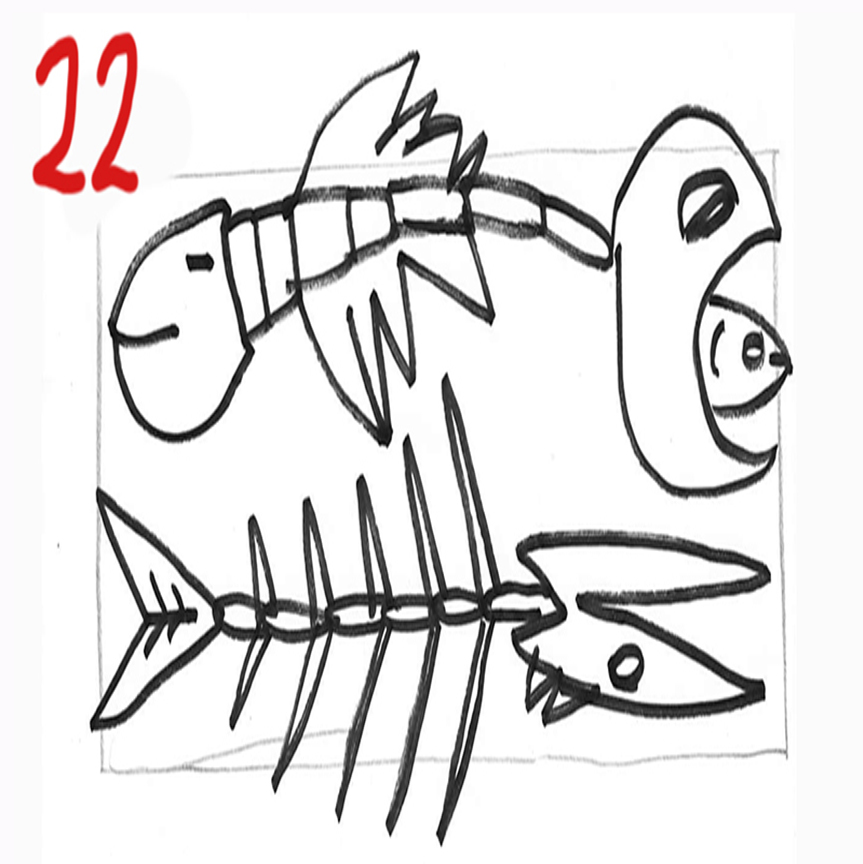
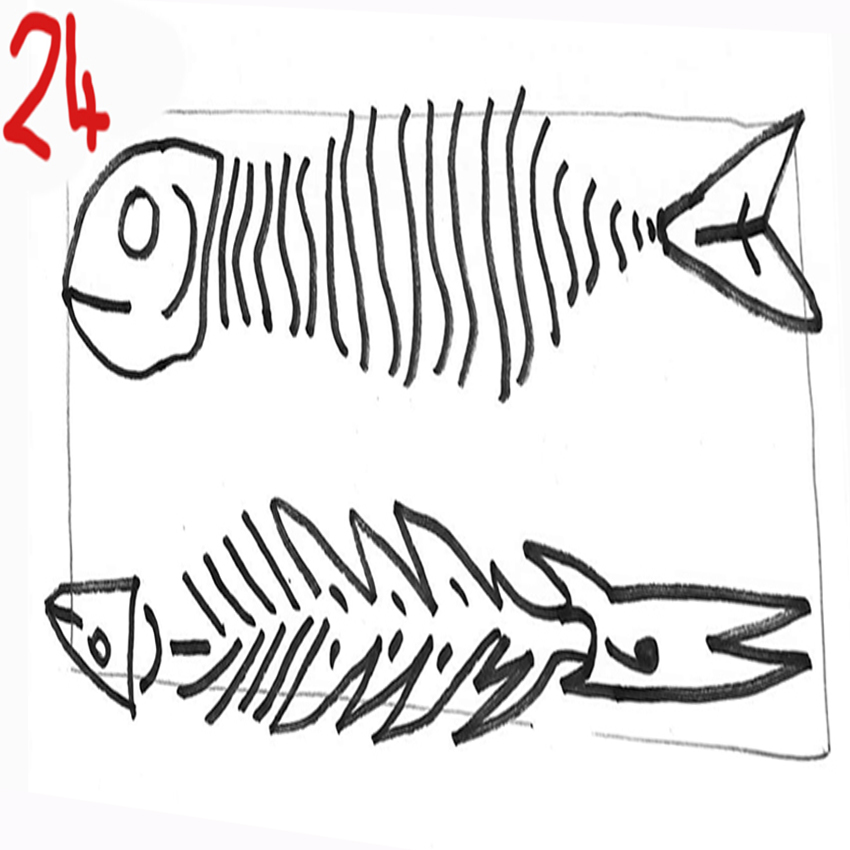

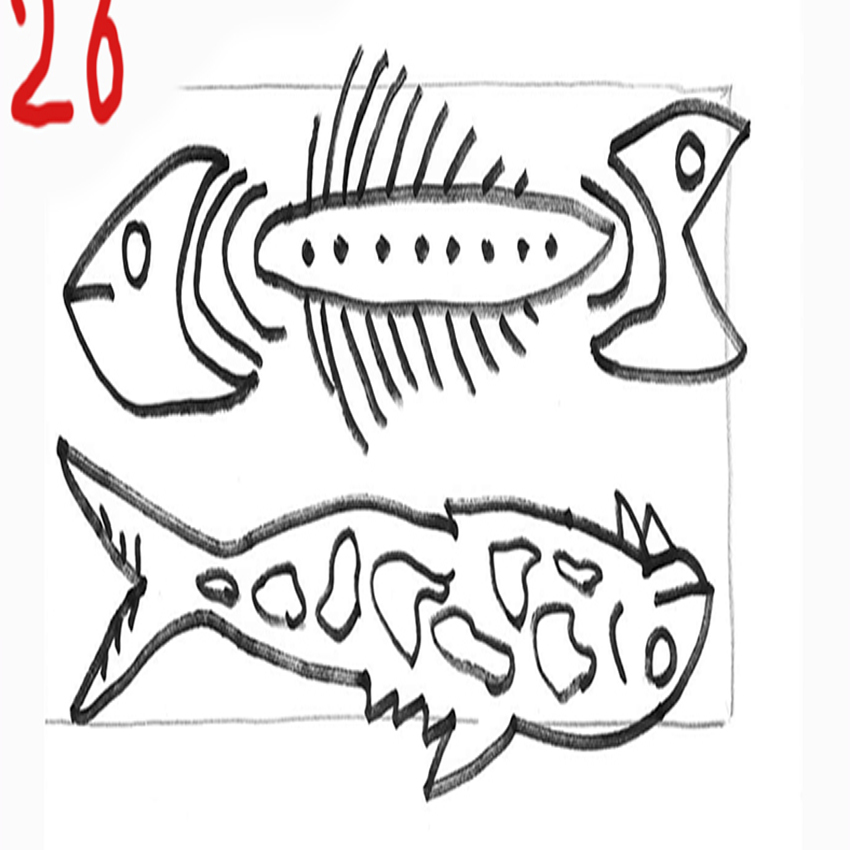
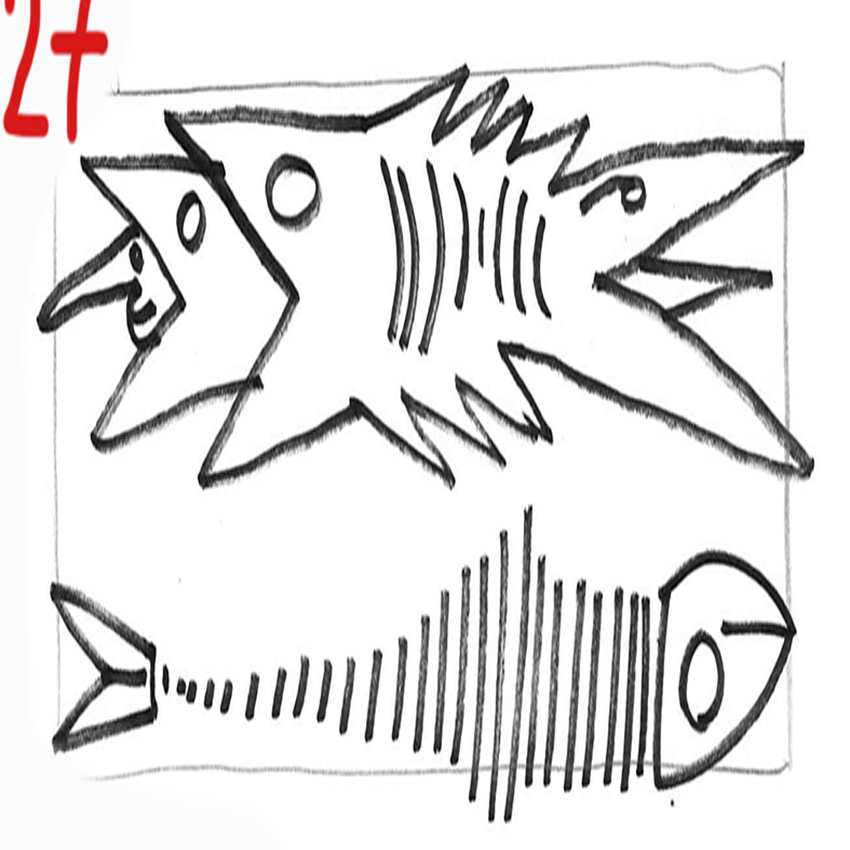
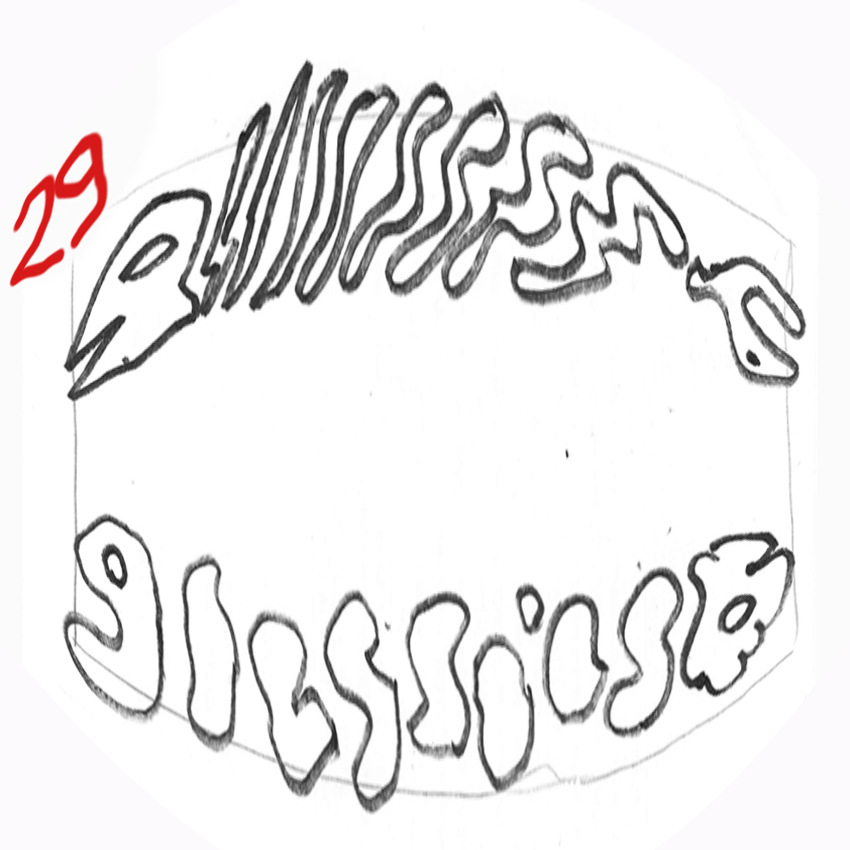
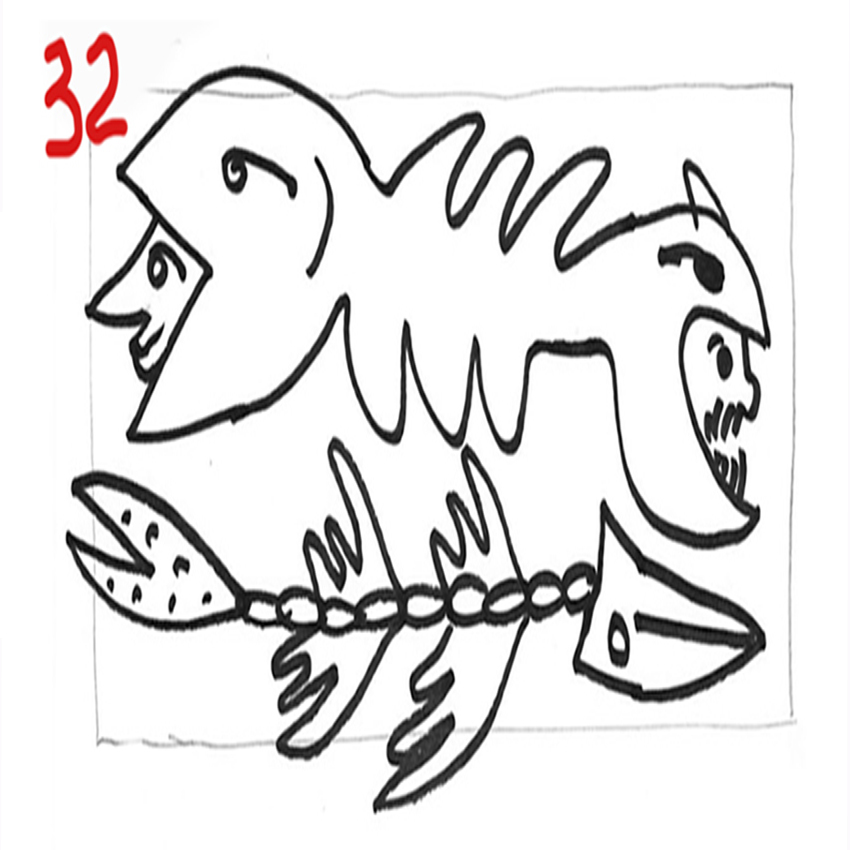
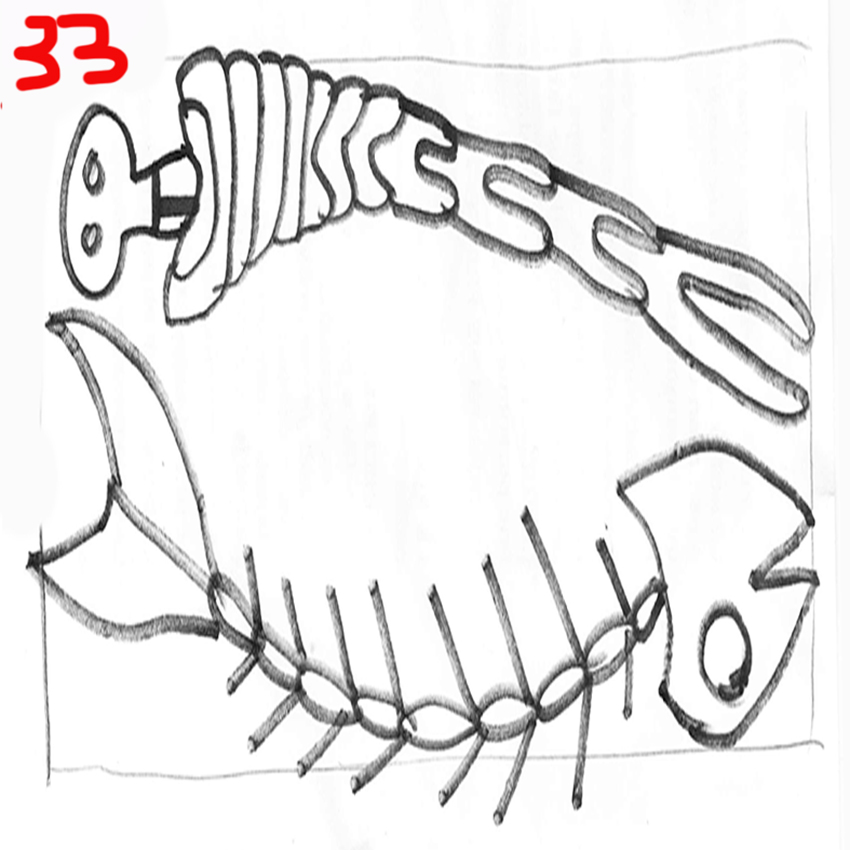
A new series of drawings inspired by the vernacular ceramics of Southern Italy as well as by Jurgis Baltrusaitis The Fantastic in the Middle Ages.
Format of the ceramic tiles: 20 x 20 cm. Thickness 1 cm. Color: Burgundy red.
Price: 30 € per tile, including shipping within Europe.
Orders can be made via my website, at the page Bio/Contact.
A new series of designs inspired by Southern Italian vernacular ceramics and Jurgis Baltrusaitis’ book Le Moyen Âge fantastique. They have just come out of the kiln at the Scotto factory in Vietri sul Mare.
Tiles are available in 10×20, 15×15 and 20×20 cm. Thickness 1 cm. Color: burgundy red.
Price €25 each (€30 the 20×20), shipping not included.
See also the Ceramic writings 2003-2023 summary page, and examples at the bottom of this page.
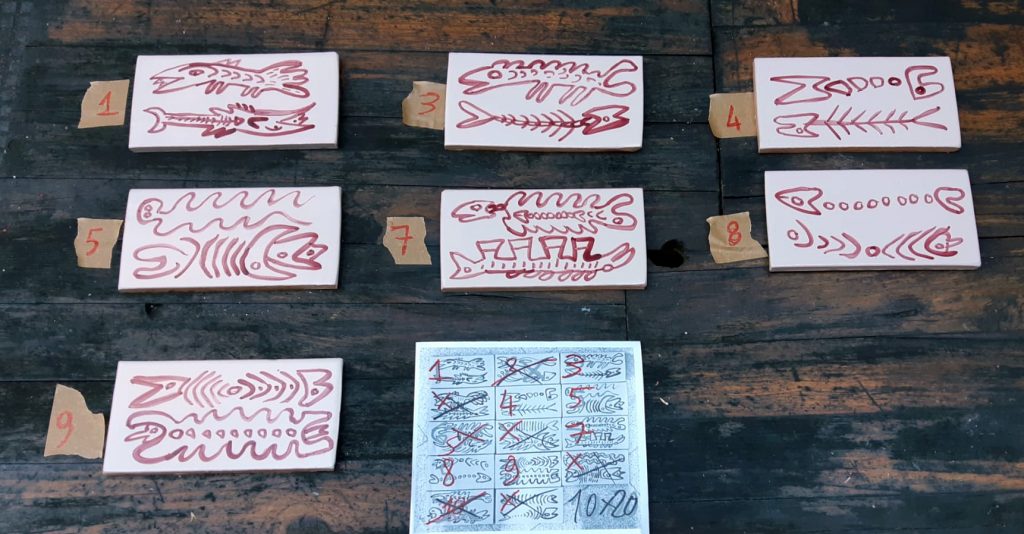 Remaing tiles, format 10×20 cm.
Remaing tiles, format 10×20 cm.
.
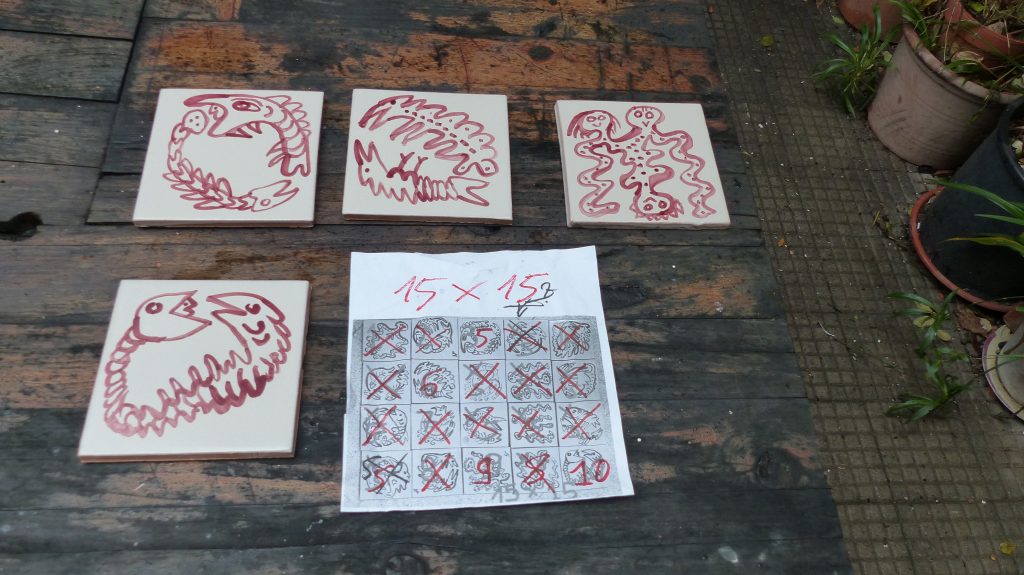 Remaing tiles, format 15×15 cm.
Remaing tiles, format 15×15 cm.
.
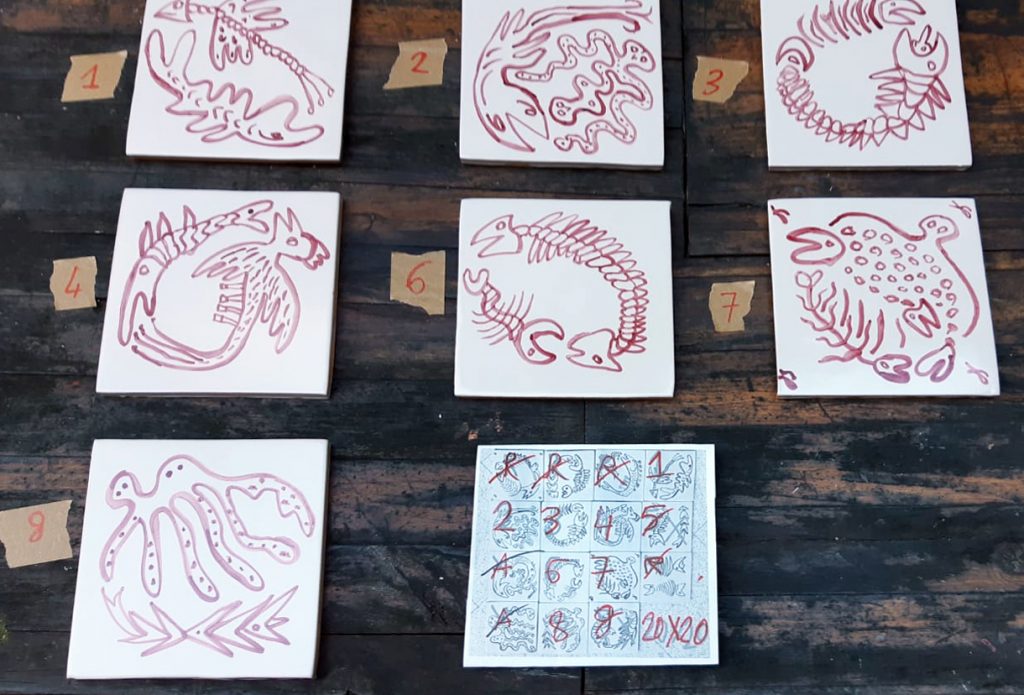 Remaing tiles, format 20×20 cm.
Remaing tiles, format 20×20 cm.
.
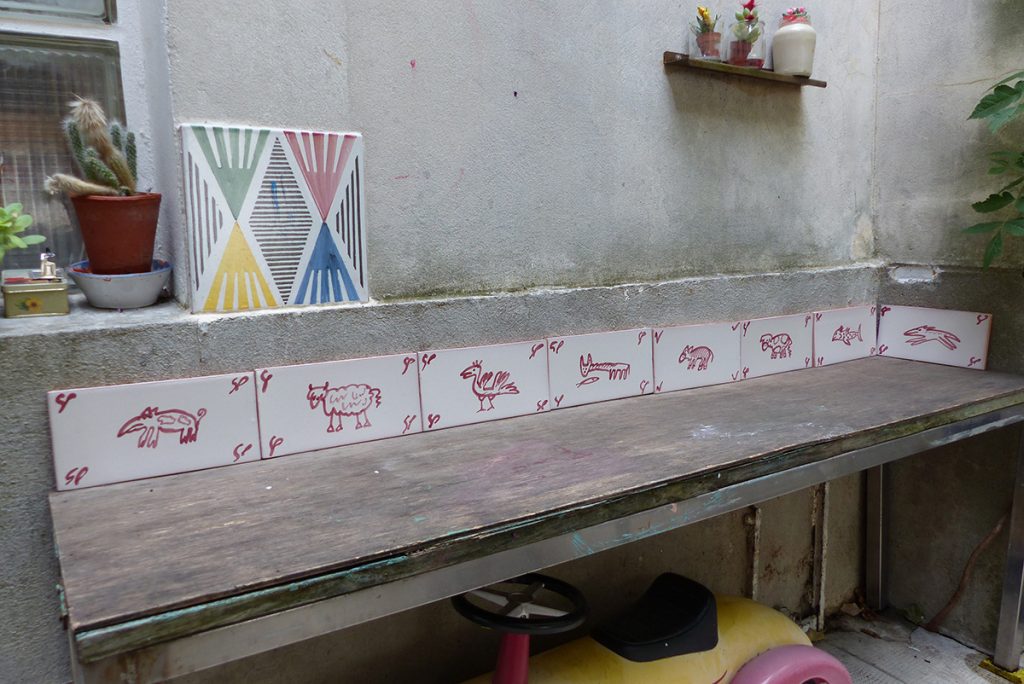
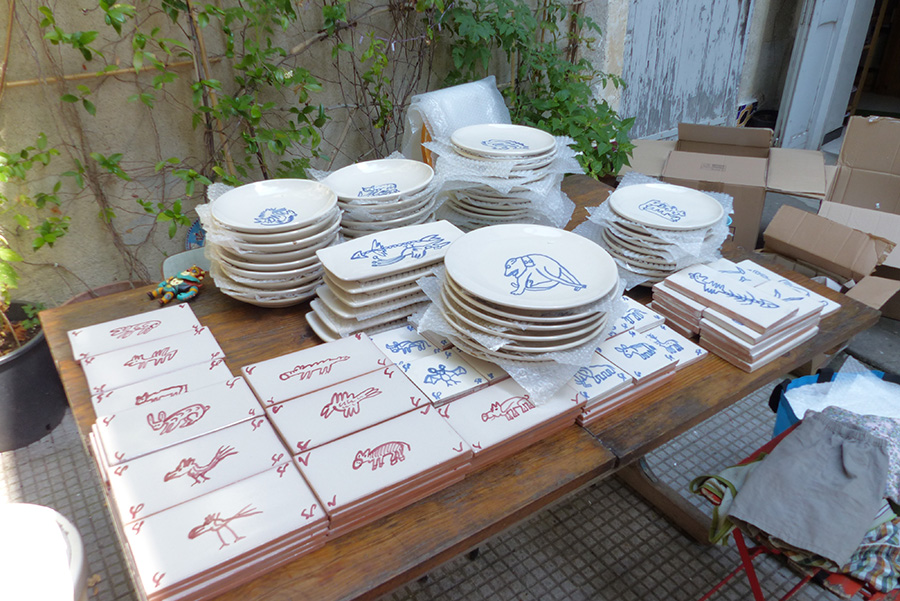
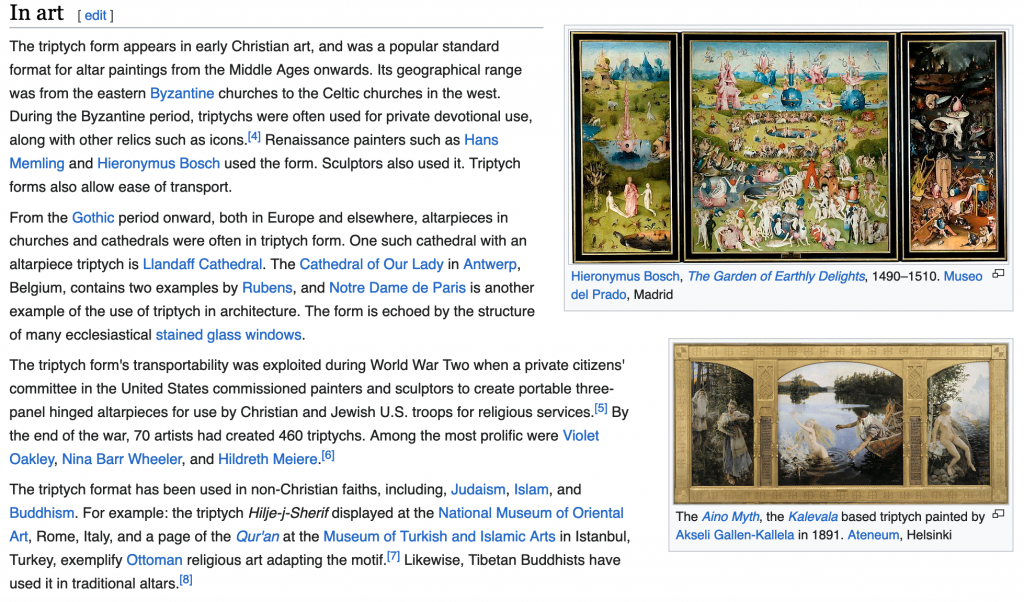
(From: https://en.wikipedia.org/wiki/Triptych)
.
At the dawn of my seventies, I am beginning a ”historiographical” work on the 1970s, the decade of my twenties. I think it will develop in triptychs and I hope to complete three or four of them.
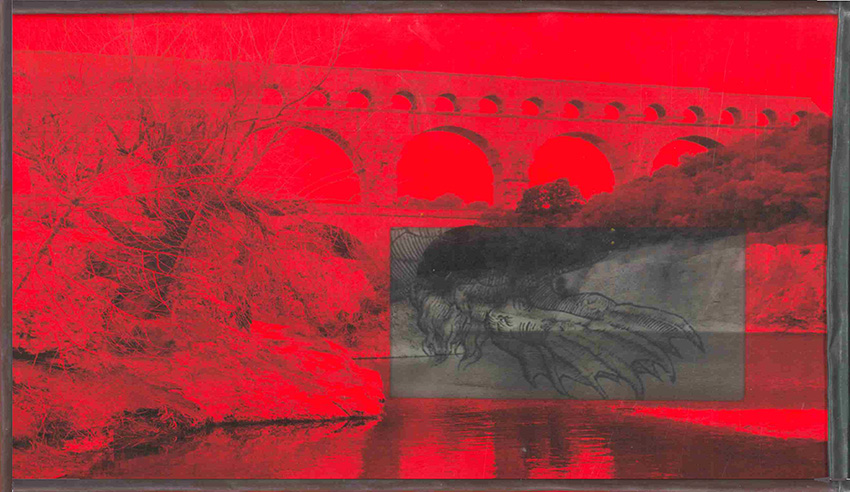 Les monstres du Gardon 01, 24×42, 2023.
Les monstres du Gardon 01, 24×42, 2023.
.
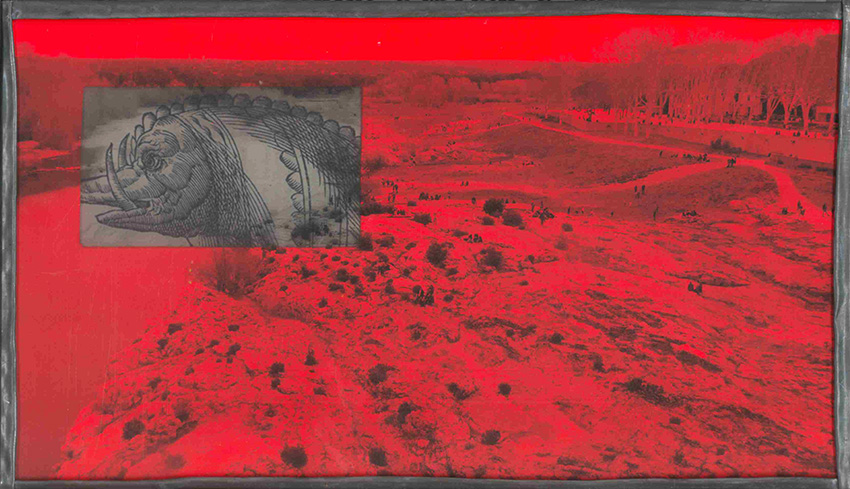 Les monstres du Gardon 02, 24×42, 2023.
Les monstres du Gardon 02, 24×42, 2023.
.
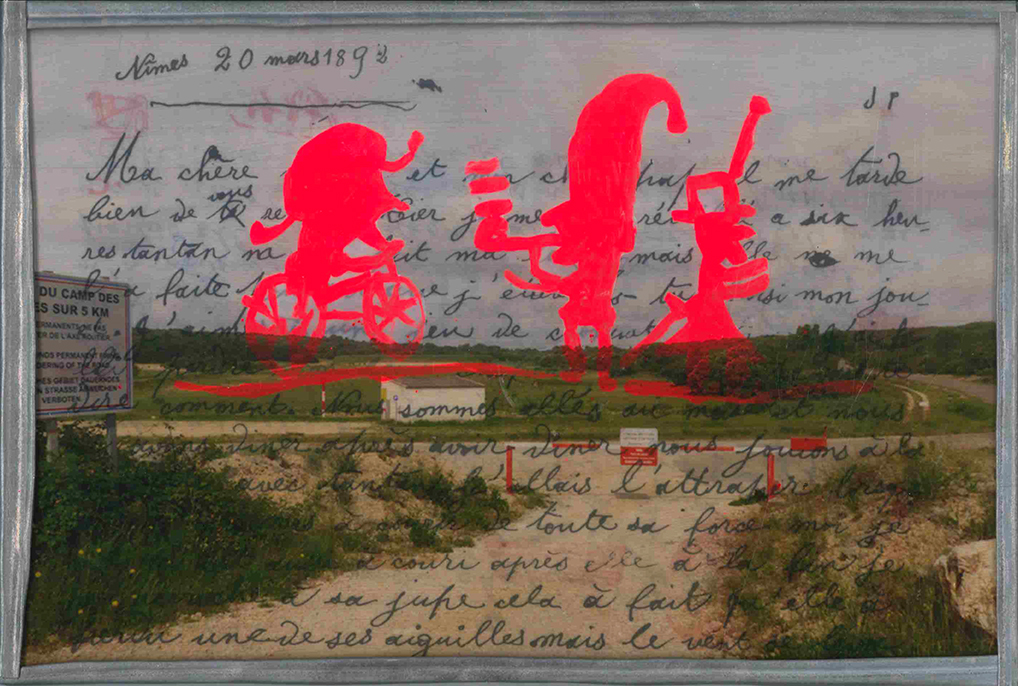 Paulhan 00, 24×36, 2023. La série de six : Paulhan.
Paulhan 00, 24×36, 2023. La série de six : Paulhan.
.
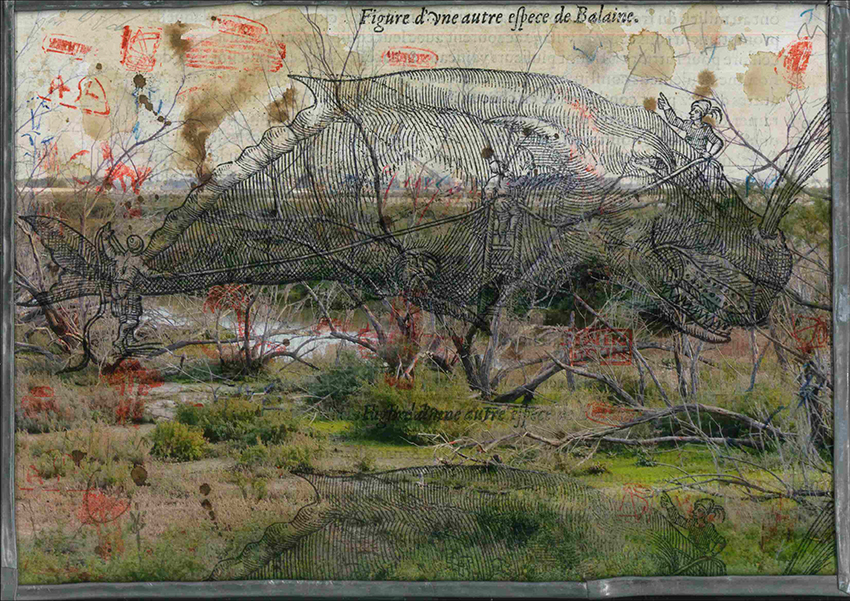 Nuovi mostri 01, 30×42, 2023.
Nuovi mostri 01, 30×42, 2023.
.
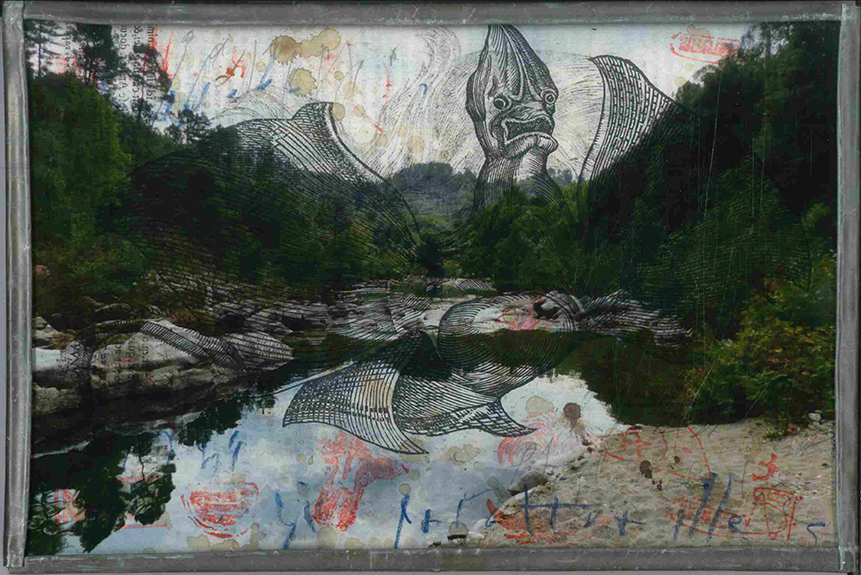 Le monstre du Gardon, 20×30, 2023.
Le monstre du Gardon, 20×30, 2023.
.
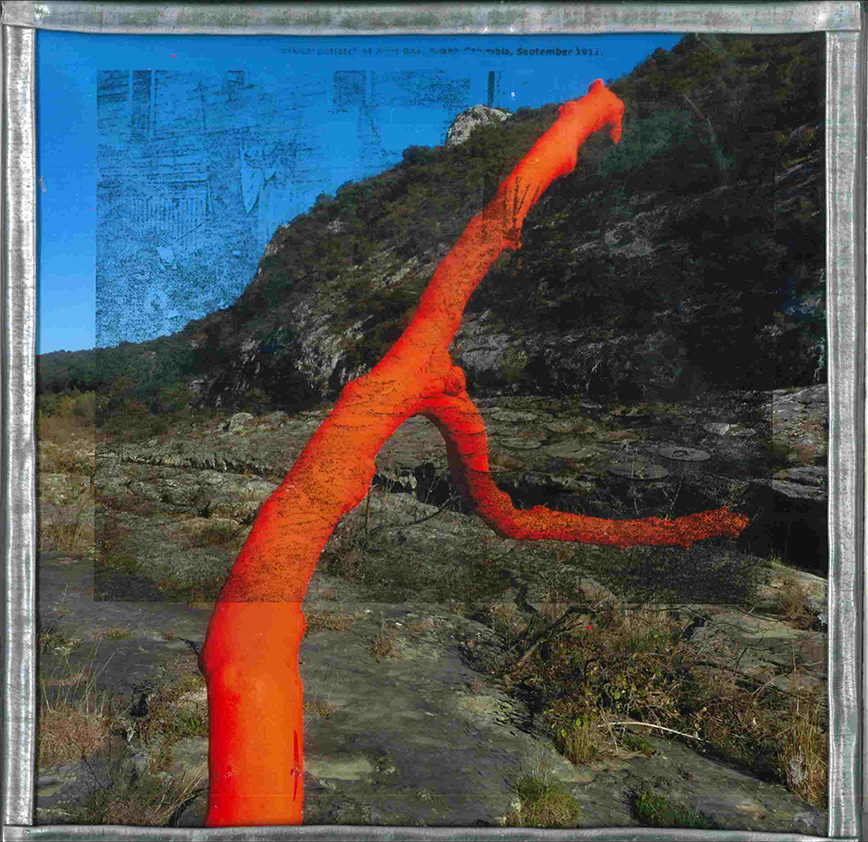 Garriga-Potlatch, 30×30, 2023.
Garriga-Potlatch, 30×30, 2023.
.
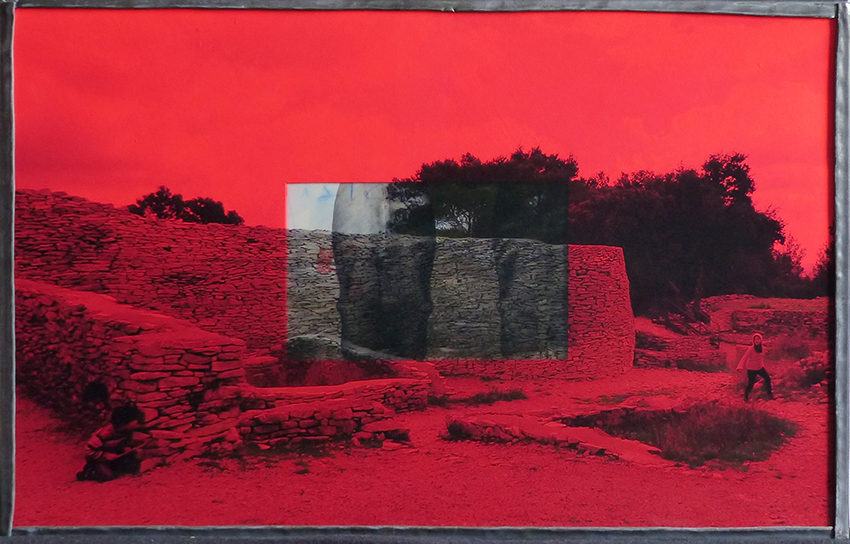 From the Road 02 bis (Nages), 31×50, 2023.
From the Road 02 bis (Nages), 31×50, 2023.
.
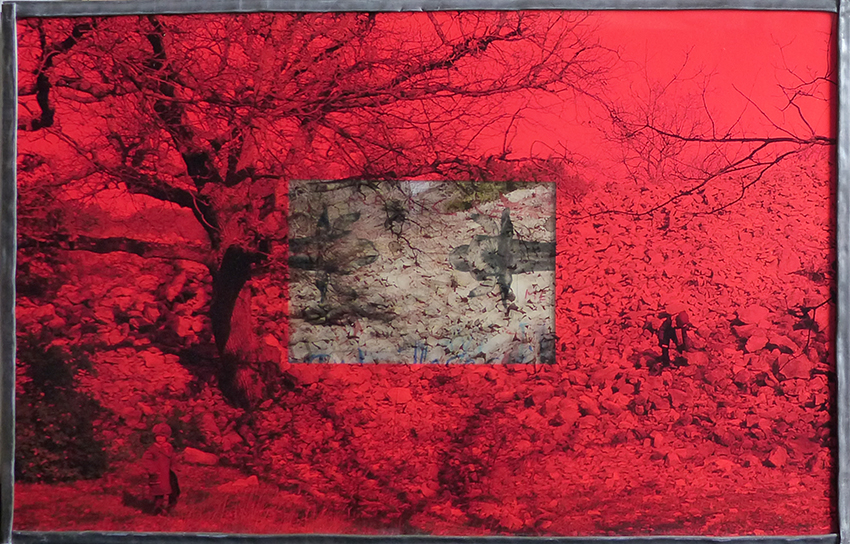 From the Road 01 bis (Camp de César), 31×50, 2023.
From the Road 01 bis (Camp de César), 31×50, 2023.
.
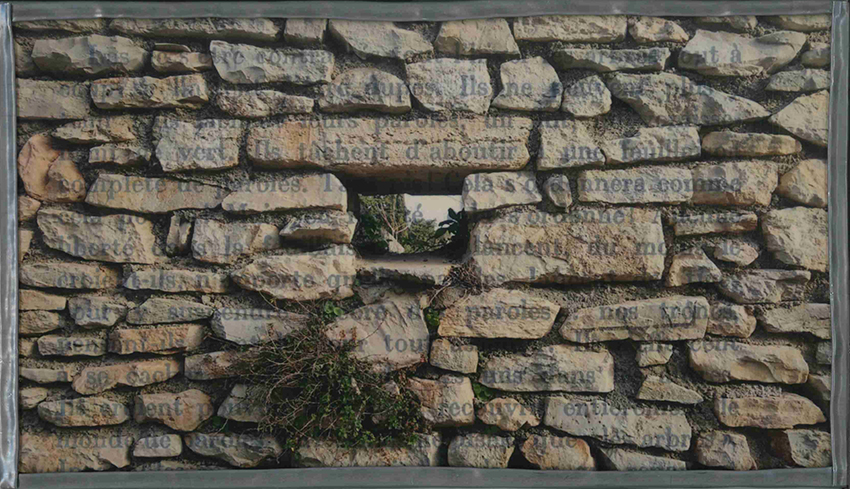 Ponge 06, 24×42, 2022. La série de six : Ponge.
Ponge 06, 24×42, 2022. La série de six : Ponge.
.
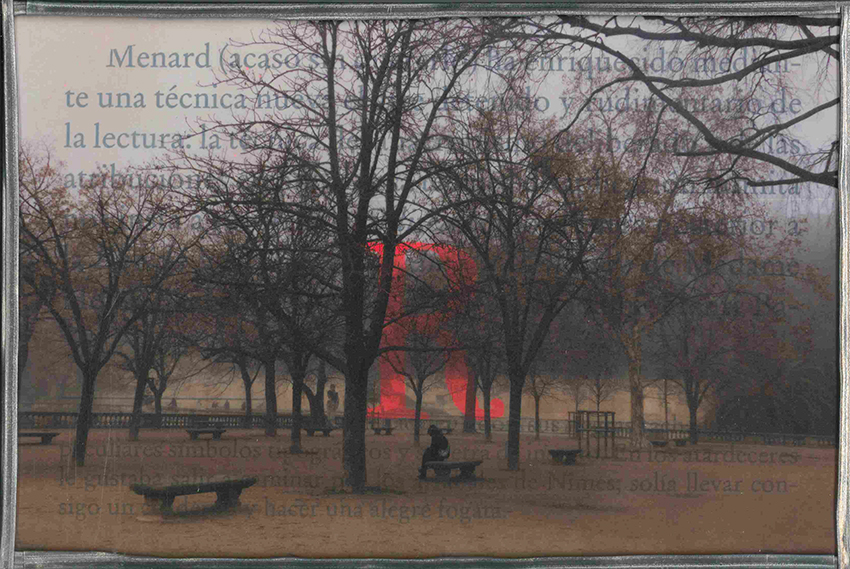 Menard 05, 28×42, 2022. La série de six : Menard.
Menard 05, 28×42, 2022. La série de six : Menard.
.
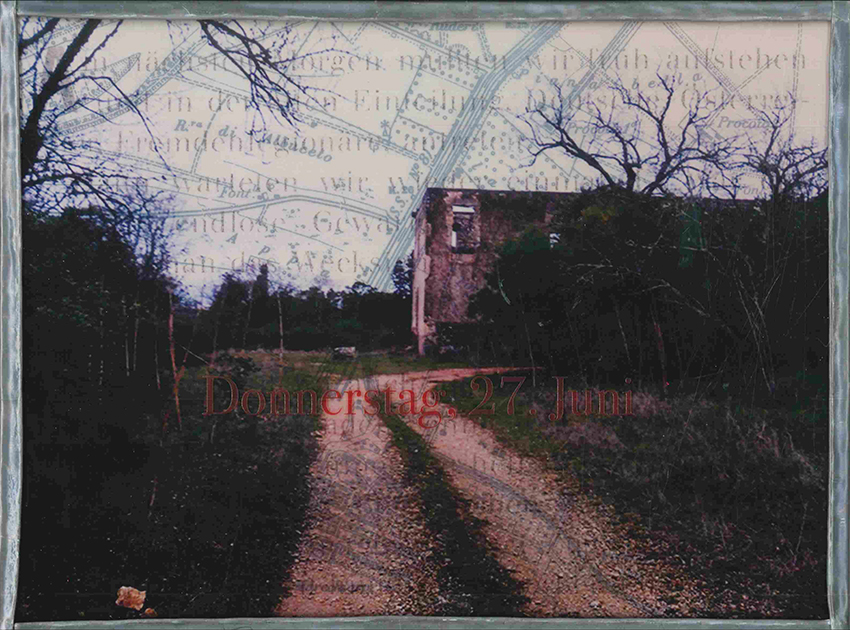 Feuchtwanger 01, 30×40, 2022. La série de sept : Feuchtwanger.
Feuchtwanger 01, 30×40, 2022. La série de sept : Feuchtwanger.
.
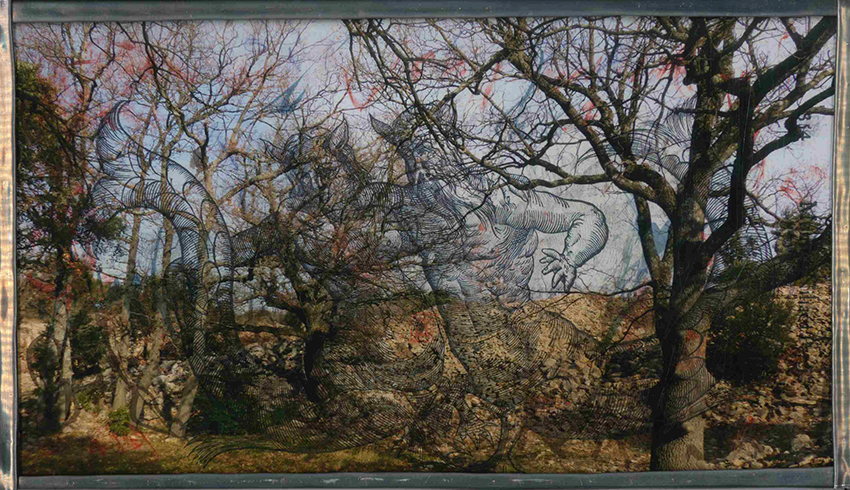 Histoire des monstres 11 (Laudun l’Ardoise), 24×42, 2021.
Histoire des monstres 11 (Laudun l’Ardoise), 24×42, 2021.
.
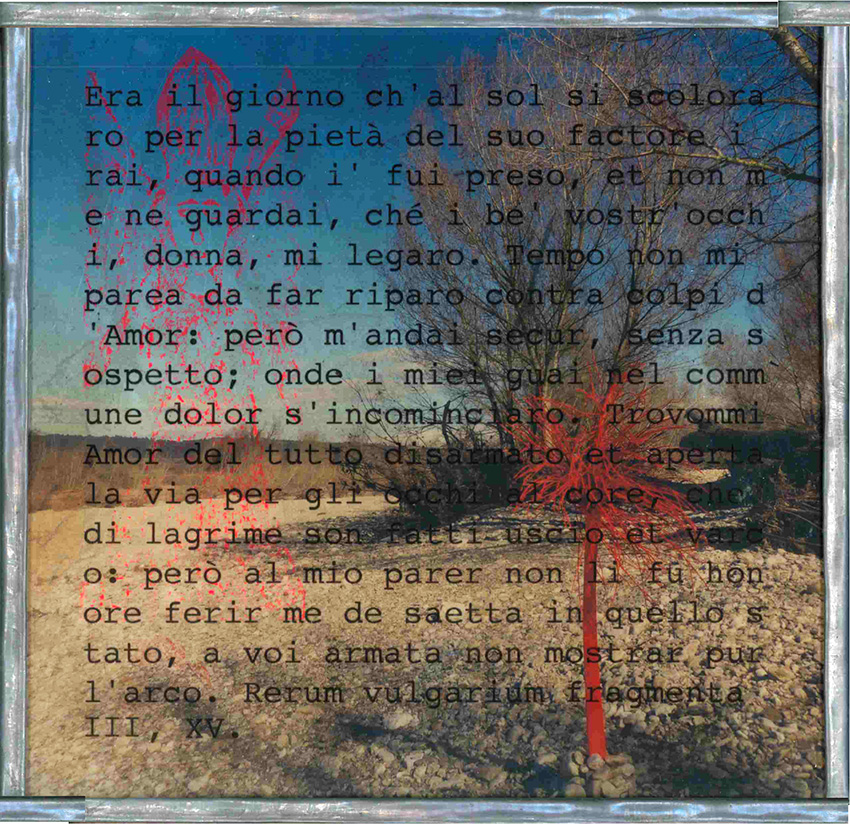 Garriga-Petrarca III, 32×32, 2021.
Garriga-Petrarca III, 32×32, 2021.
.
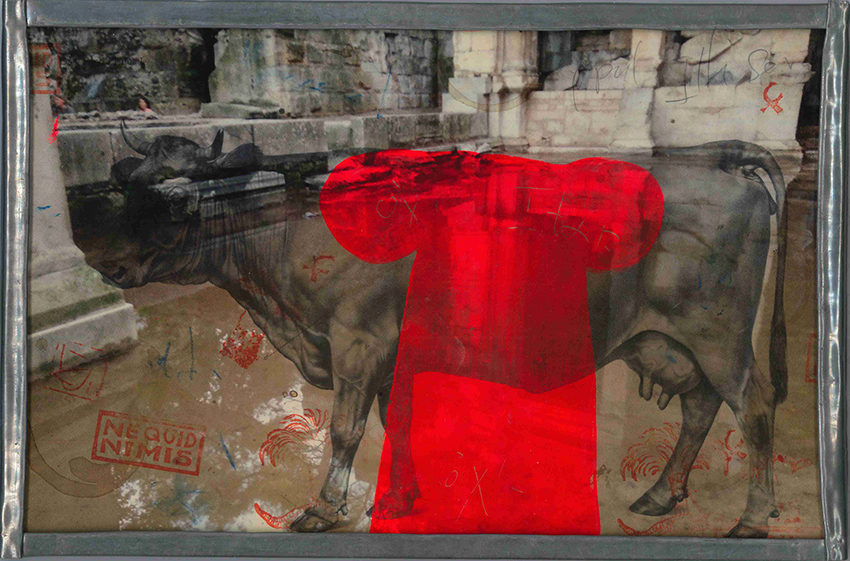 Au Temple de Diane 02, 20×30, 2020.
Au Temple de Diane 02, 20×30, 2020.
.
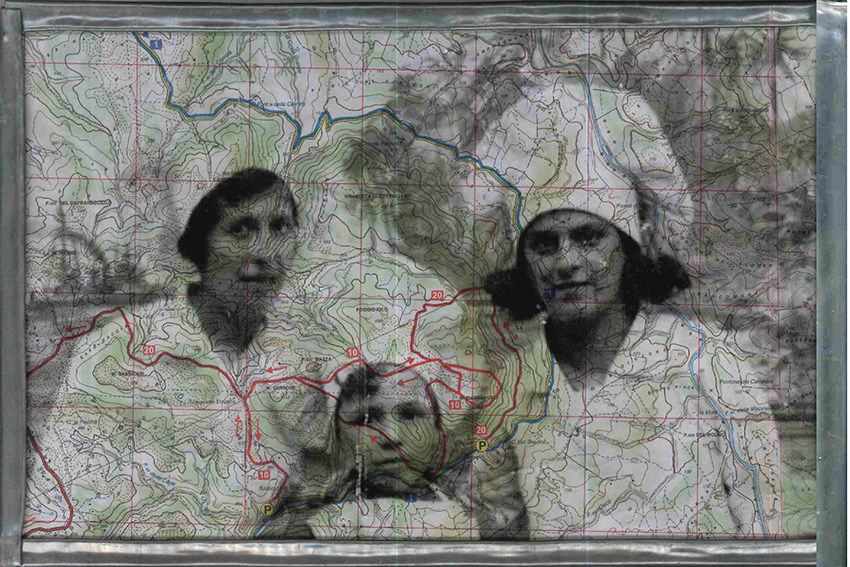 Ordinary Humans 10, 20×30, 2019.
Ordinary Humans 10, 20×30, 2019.
.
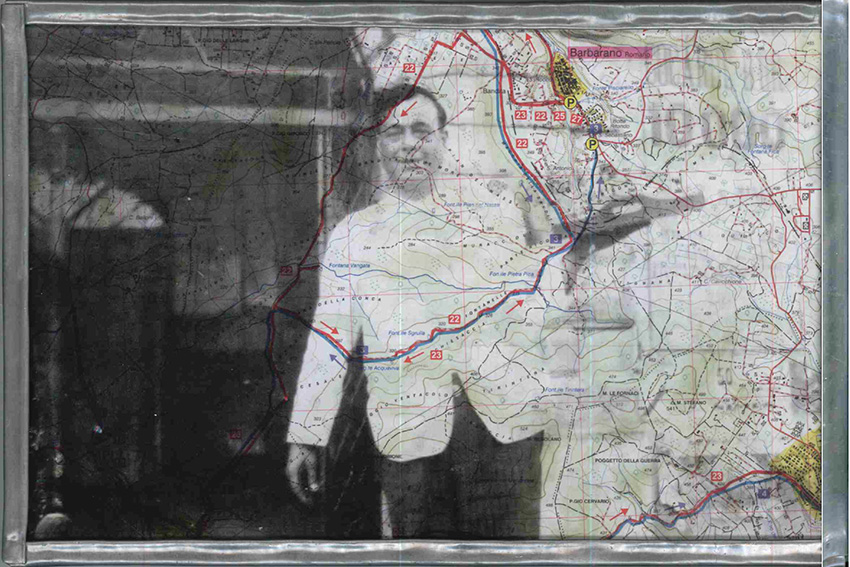 Ordinary Humans 01, 20×30, 2019.
Ordinary Humans 01, 20×30, 2019.
.
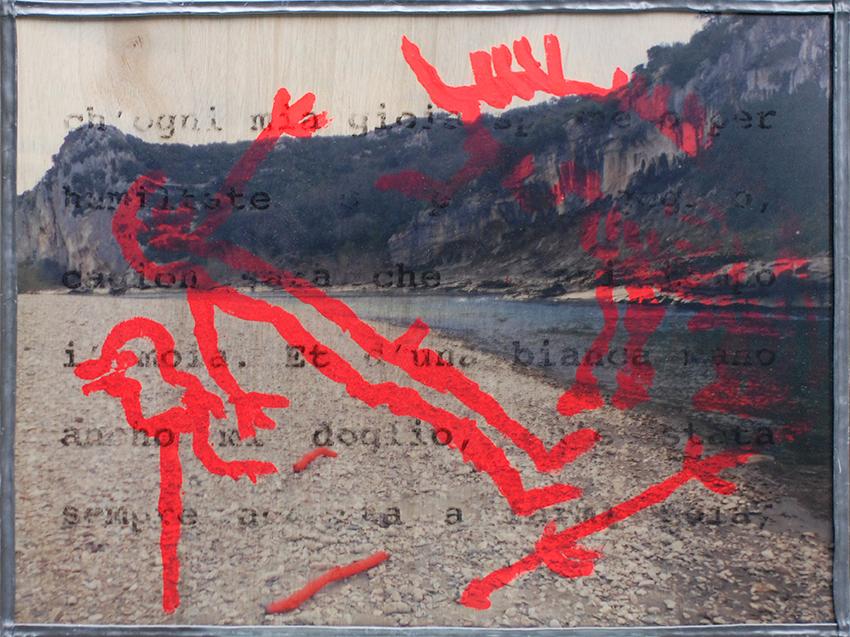 Nella garriga 08, 45×60, 2017.
Nella garriga 08, 45×60, 2017.
.
Les sites représentés, en ordre chronologique : Font Verte (Gorges du Gardon), Nîmes, La Calmette, les alentours du Pont Saint Nicolas, Laudun l’Ardoise, le Mas Saint Nicolas, l’Oppidum de Nages, le Gardon de Mialet, les Salins d’Aigues Mortes, le Pont du Gard.
La sede di un’università per stranieri pare il luogo indicato per un’installazione artistica che ha per soggetto l’opera dantesca, che è come il “logo” della lingua italiana.
Come alludere meglio alla sua perennità, e allo stesso tempo alla precarietà dei tempi storici e della trasmissione letteraria, se non trasferendo il testo su maioliche, su materiale da costruzione?
Trascrivere manualmente un canto a scelta per ogni cantico; l’incertezza e l’imprevedibilità della scrittura a pennello su un supporto permanente quale la piastrella è l’aspetto contradditorio, quindi interessante, di una tale installazione.
L’idea della trascrizione di testi letterari mi viene da un lato come un tentativo di parodia della cultura popolare (i proverbi sulle mattonelle appese nelle sale da pranzo) e dall’altro dalla lettura di un breve testo di Walter Benjamin. Lo scrittore tedesco confronta lettura e trascrizione; la prima è come sorvolare in aereo una strada: se ne ha una vista d’insieme ma non se ne ha l’esperienza; per conoscere davvero un tragitto occorre percorrerlo a piedi, così come fa l’amanuense che ricopia un manoscritto antico.
La mia è una grafia pessima. Il tentativo di addomesticarla va insieme a quest’idea del necessario conservare e tramandare. E il supporto ceramico è forse più duraturo della carta e finanche dei vari mezzi informatici di stoccaggio.
Tre canti della Commedia, uno per cantica, sono trascritti piastrella per piastrella, una terzina per pezzo. In tal modo il filologo del futuro potrà ricostruire almeno qualche rima completa del testo dantesco. E l’archeologo del futuro dovrà capire perché testi letterari fossero parte delle mura di un grosso edificio rivestito anch’esso di mattoncini in cortina.
Il formato “zoccolo” (10×20 centimetri) permette di riprodurre una terzina intera; ho vegliato, una volta scelta una delle varie edizioni possibili, a evitare ogni refuso, nel processo abbastanza laborioso del lavoro in officina. La mia sola licenza artistica: ho scritto in continuità lineare, come nel flusso di un telex, senza rispettare il verso né l’a capo.
Un canto a scelta per ogni cantica: rosso per l’Inferno, naturalmente; verde ramino per il Purgatorio; azzurro per il Paradiso, evidentemente. Un piano di scale per ogni canto: possono essere percorse in senso ascendente o discendente. Ma la gerarchia dantesca non è rispettata: il Purgatorio si troverà al piano superiore e il Paradiso in quello intermedio. La realtà che viviamo merita di farsi trovare ai piani alti.
Salvatore Puglia, novembre 2017
PS: nel maggio 2018 sono state aggiunte un centinaio di maioliche, nelle varie lingue insegnate all’università, come contrappunto al testo dantesco.
.
L’installazione è stata poi ripresa, nel 2022 e 2023, con la produzione di diverse maioliche intitolate a personalità letterarie, sistemate a prossimità delle aule a loro dedicate. Vedi anche:
Articolo sull’inaugurazione dell’aula magna, settembre 2022.
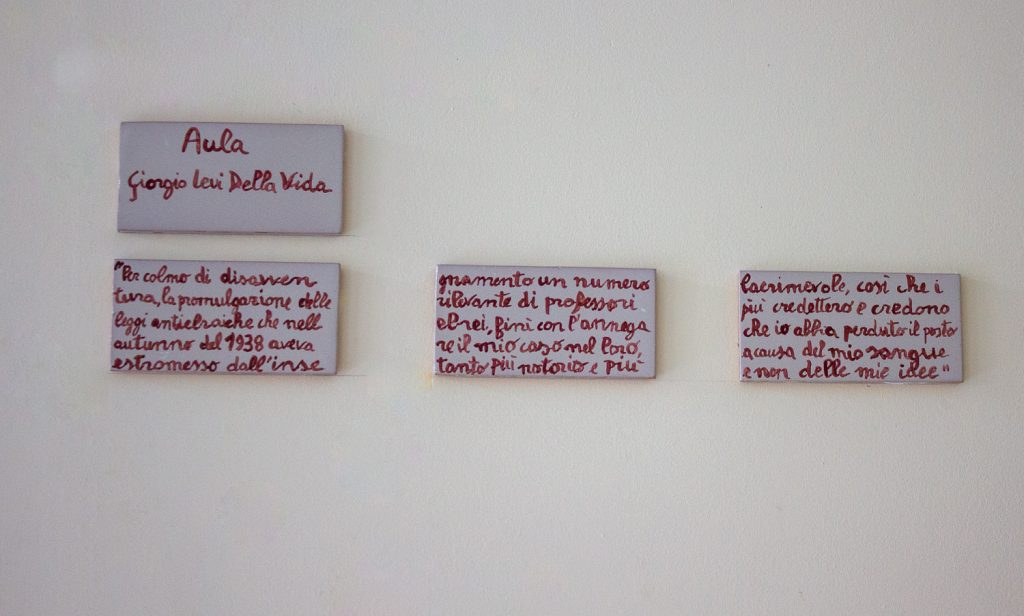
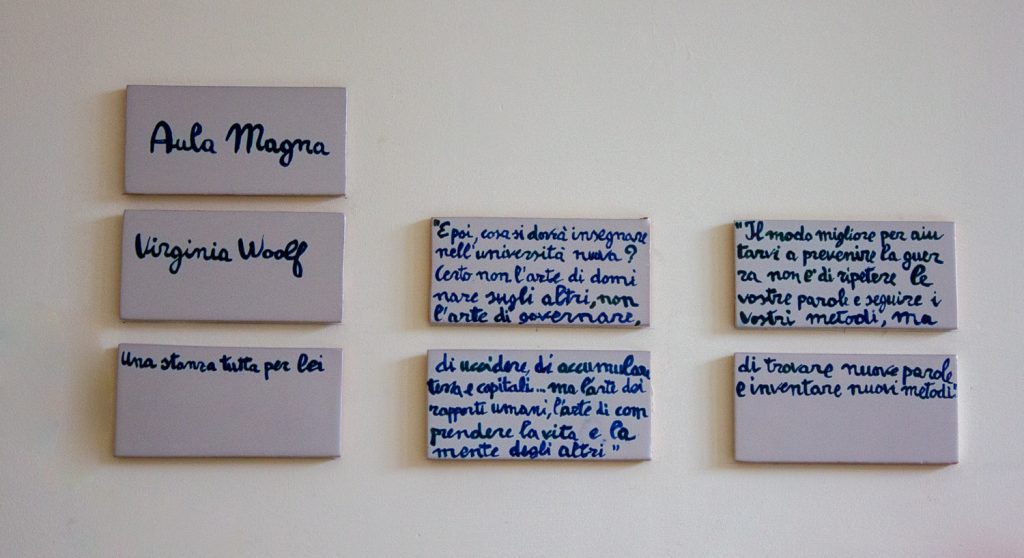
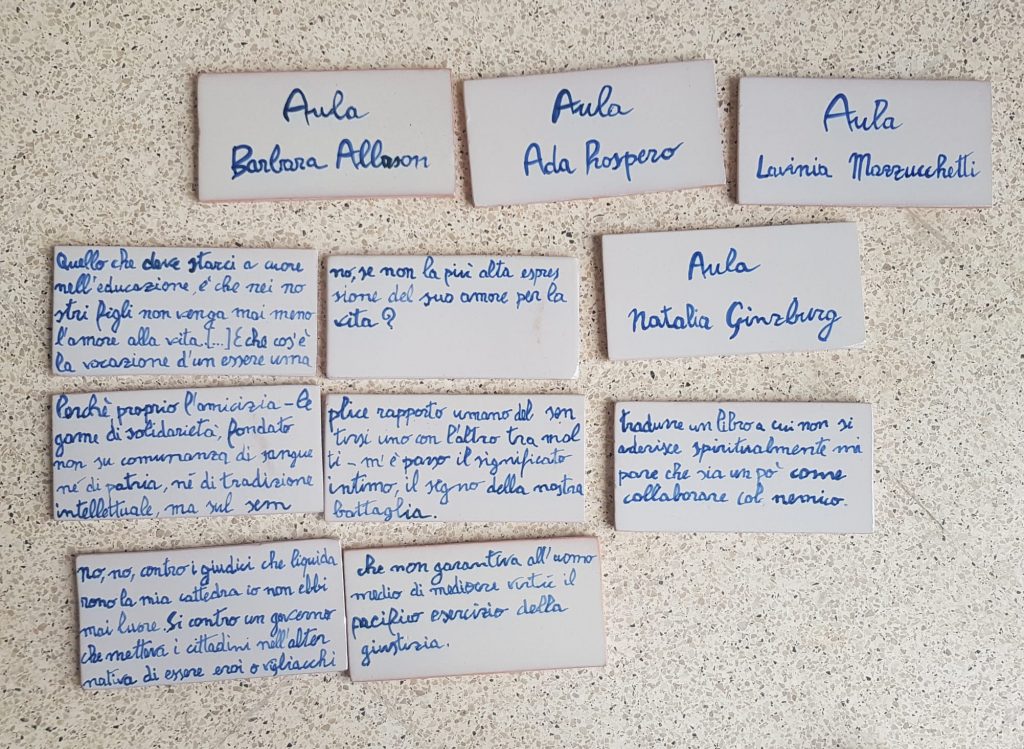
See also the short video (2017):
Dante all’università per stranieri
.
Works presented at the show Affreschi rinvenuti, Archivio di Stato di Napoli, April-May 2023.
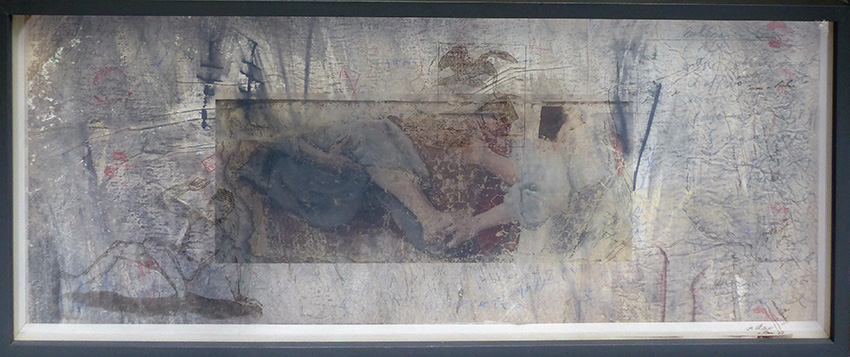 Corenzio-Gulliver 01, 44×102, 2021.
Corenzio-Gulliver 01, 44×102, 2021.
.
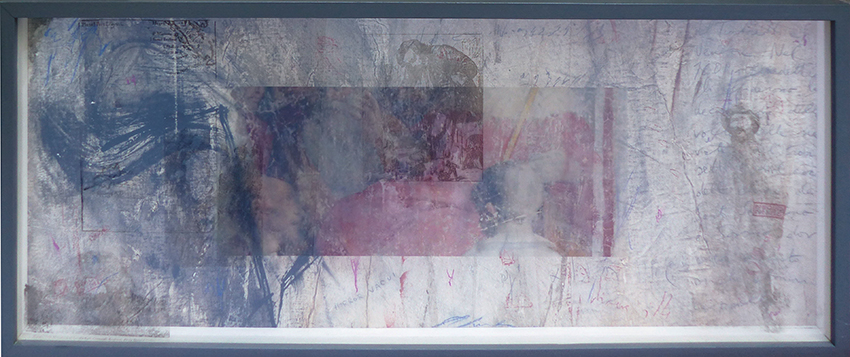 Corenzio-Gulliver 02, 44×102, 2021 (private collection).
Corenzio-Gulliver 02, 44×102, 2021 (private collection).
.
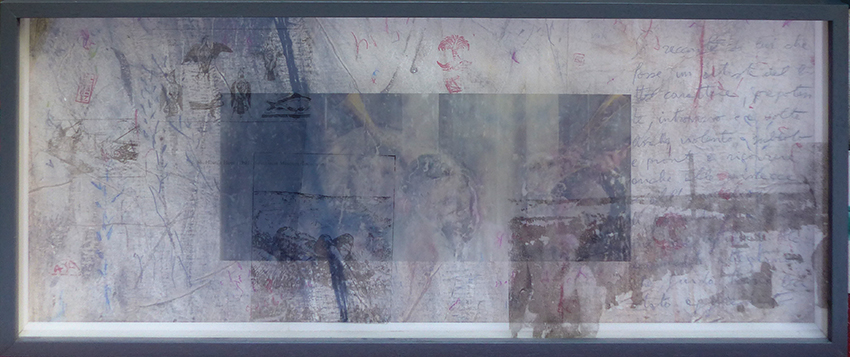 Corenzio-Gulliver 03, 44×102, 2021.
Corenzio-Gulliver 03, 44×102, 2021.
.
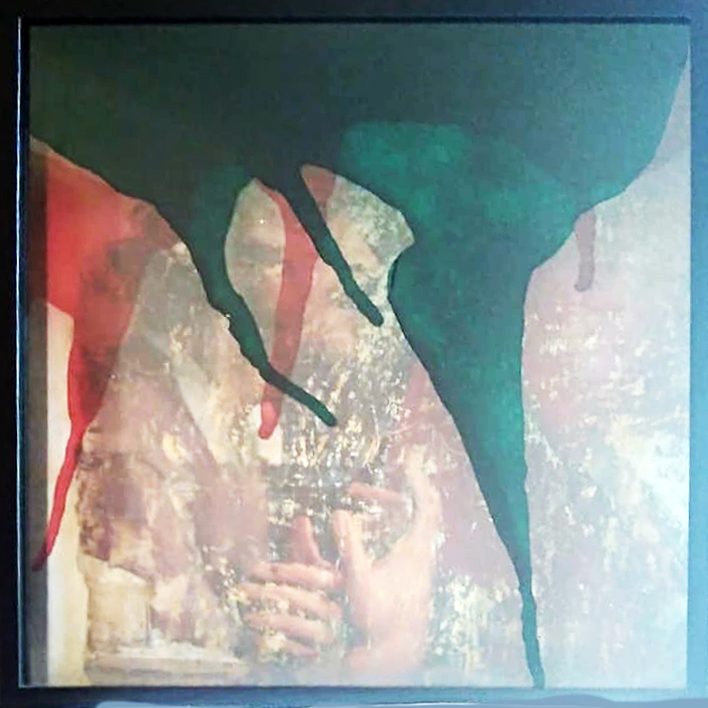 Corenzio-Hölderlin 01, 52×52, 2021.
Corenzio-Hölderlin 01, 52×52, 2021.
.
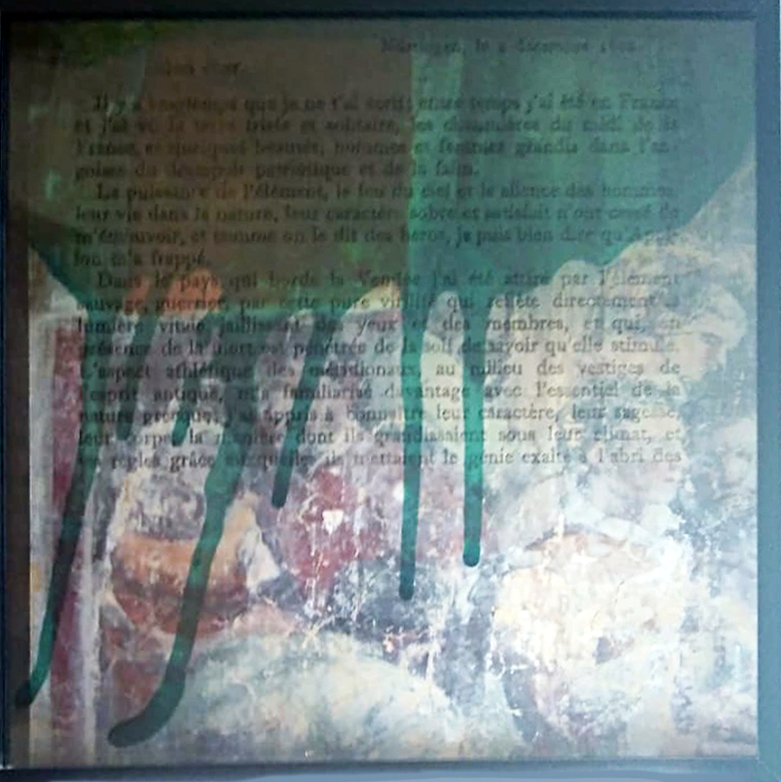 Corenzio-Hölderlin 02, 52×52, 2021.
Corenzio-Hölderlin 02, 52×52, 2021.
.
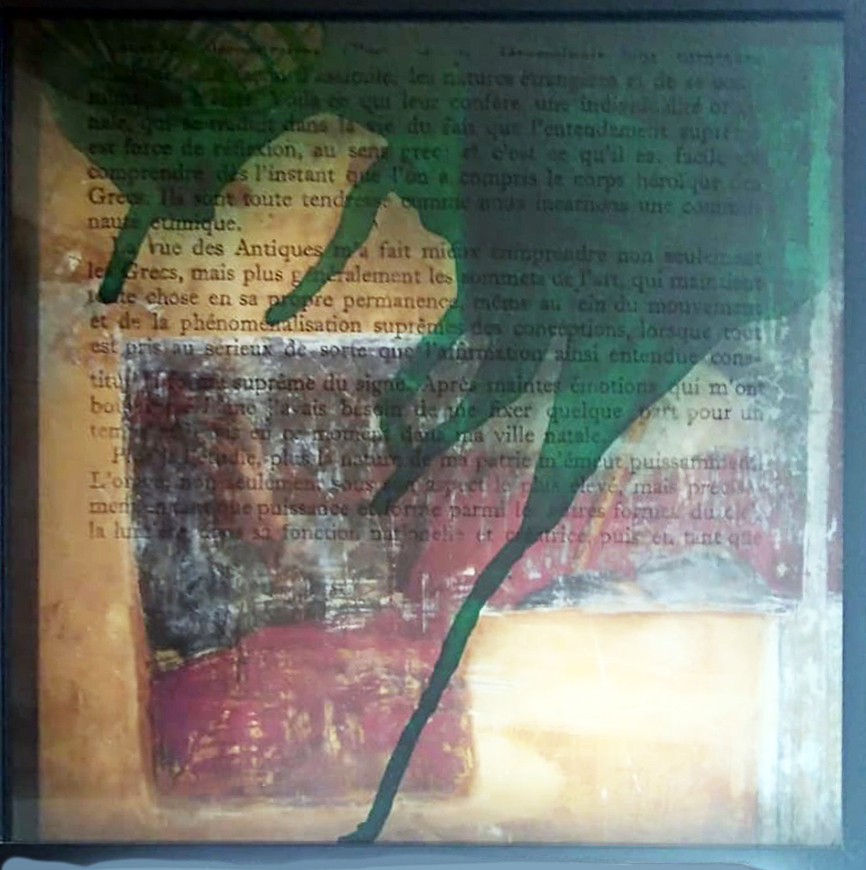 Corenzio-Hölderlin 03, 52×52, 2021.
Corenzio-Hölderlin 03, 52×52, 2021.
.
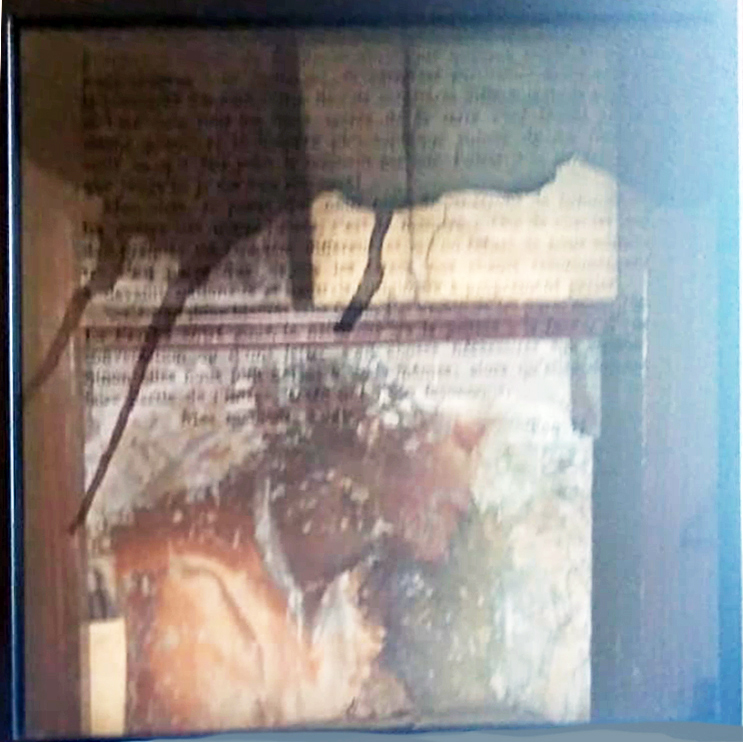 Corenzio-Hölderlin 04, 52×52, 2021.
Corenzio-Hölderlin 04, 52×52, 2021.
.
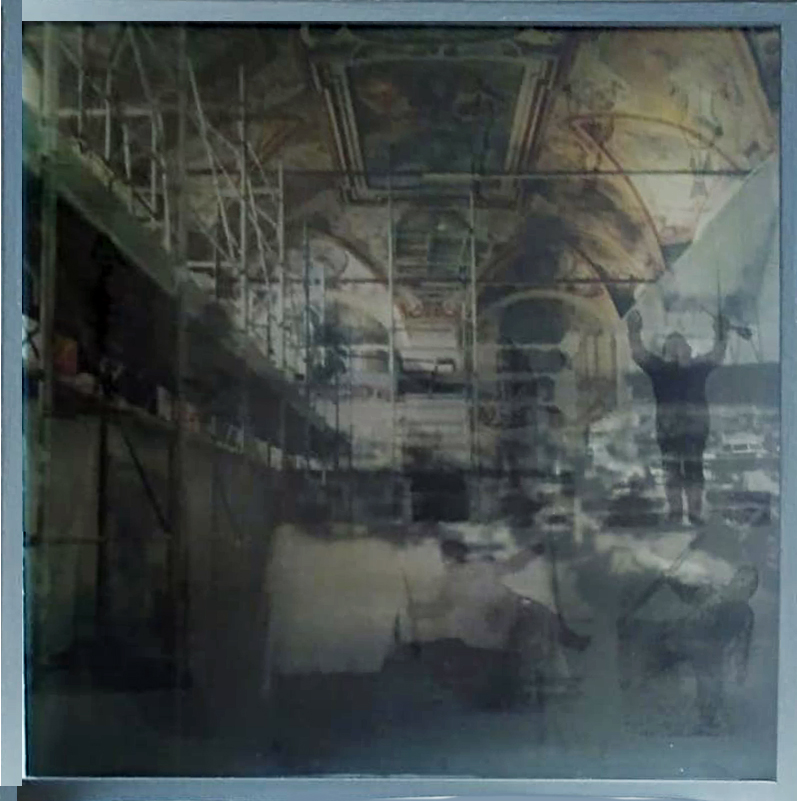 Corenzio-Robinson 01 a, 52×52, 2021.
Corenzio-Robinson 01 a, 52×52, 2021.
.
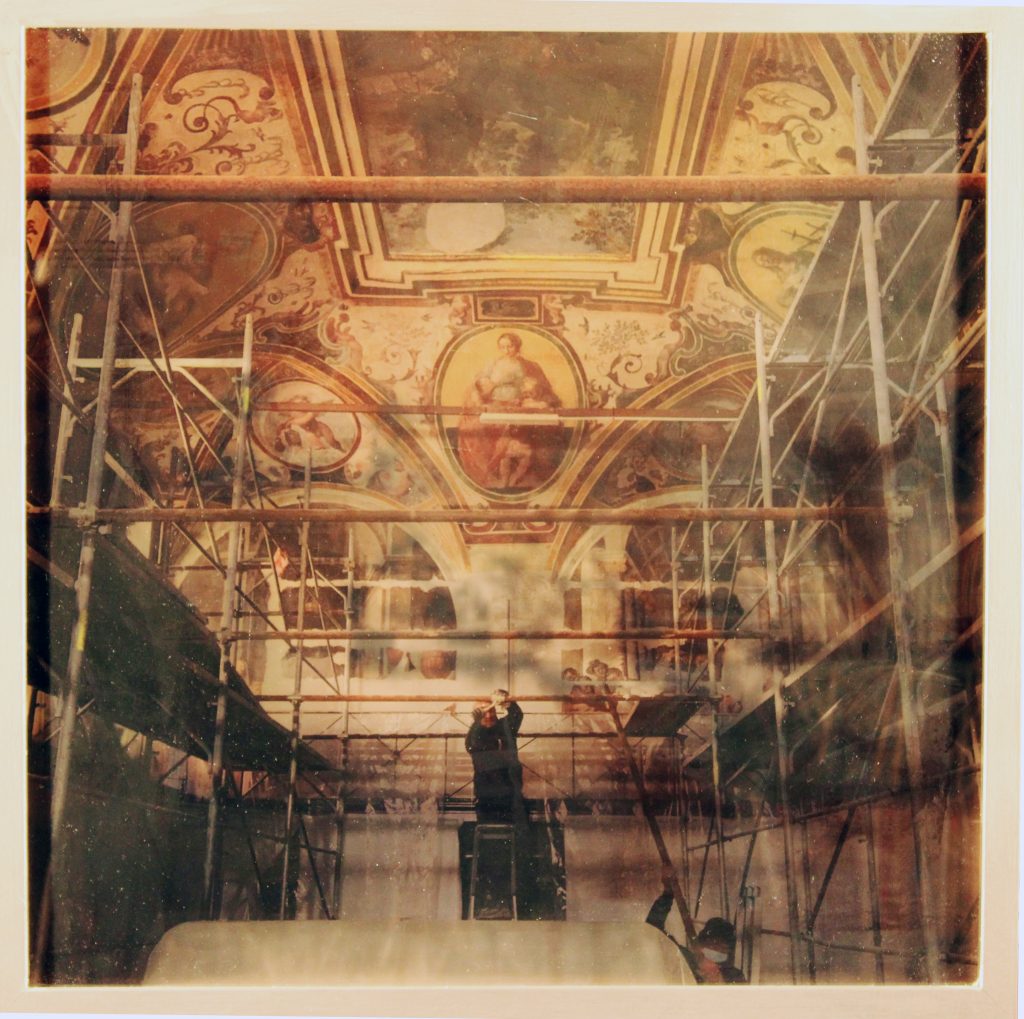 Corenzio-Robinson 01 b, 52×52, 2022.
Corenzio-Robinson 01 b, 52×52, 2022.
.
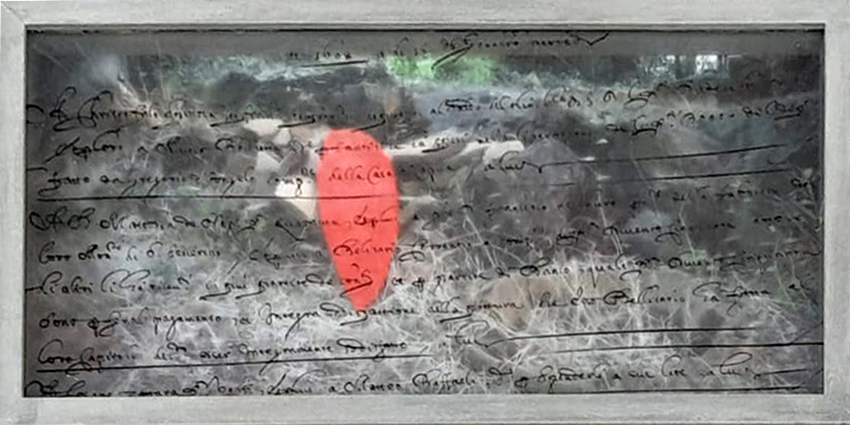 Land paintings 01 bis, 22×42, 2022 (private collection).
Land paintings 01 bis, 22×42, 2022 (private collection).
.
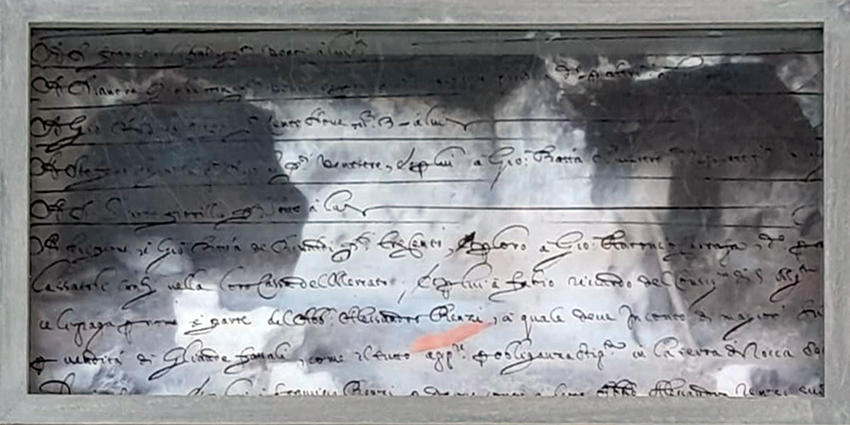 Land paintings 03 bis, 22×42, 2022 (private collection).
Land paintings 03 bis, 22×42, 2022 (private collection).
.
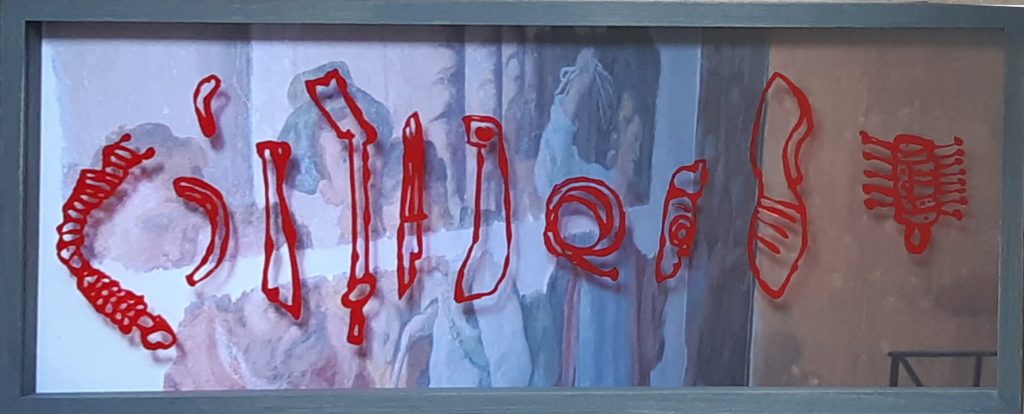
Corenzio-Drum songs 03, 25×62, 2023.
Seven inks illustrating André Bernold’s Cahier de conversation, edited by Philippe Poirier in Strasbourg in 1988.
A limited edition of 150.
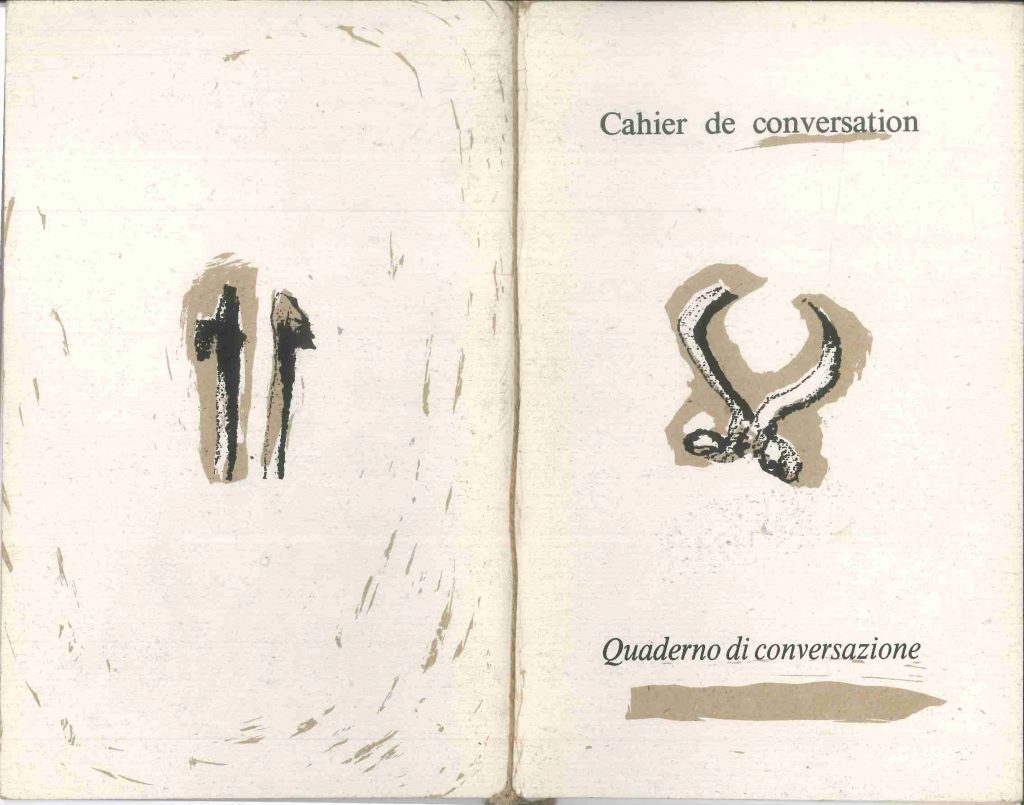
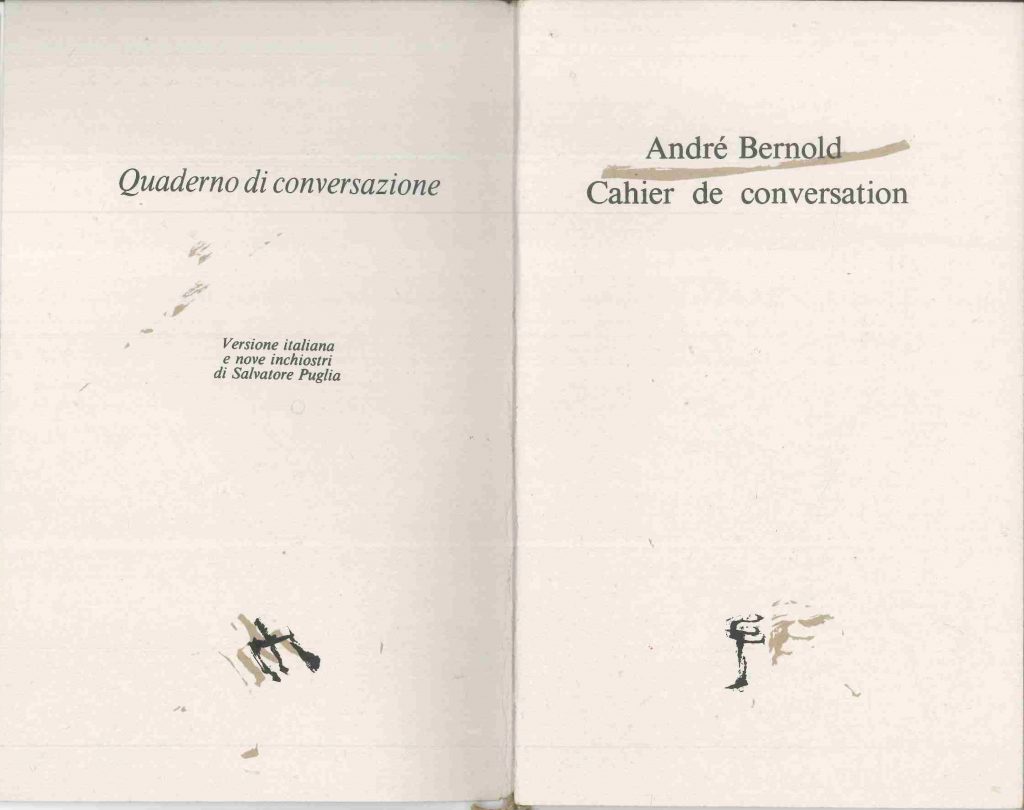
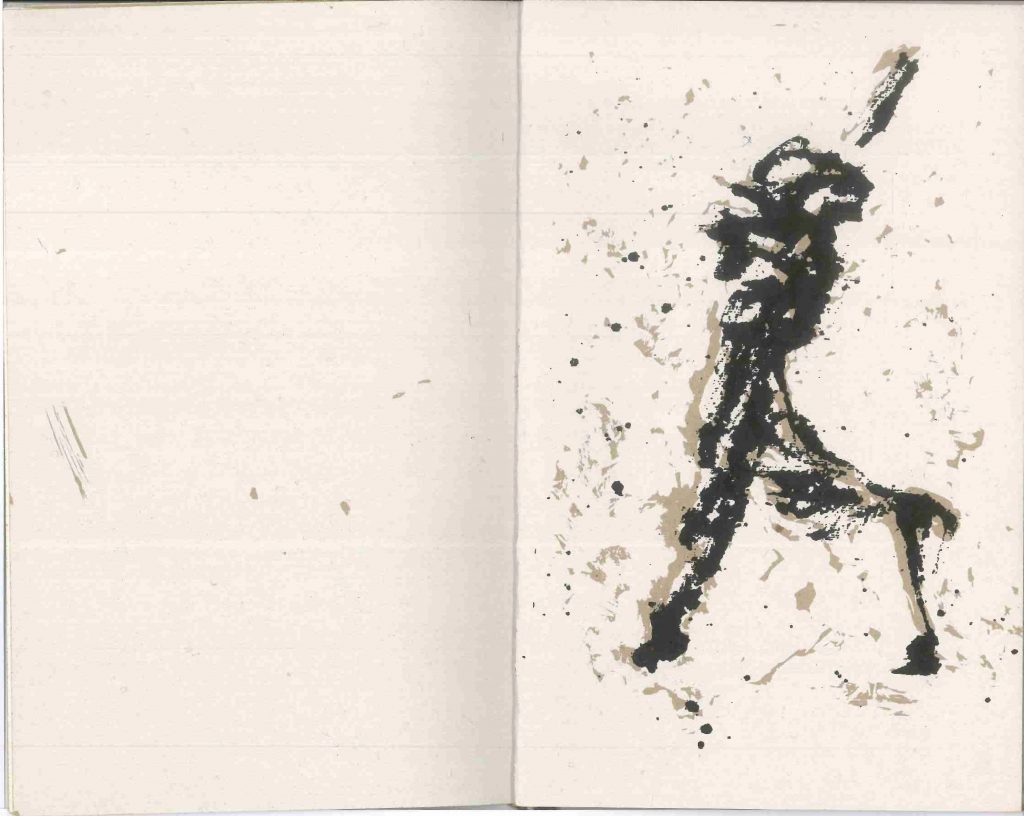
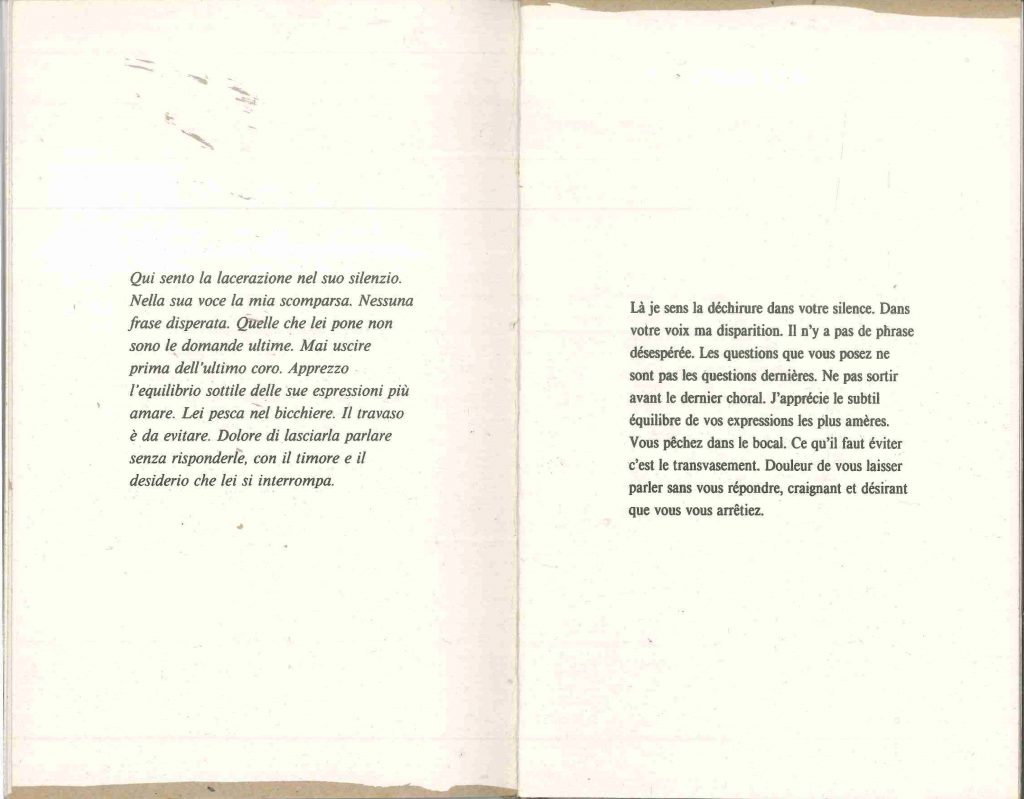
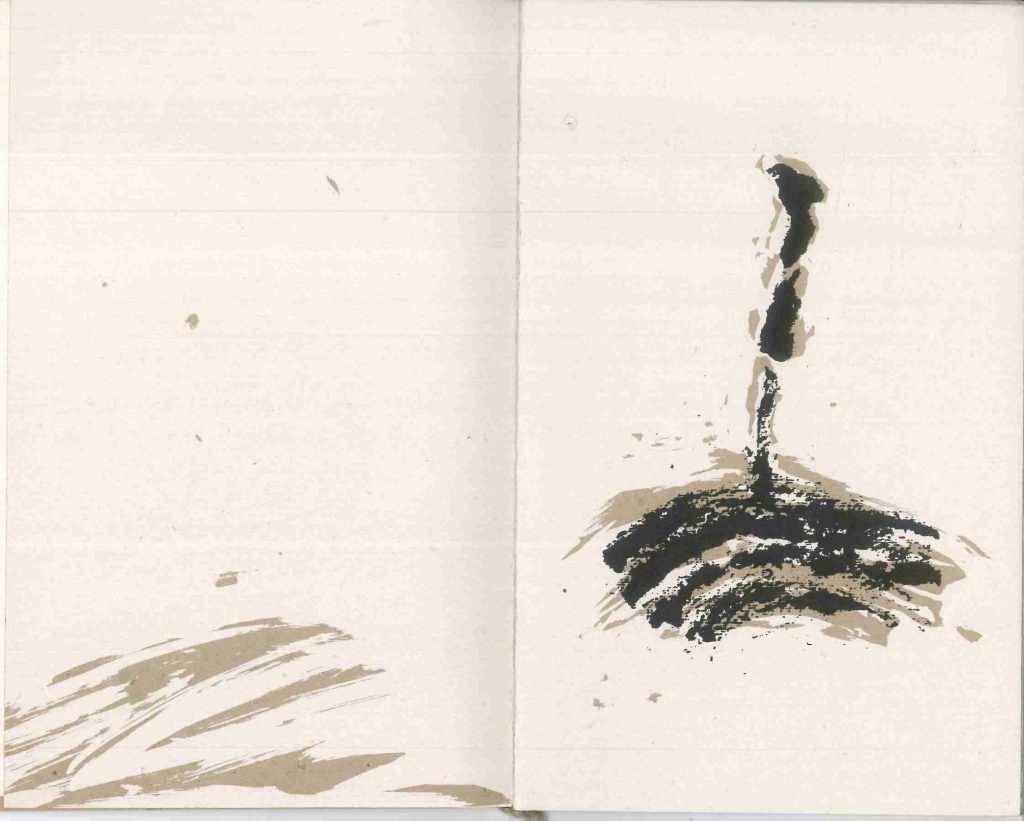
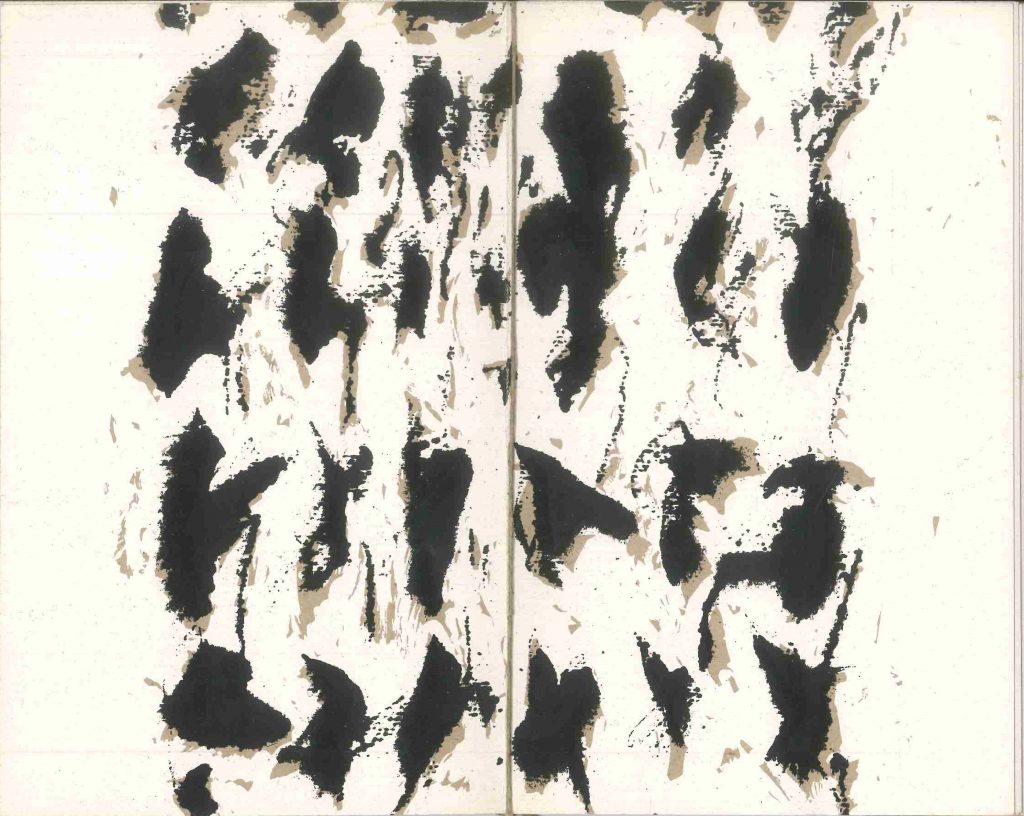
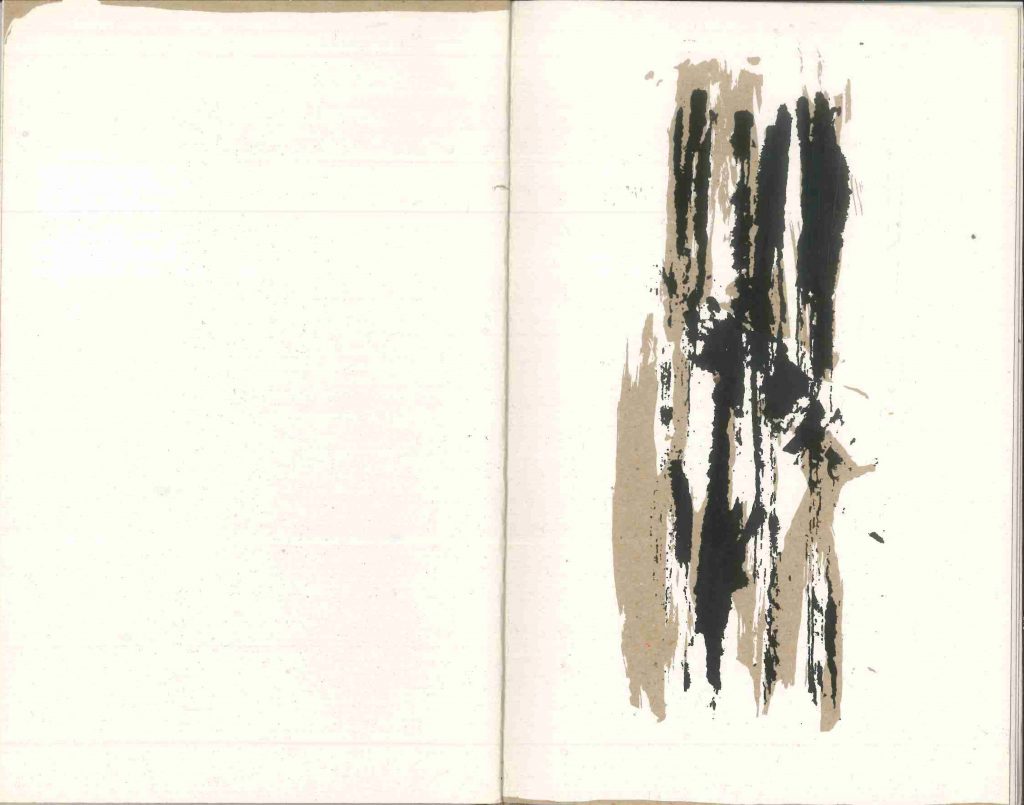
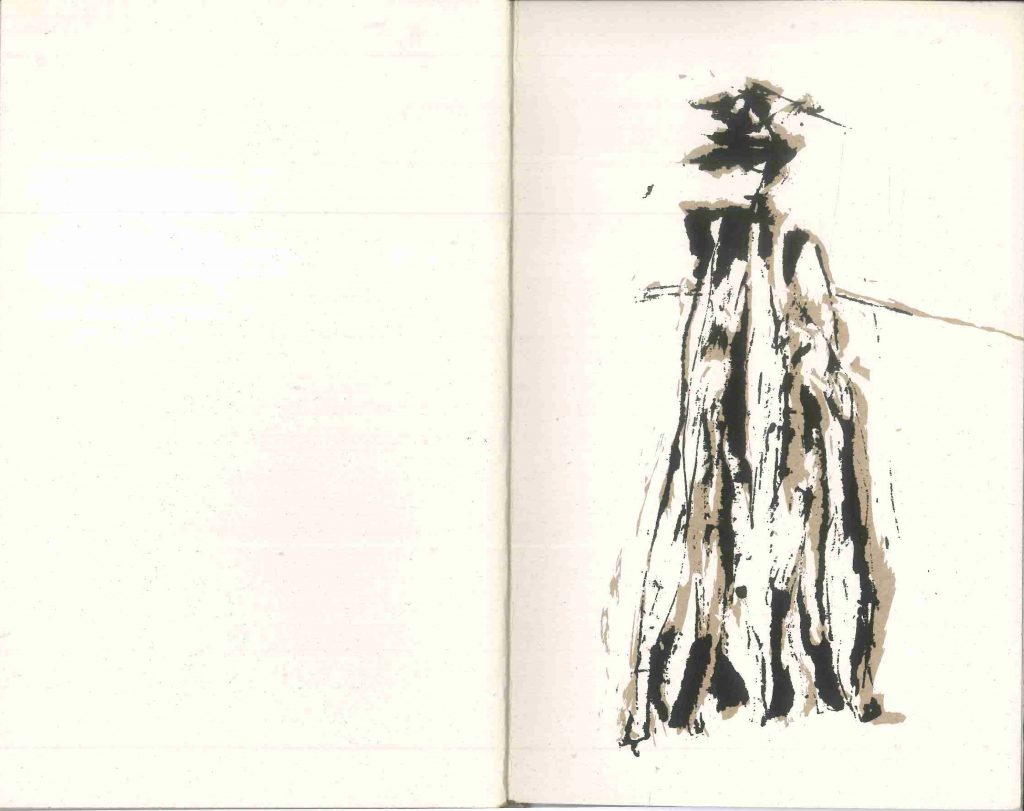
Una mostra e la presentazione di una raccolta di poesie al Centro Ellisse, Napoli, novembre 1987.
Otto poesie inedite di Salvatore Di Natale, Marco Rossi-Doria, Pasquale Sica e un testo di Fabrizia Ramondino.
Cinque inchiostri di Salvatore Puglia su carta paglia. Grafica: Philippe Poirier.
Edizione limitata a 349 esemplari.
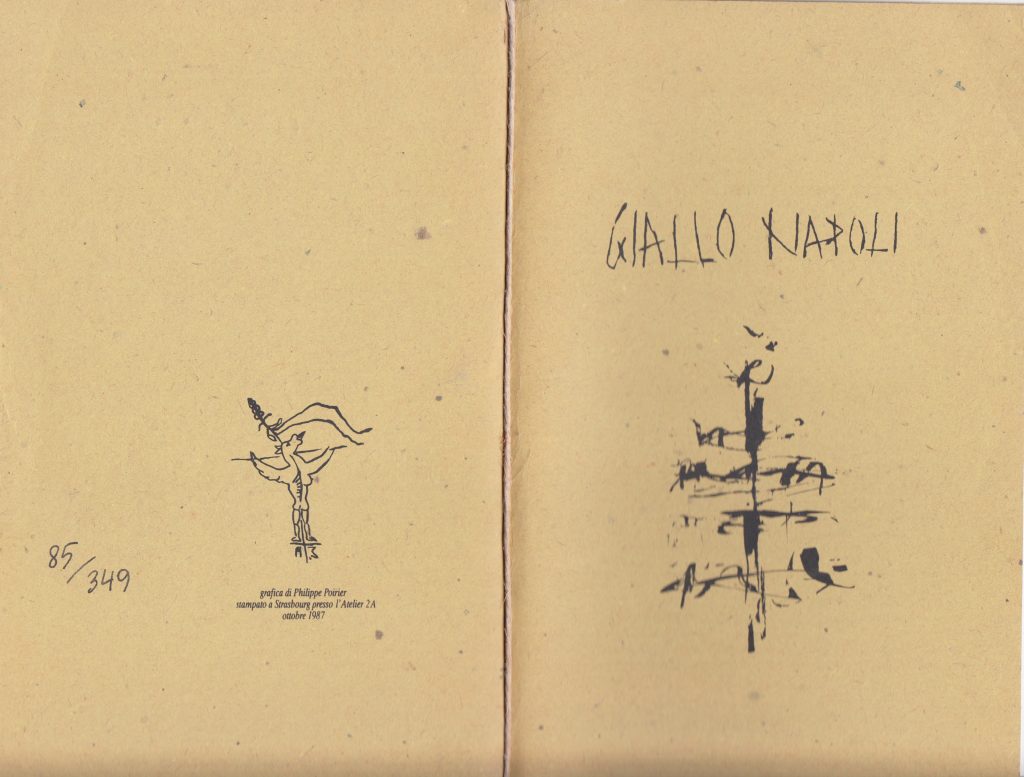
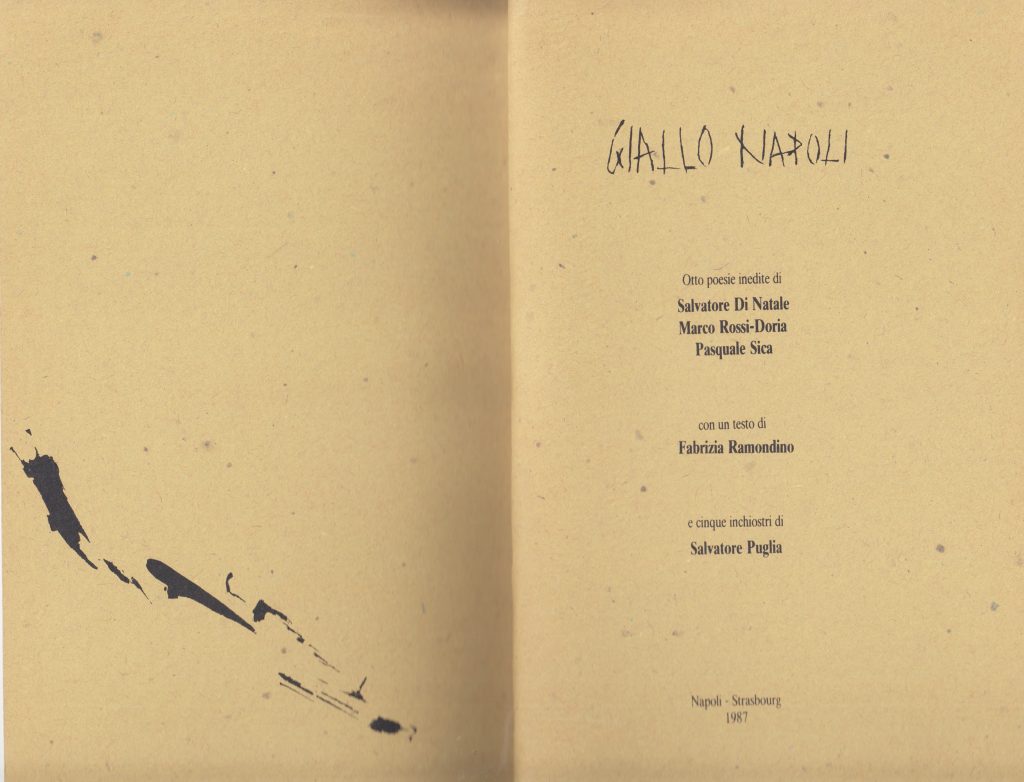
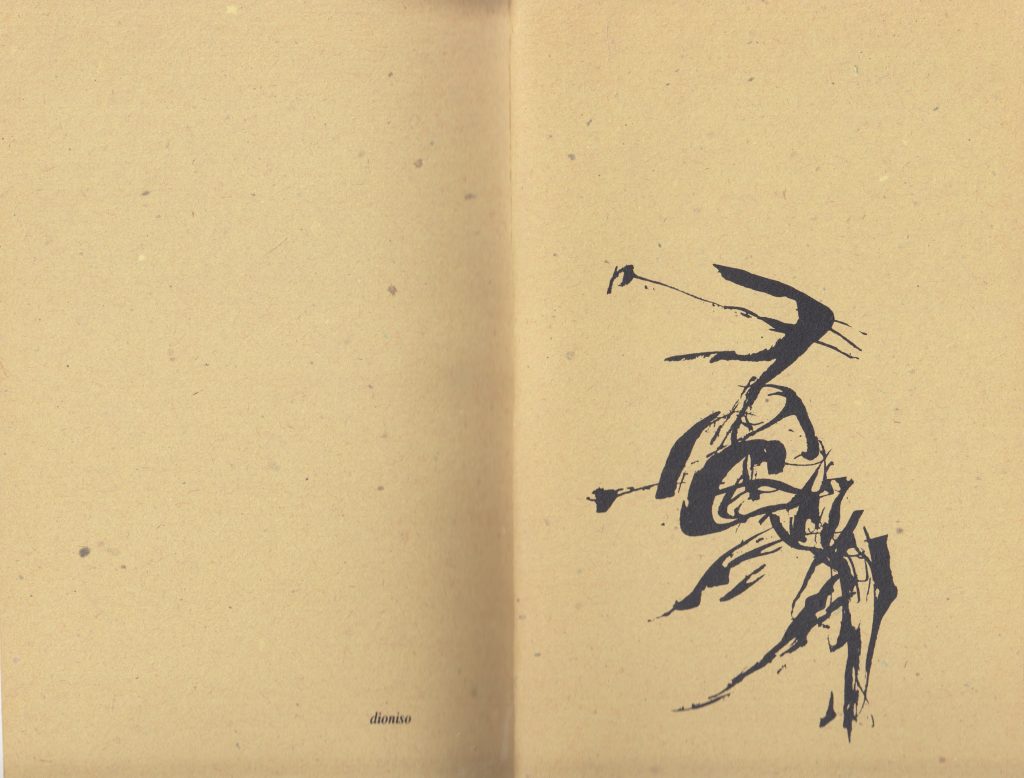
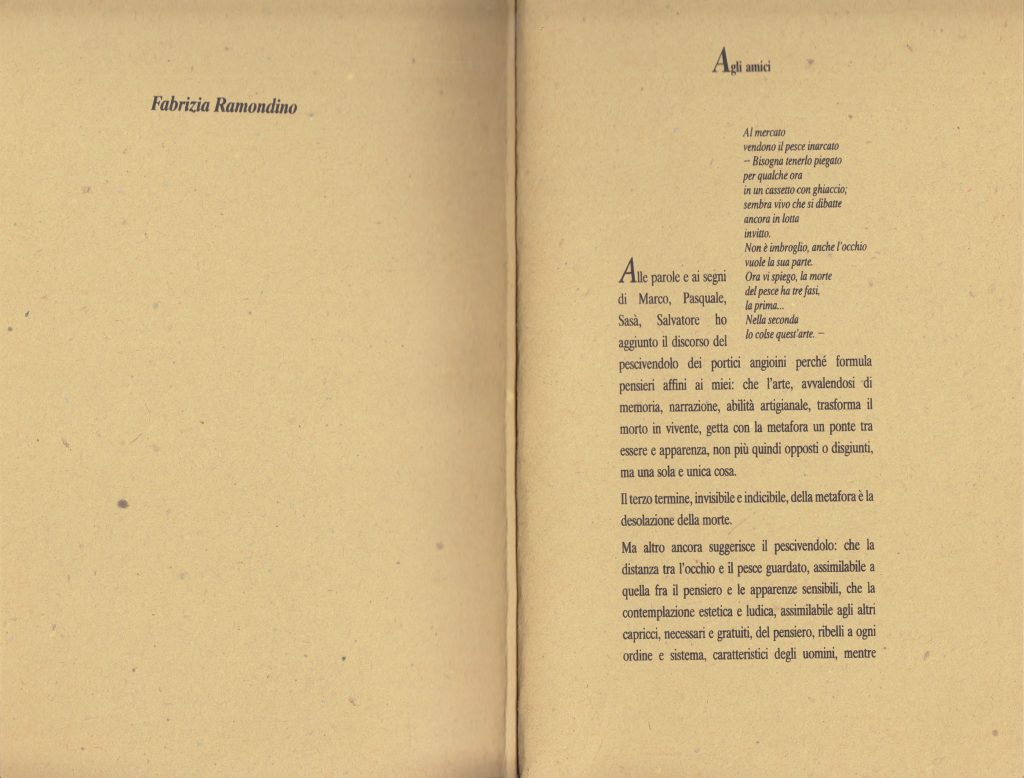
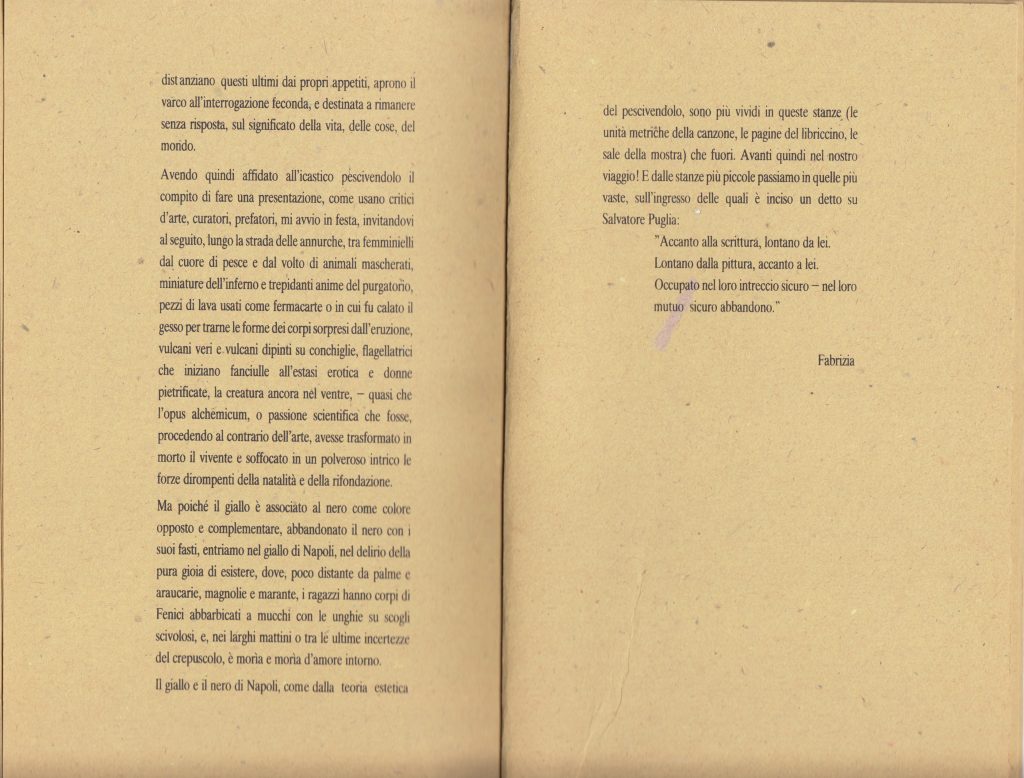
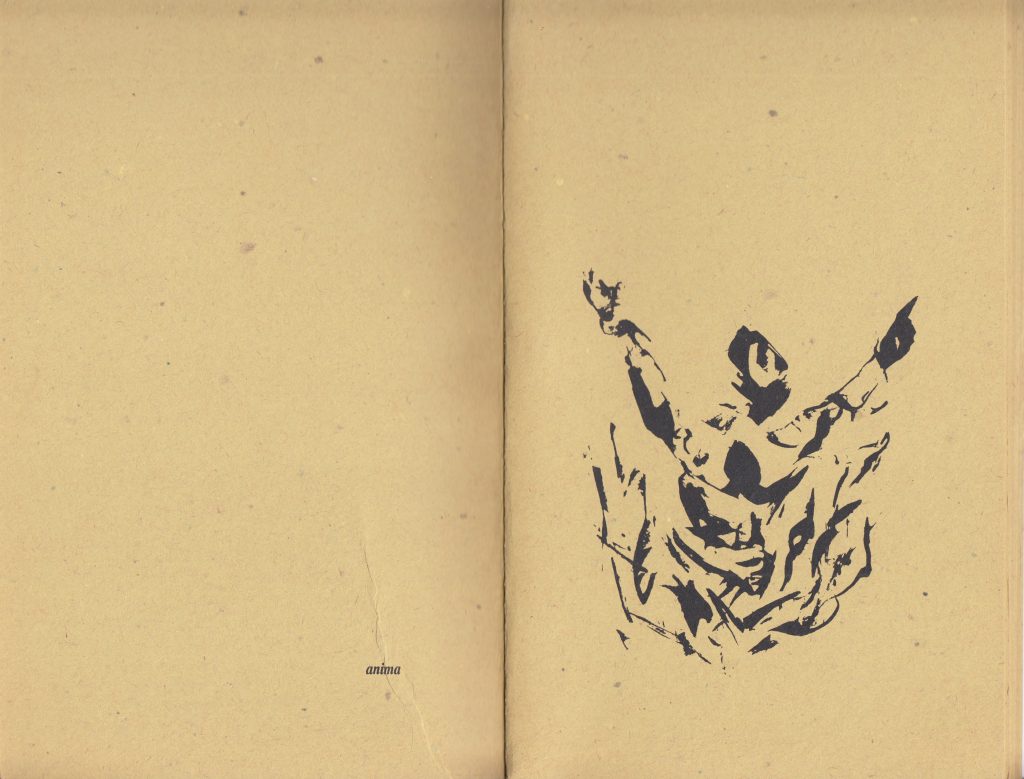
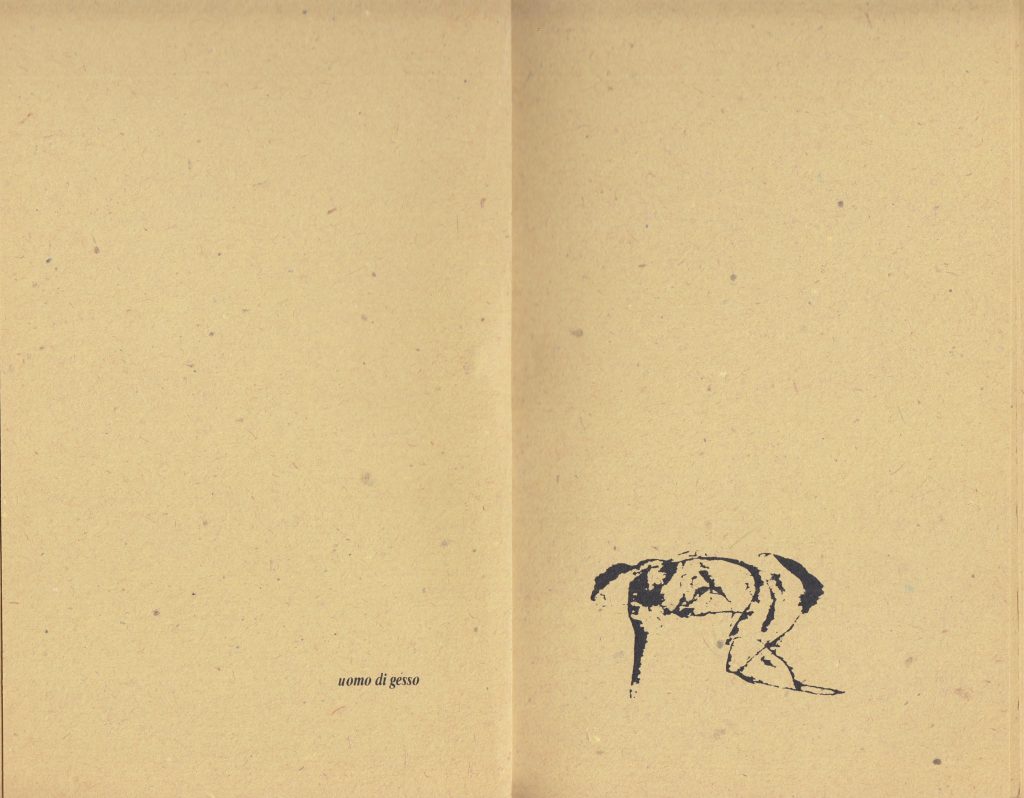
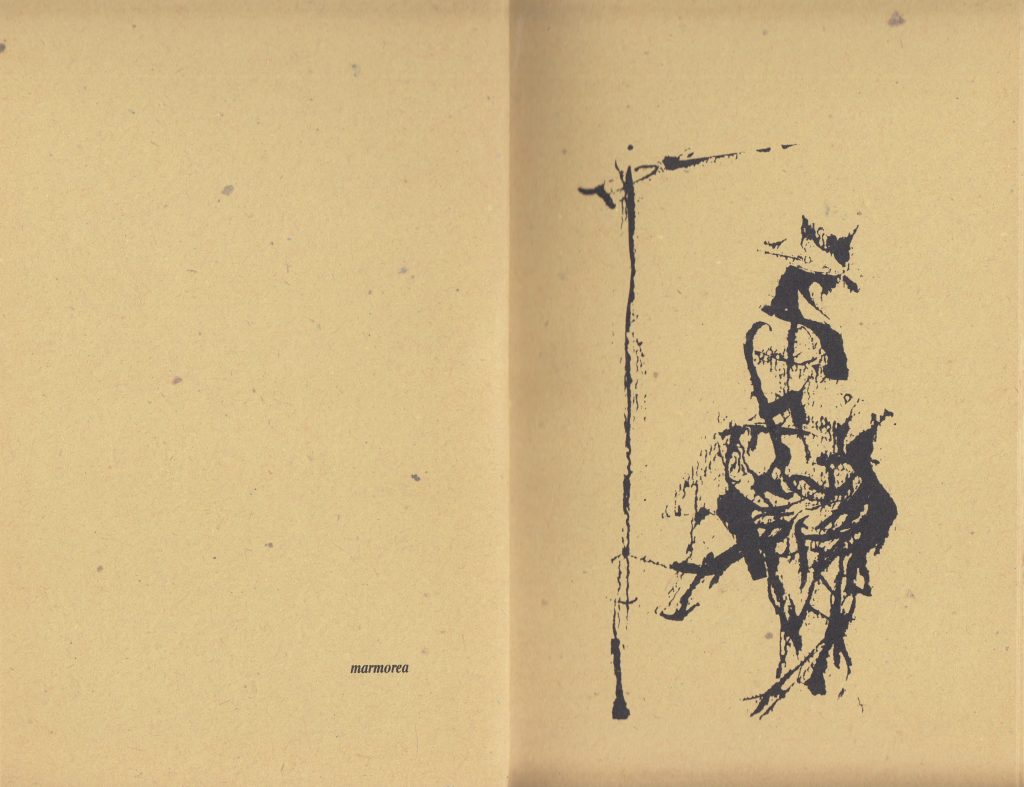
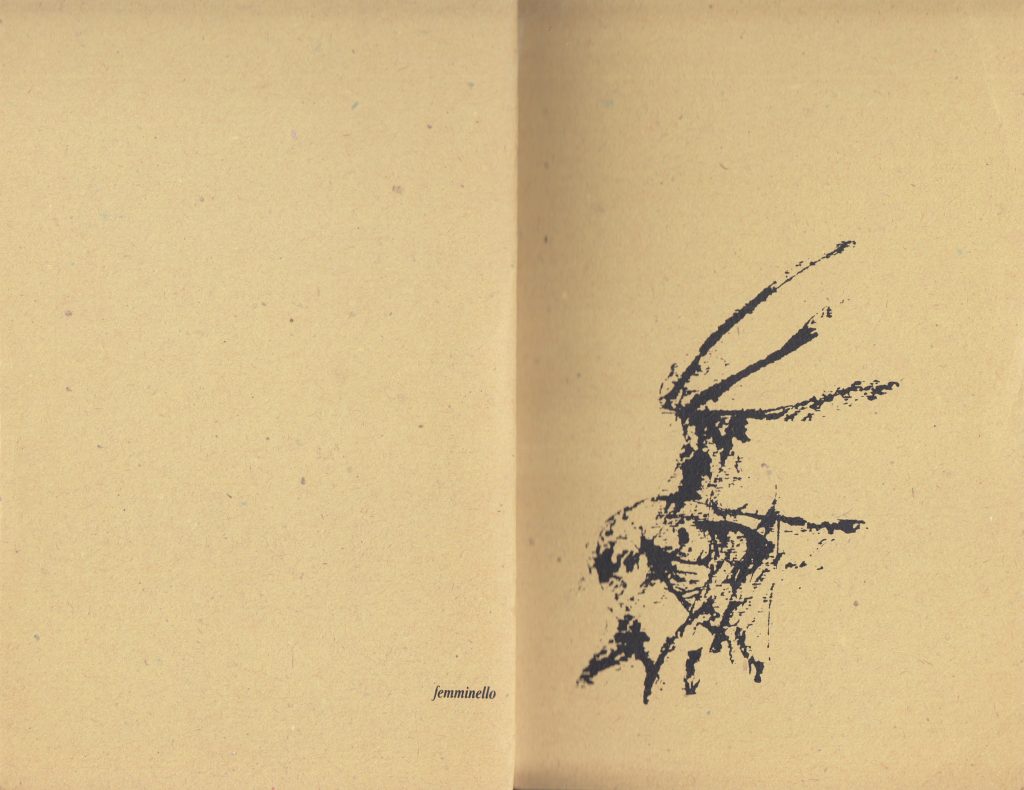
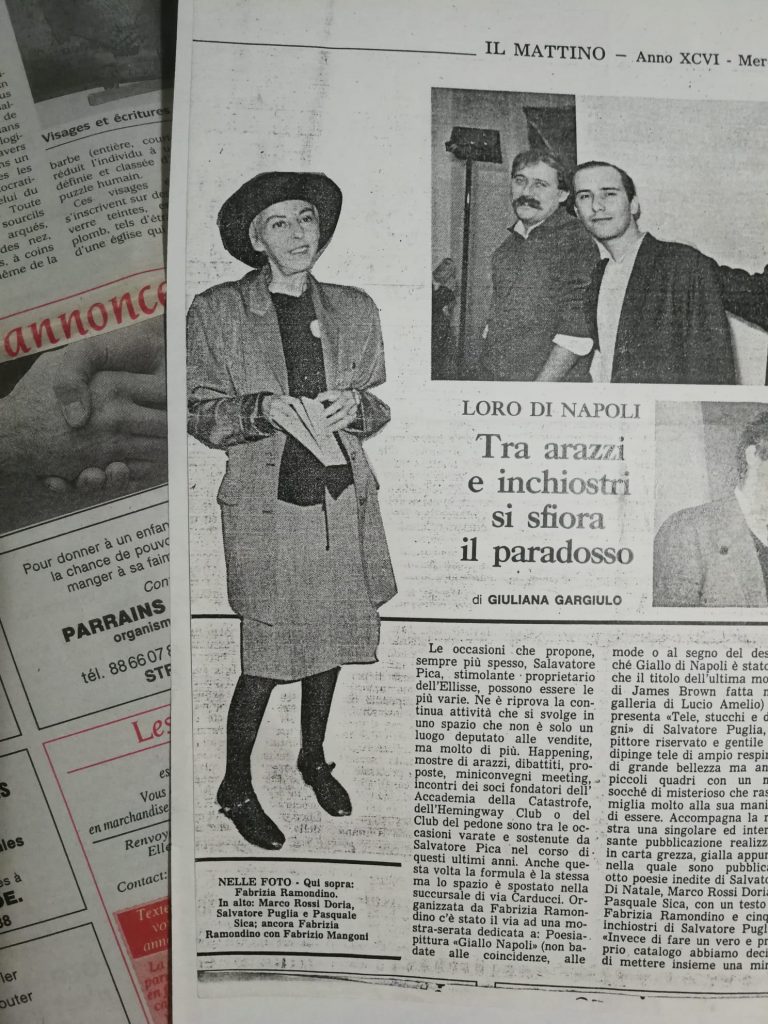
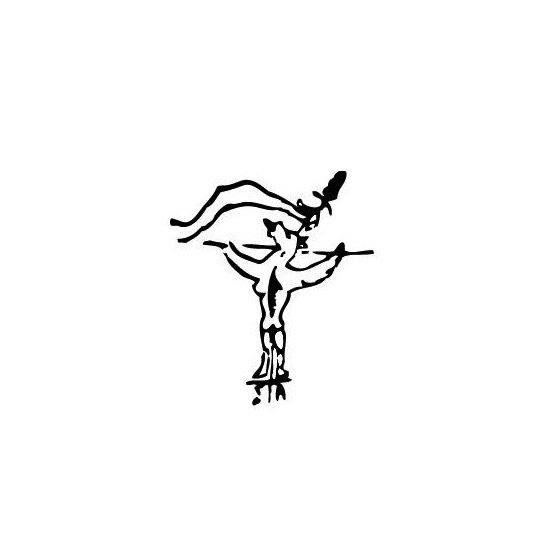
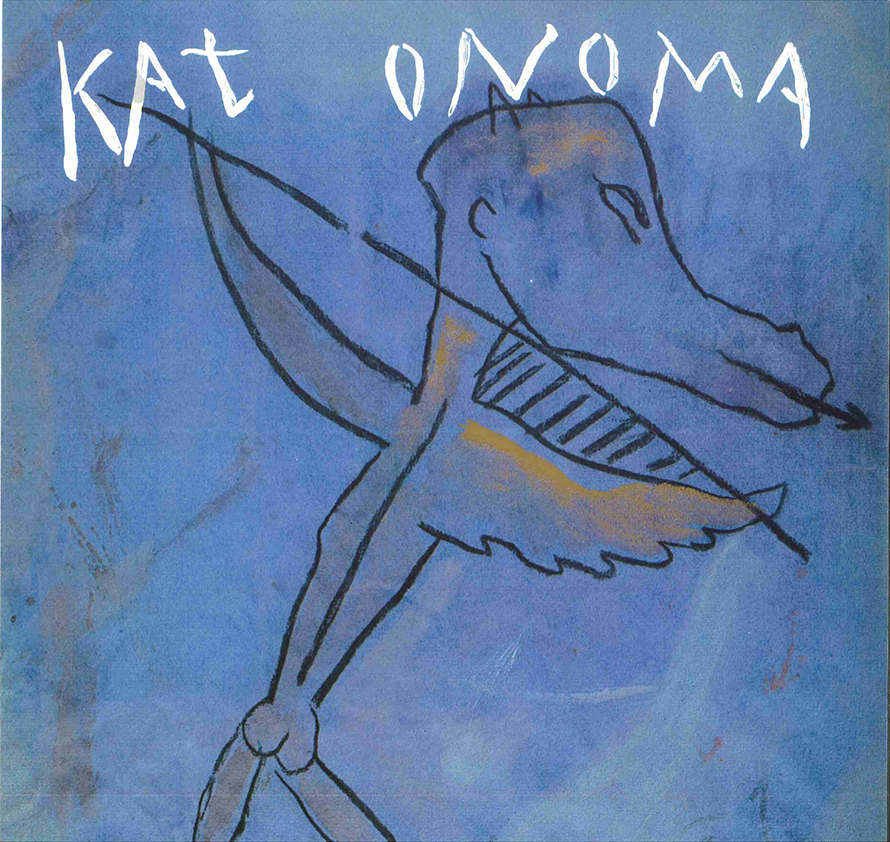
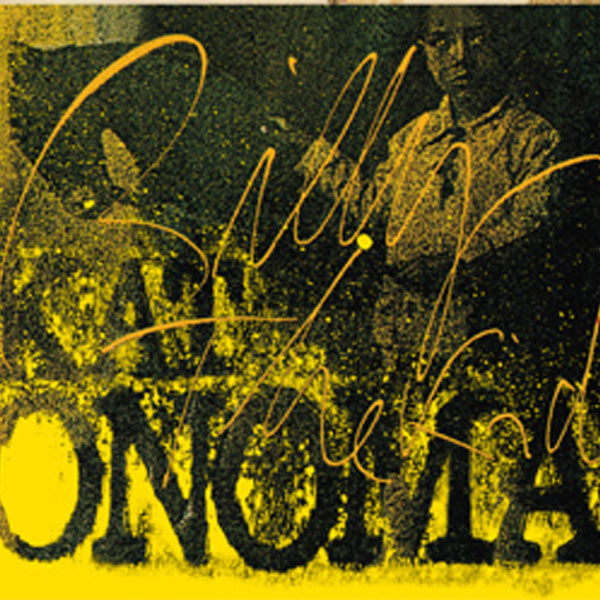
(Cover design: Carole Peclers)

(Cover design: Carole Peclers)
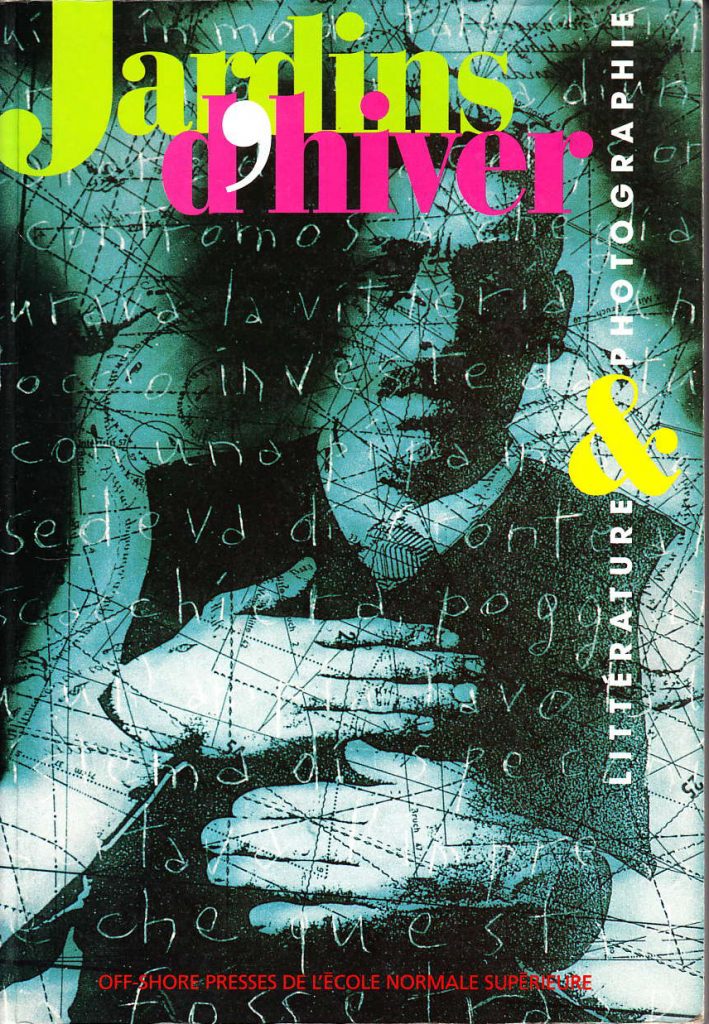
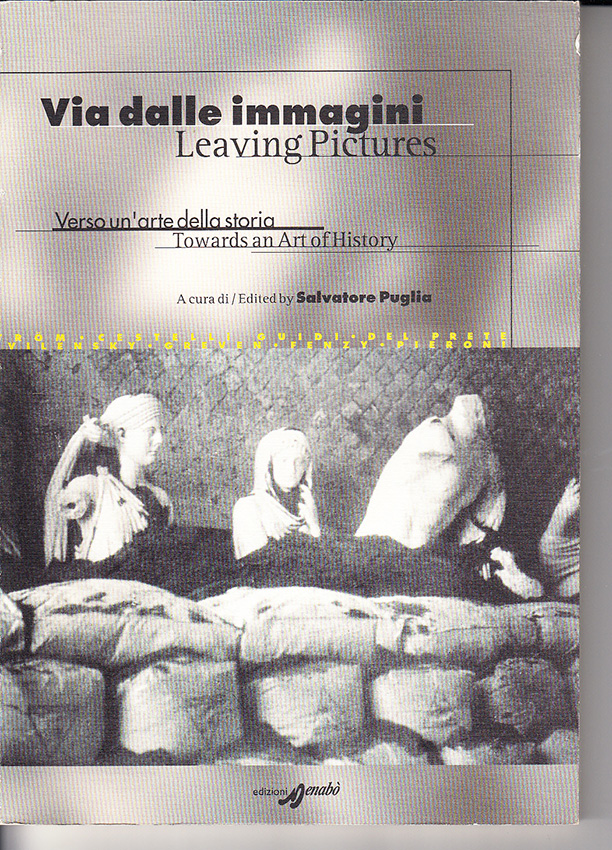

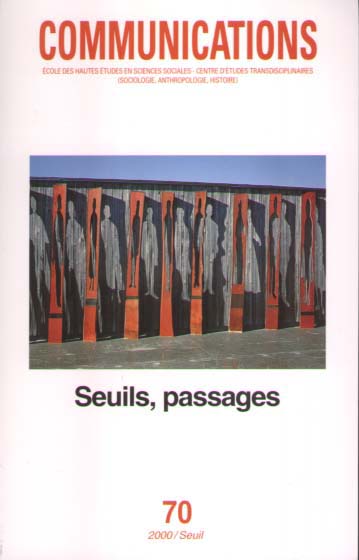
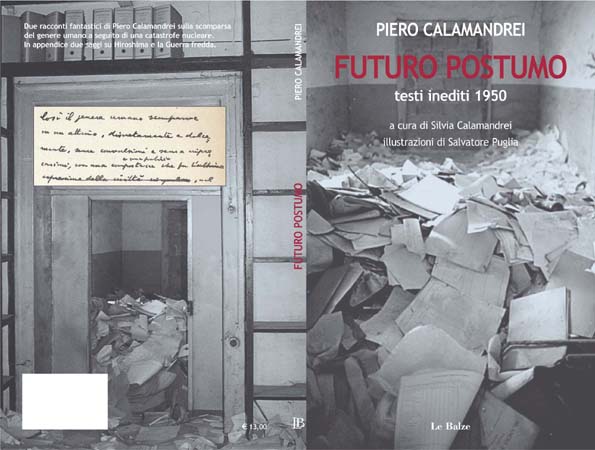
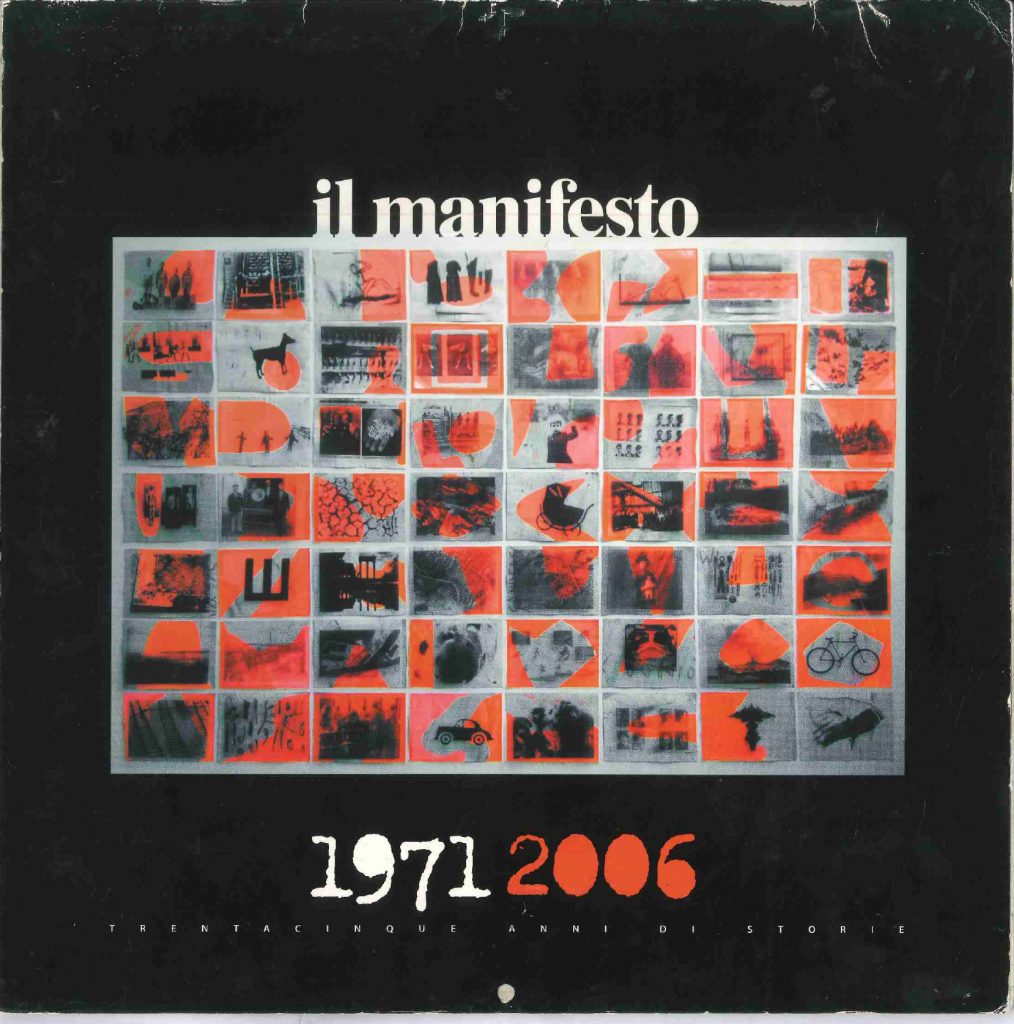
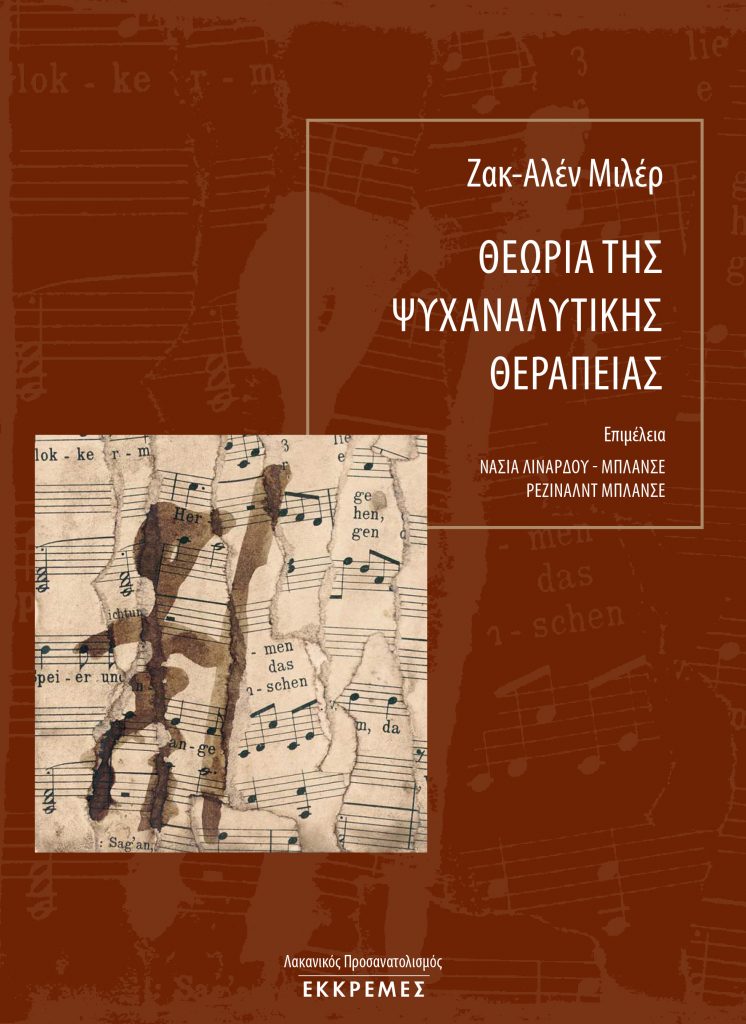

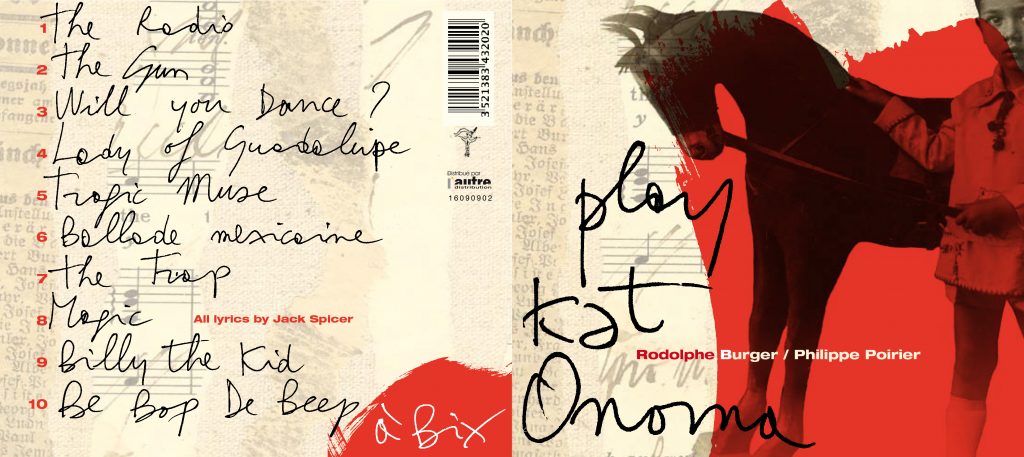
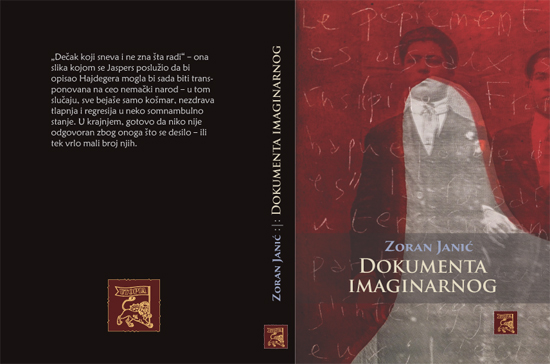
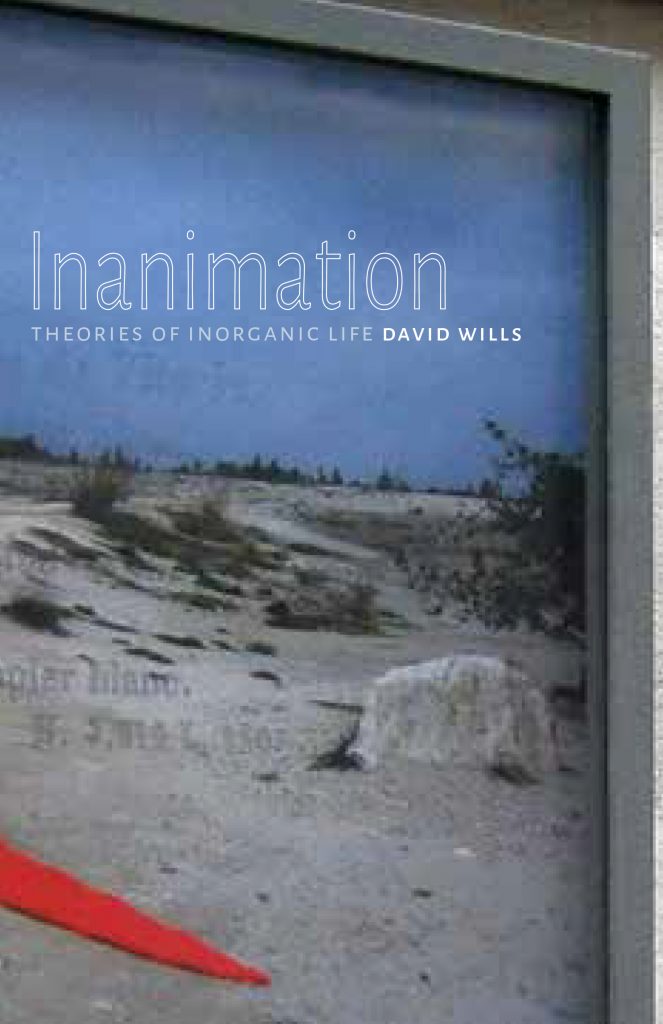
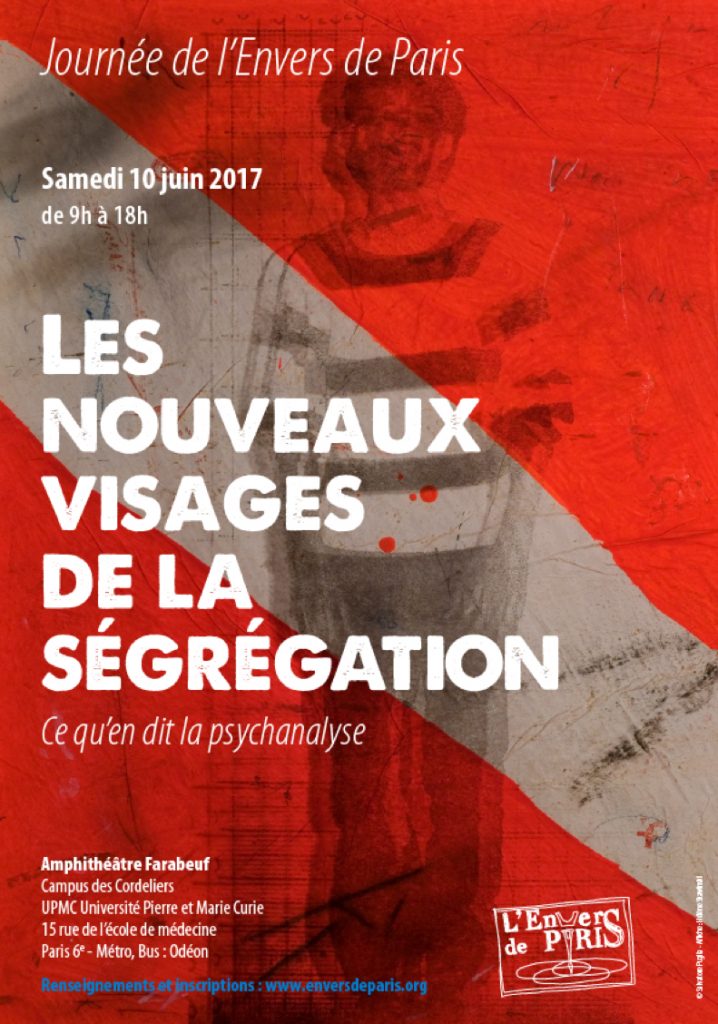
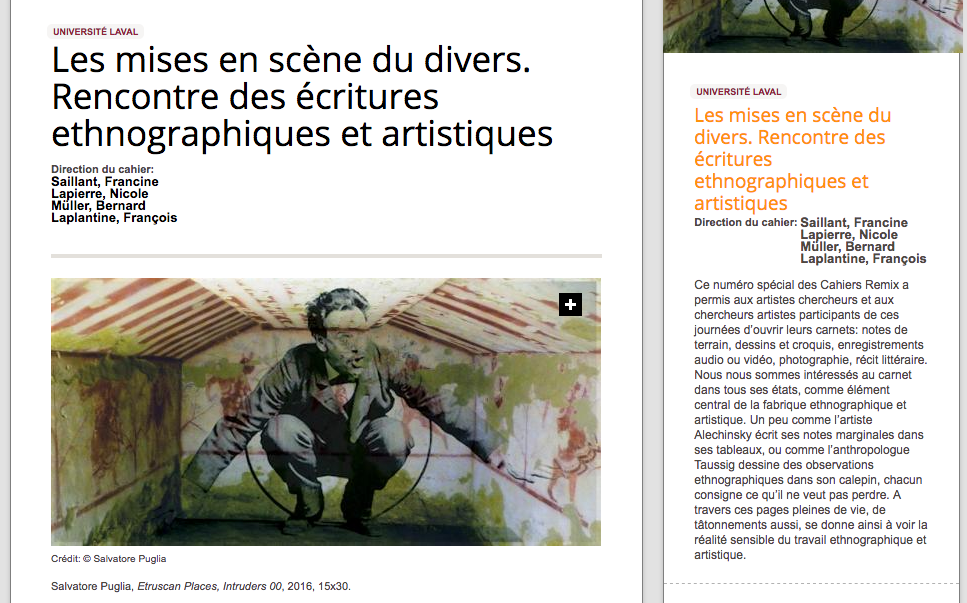
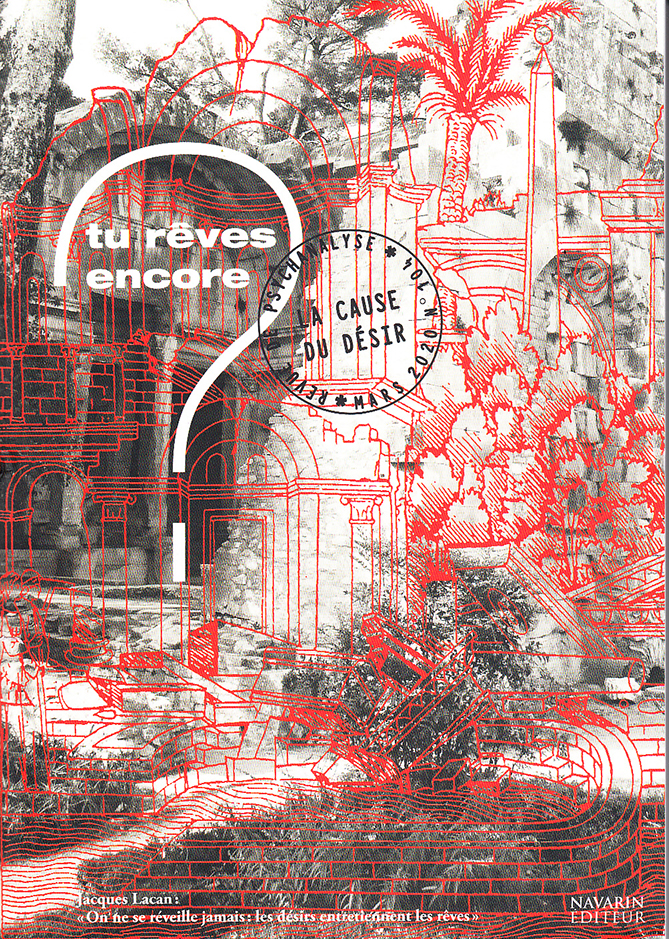

This collection of poems by a dear friend, Marco Rossi-Doria, contains my first published artworks. Some of the watercolors illustrating the book were executed at Marco’s home on the Sorrento Peninsula outside of Naples, while others were done during a wintertime visit to Venise, on a pier overlooking the Island of the Giudecca.
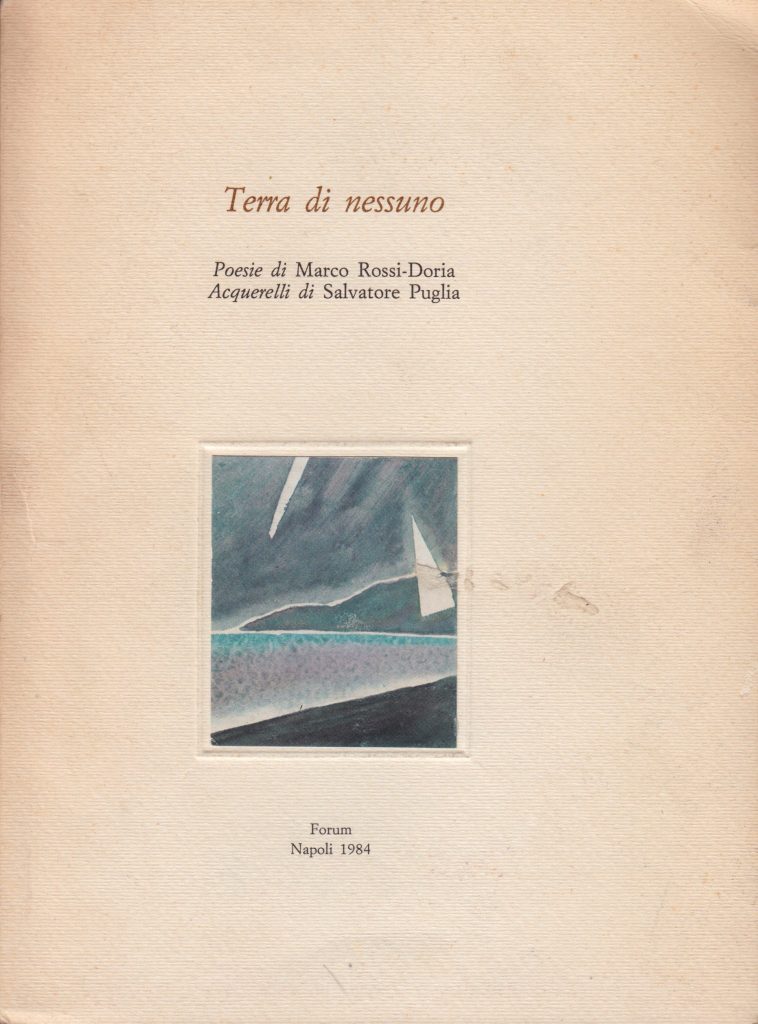
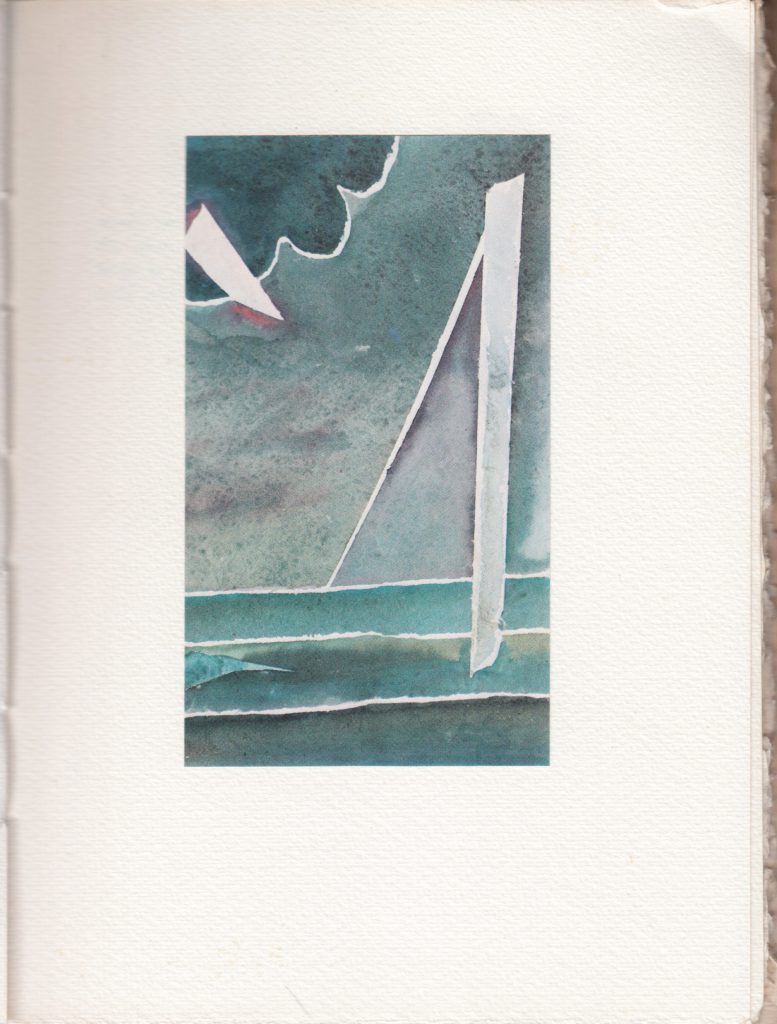
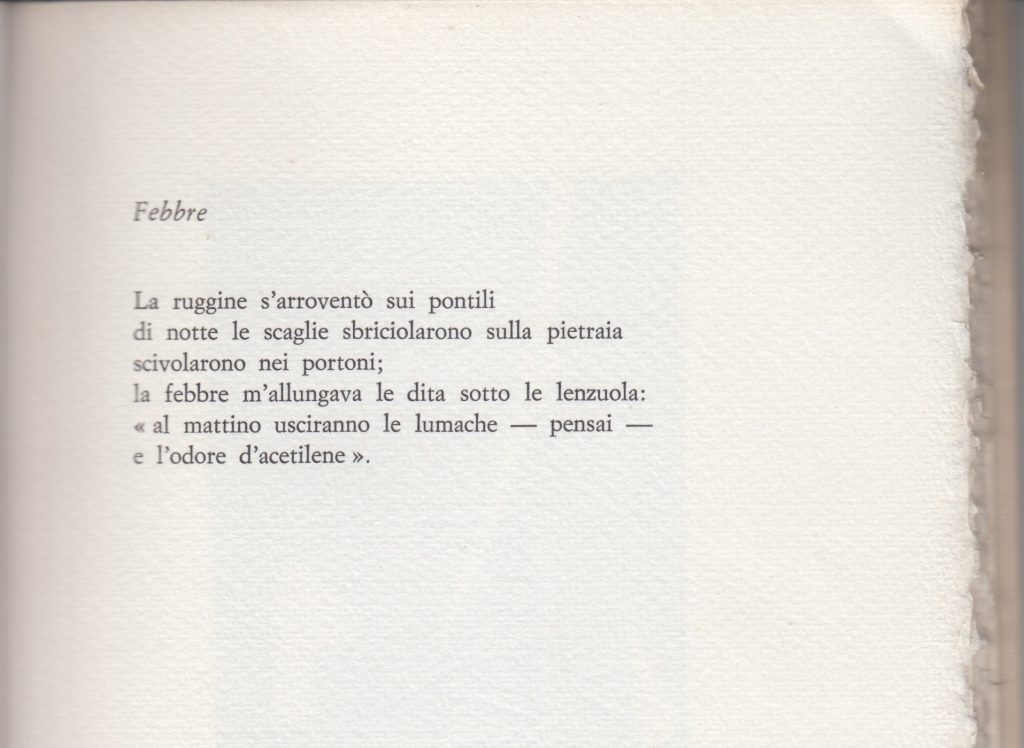
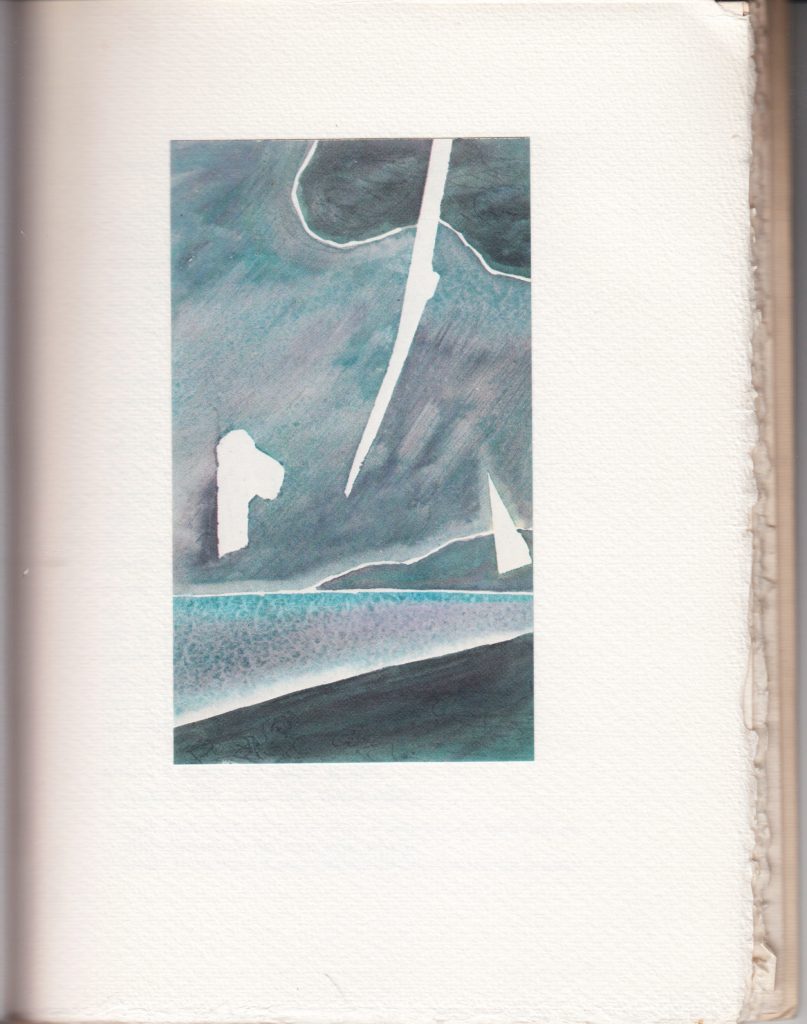
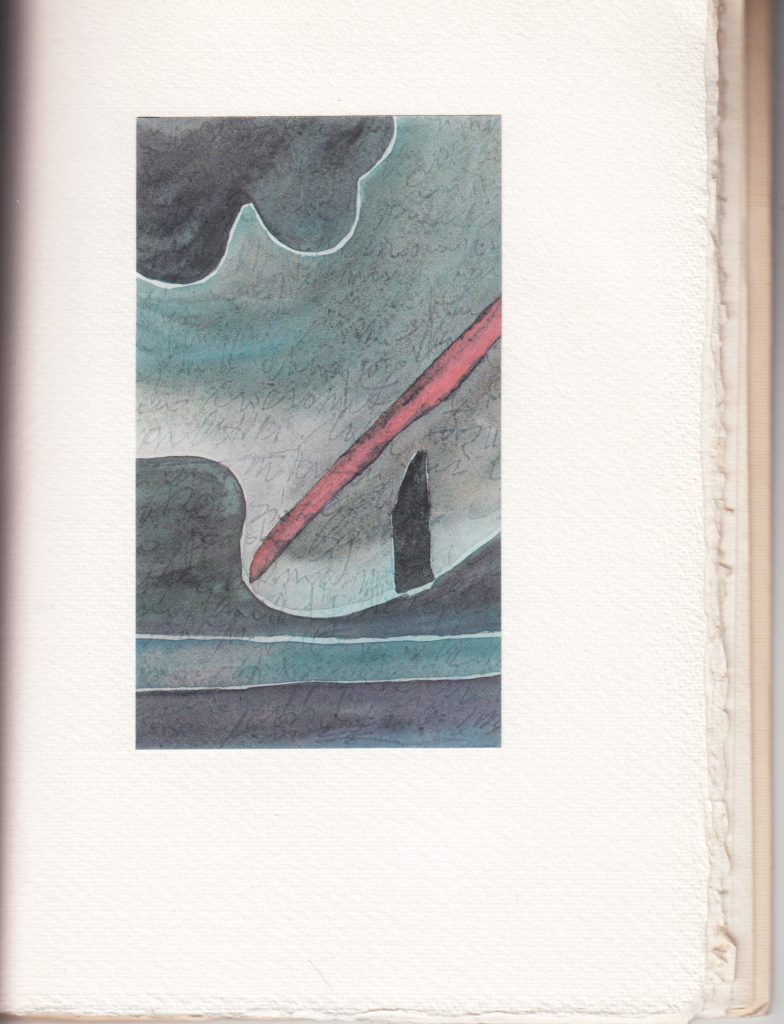
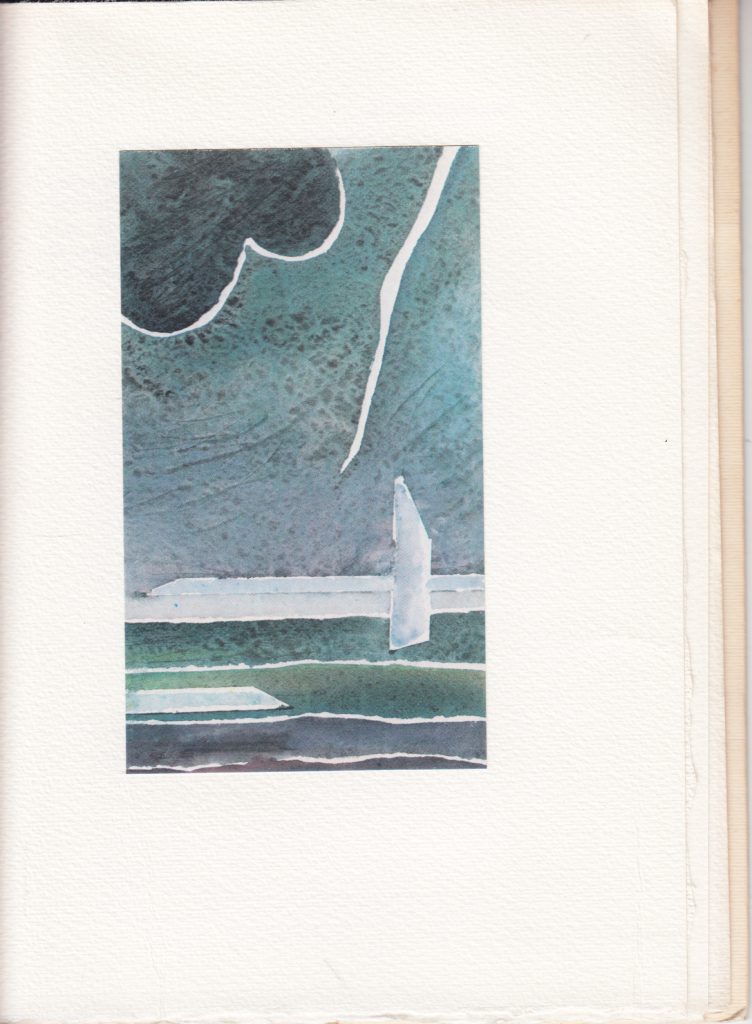
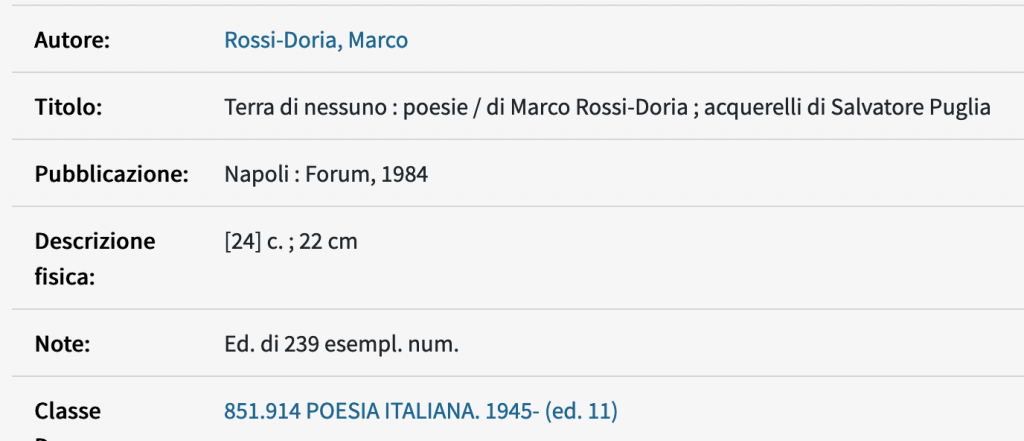
(https://opac.bncf.firenze.sbn.it/bncf-prod/resource?uri=CFI0081055)
A video recorded at the Jan Van Eyck Academy, Maastricht, The Netherlands, in 2000.

An installation and a performance in Naples, at the Albergo dei Poveri, for the first Day of the memory (January 2001), recorded by Leonardo di Costanzo (short version: 6’46”).
.
Performance realized by the libera mente theater company.
.
And a few images (for the related text, refer to
Asylum English (2001)
and Asylum. Morale d’une installation muséographique (2010)
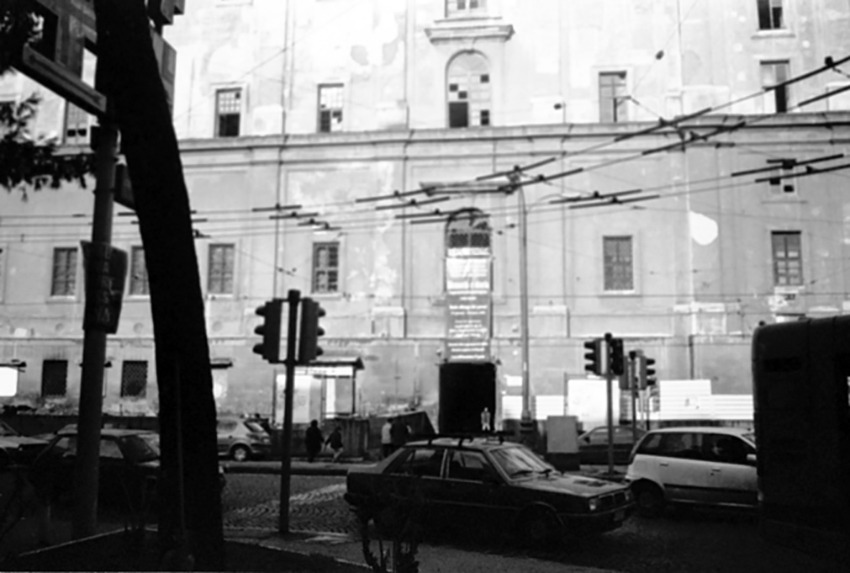
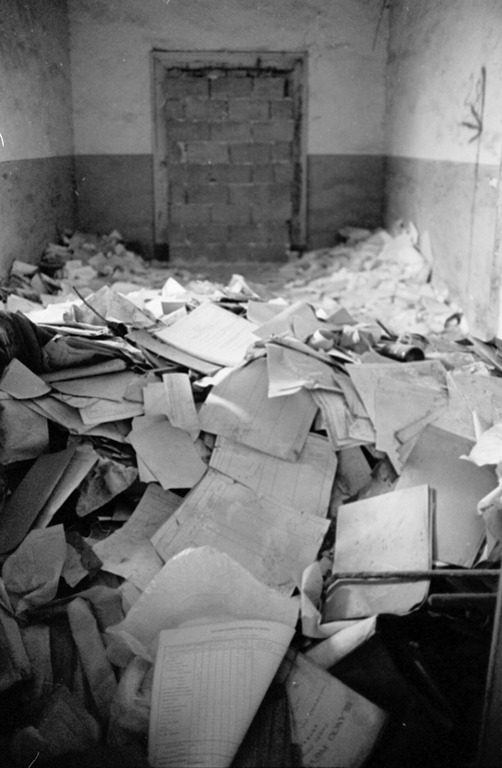
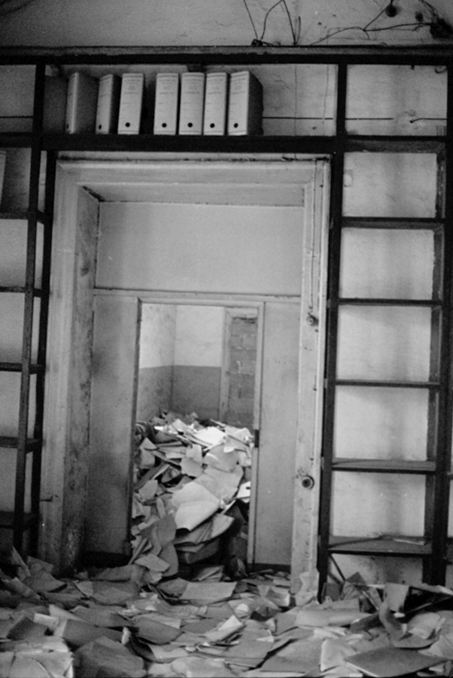
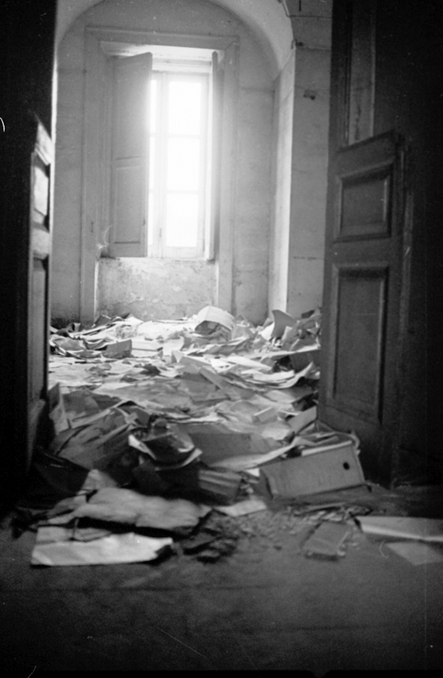
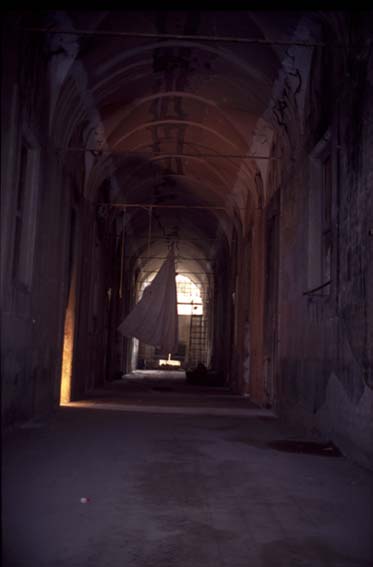
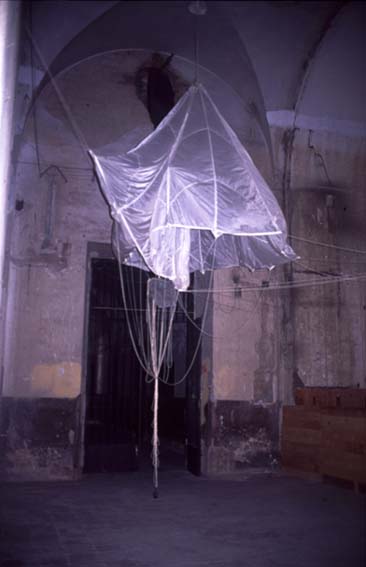
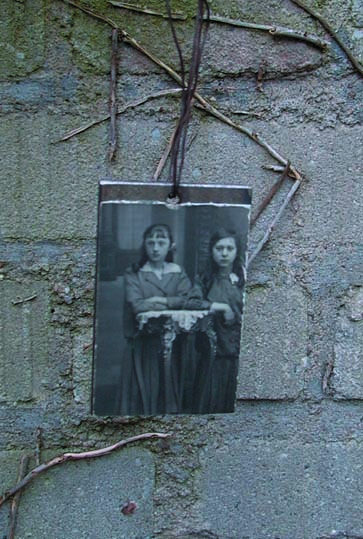
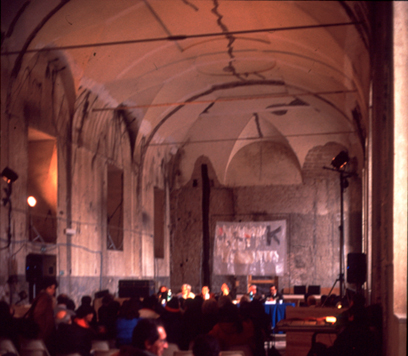
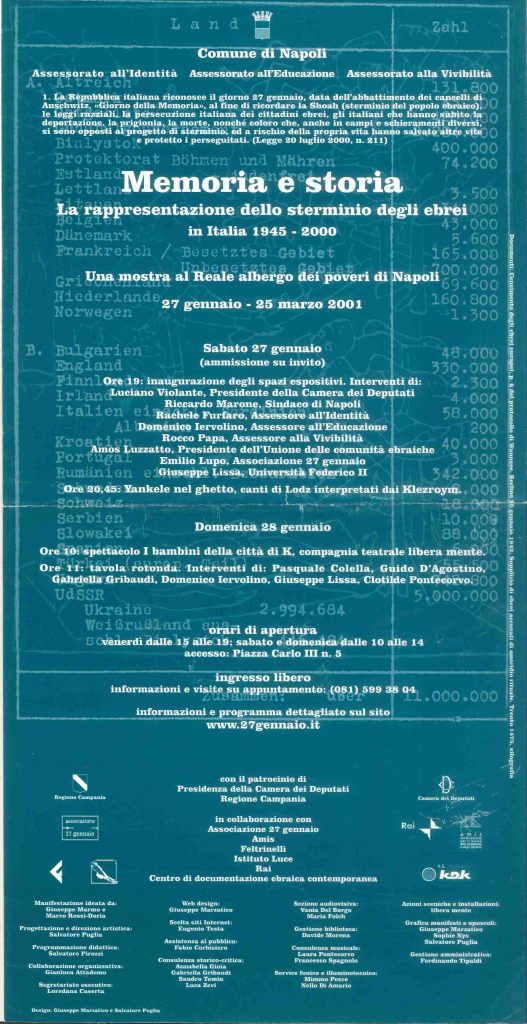
.
Febbraio 2023: nota per i cortesi lettori italofoni.
Durante la preparazione dell’evento del 27 gennaio 2001, a partire dal luglio precedente, ho tenuto un Giornale.
In parallelo appuntavo in un Taccuino le riflessioni suscitatemi dall’esperienza vissuta e registravo in un Bollettino gli scambi epistolari di tipo amministrativo.
Feci di questi testi paralleli una stampa A4 su tre registri, con un diverso carattere tipografico per ogni sezione. Intendevo così proporre una lettura aleatoria e occasionale dell’insieme, che avevo intitolato Documenti napoletani. Ho perso questo montaggio, tanto nella versione cartacea che in quella digitale. Mi rimangono il diario e il taccuino. Trascrivo qui quest’ultimo.
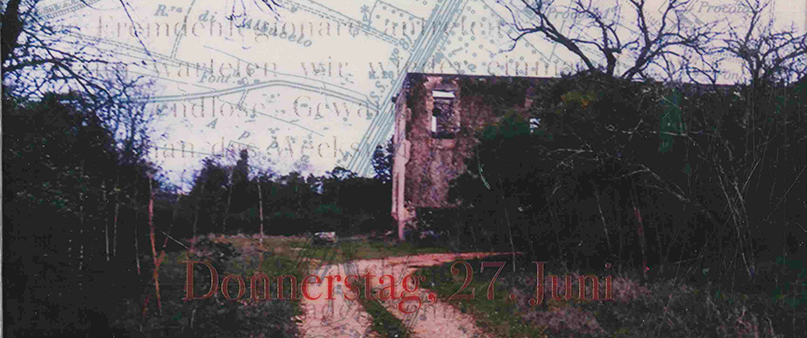
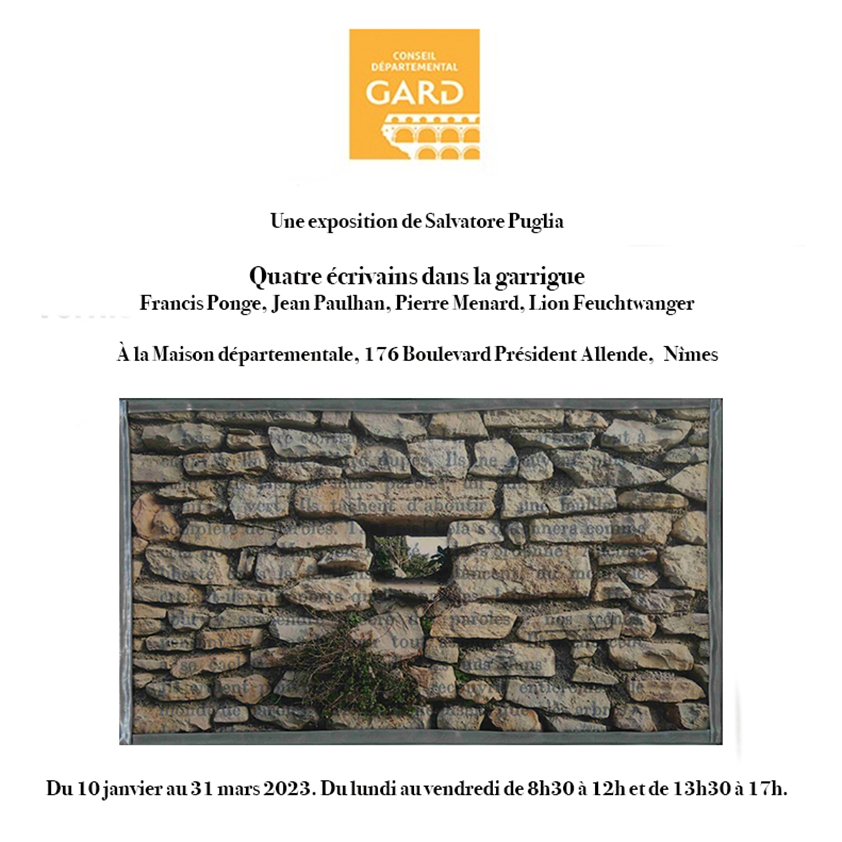

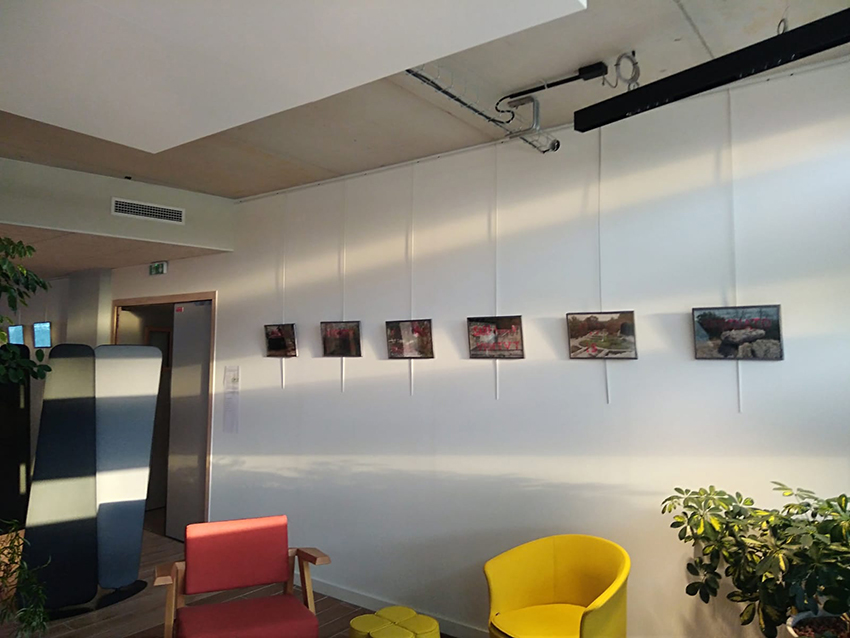
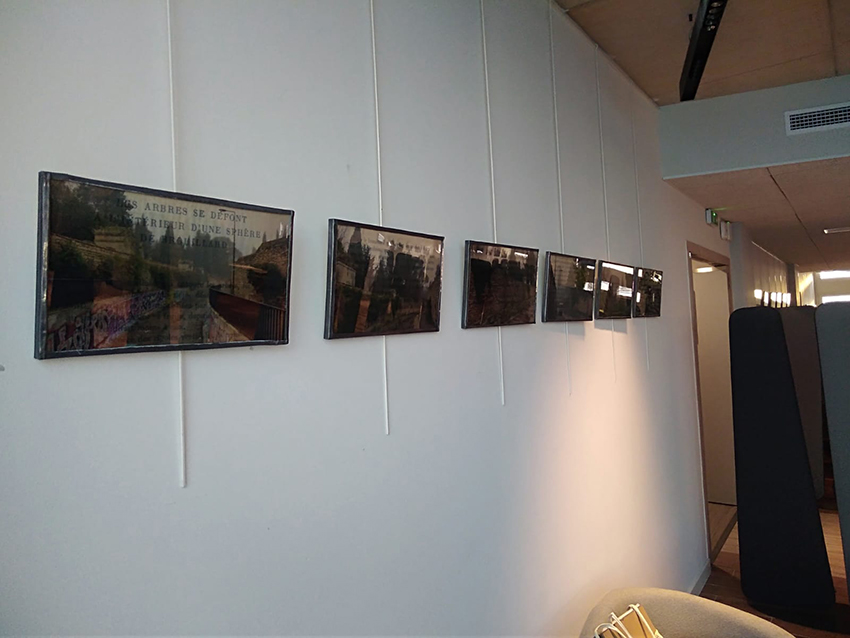

Quatre écrivains dans la garrigue
Ceci n’est pas à proprement parler un travail artistique, bien que je me considère avant tout comme un artiste visuel. Il se situe entre recherche historique, critique littéraire et création.
L’inspiration pour cette série d’images sur le territoire des écrivains me vient de la lecture d’un texte littéraire, Le Dépaysement. Voyages en France de Jean-Christophe Bailly.
Le chapitre sur Nîmes, « Castellum aquae », débute par la définition que Francis Ponge faisait de lui-même : poeta neamusensis. Or, pour un écrivain d’origine nîmoise, ayant passé toute sa vie ailleurs, cette affirmation ne peut tenir qu’à une très grande force symbolique de l’image de cette ville.
Il est évident qu’elle vient de l’héritage de la romanité, de son autorité historique, mais il y a peut-être autre chose. La langue latine, ses dérivations méridionales, l’occitan et le provençal, le fait de se considérer dépositaire et interprète de ce legs.
Jean Paulhan, issu d’une famille cévenole, lié à Ponge par d’étroits rapports de parenté ainsi que par une forte relation intellectuelle, se voulait descendant d’un Paulianus, consul à Nemausus au début de l’ère chrétienne. Les lettres et les dessins envoyés à ses parents depuis le ‘’masé’’ du grand-père sont les documents que j’ai voulu accompagner par l’image.
J’ai donc commencé à parcourir les lieux que ces écrivains avaient sans doute parcourus, à la recherche de vestiges à photographier.
Des dessins de Norah Borges, peintre et sœur de l’écrivain argentin Jorge Luis Borges, m’ont amené aux jardins de la Fontaine et à la relecture de Fictions. L’une des nouvelles de ce recueil, Pierre Menard, auteur du Quichotte, porte en exergue la date Nîmes 1939, alors que, certainement, l’auteur argentin se trouvait à Buenos Aires à ce moment-là. D’ailleurs, toute son œuvre, à l’instar de la nouvelle en question, est un tissu d’embûches dans des méandres historiques et littéraires. Ce qui est avéré, est qu’il avait séjourné dans le Midi et à Nîmes à plusieurs reprises.
J’ai justement utilisé sa technique pour mon propre travail, en plaçant des légendes sous des images de lieux qui ne leur correspondaient pas, ou en brouillant les reproductions de textes et les fonds visuels que je leur avais associés.
Une peinture d’Henry Gowa, La marche de Saint Nicolas, m’a amené sur l’ancienne route départementale entre Nîmes et Uzès. J’ai utilisé le journal de l’écrivain allemand Lion Feuchtwanger, l’auteur du Juif Süss, interné pendant l’été 1940 dans le Camp Saint Nicolas, pour accompagner mes photos de ce qui reste de ce camp et des traces de mémoire, dérisoires peut-être, que j’y ai laissées.
Enfin, les cartes d’état-major qui constituent l’arrière-plan de ces tableaux ne correspondent pas au Camp des garrigues, l’épisode ‘’vichyste’’ (avec son article 17 de l’armistice) n’étant pas unique en Europe. Elles décrivent ici des lieux situés dans les alentours de Rome, ville dont je suis originaire et dont je ne peux pas refuser l’héritage.
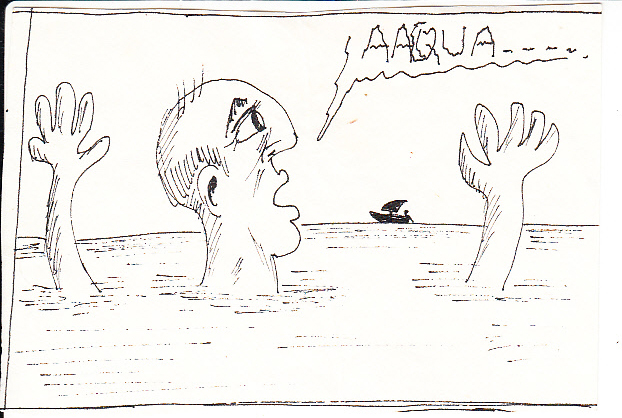
1973, Acqua.
.
From the very first one, a self-portrait, to the latest, made in Brittany facing a menhir.
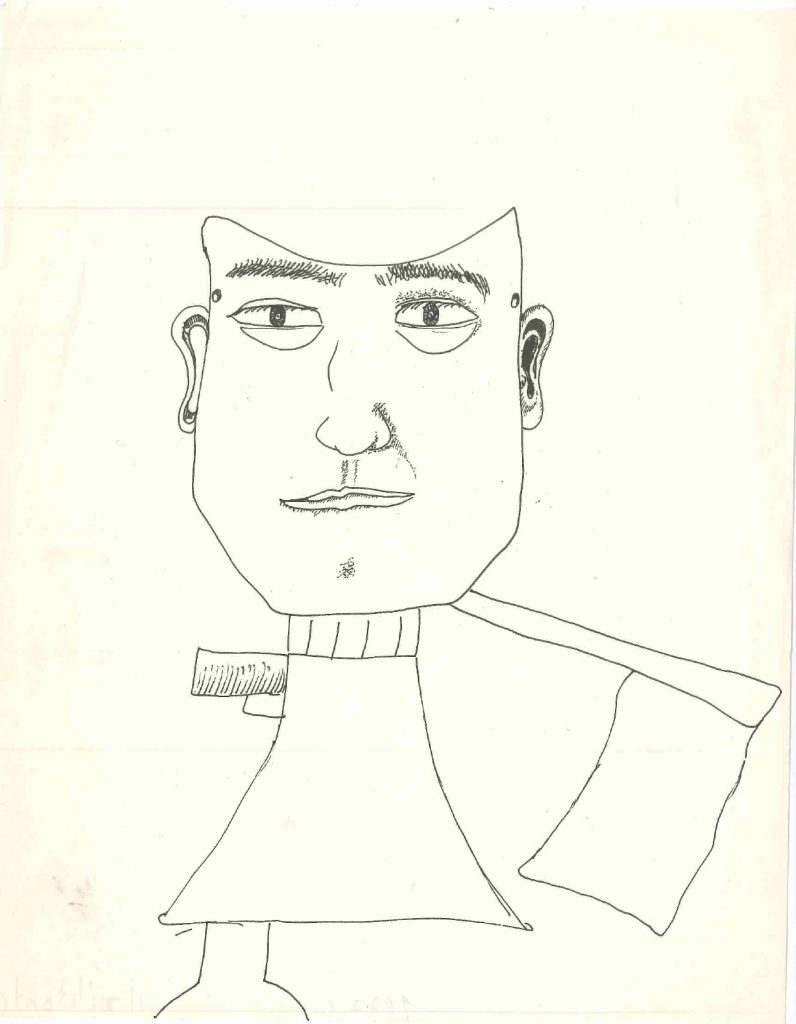
1977, Il militante.
.
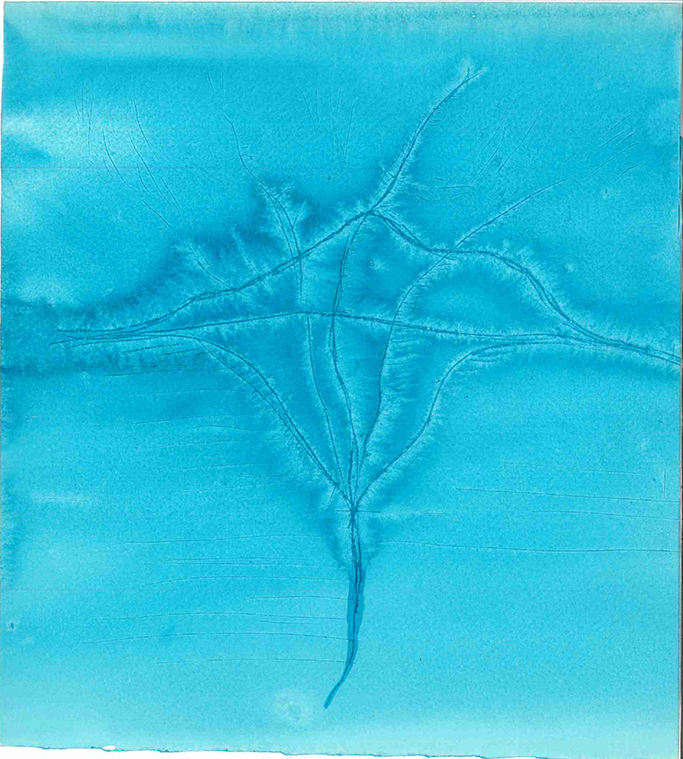
1980, Linee della mano 04.
.
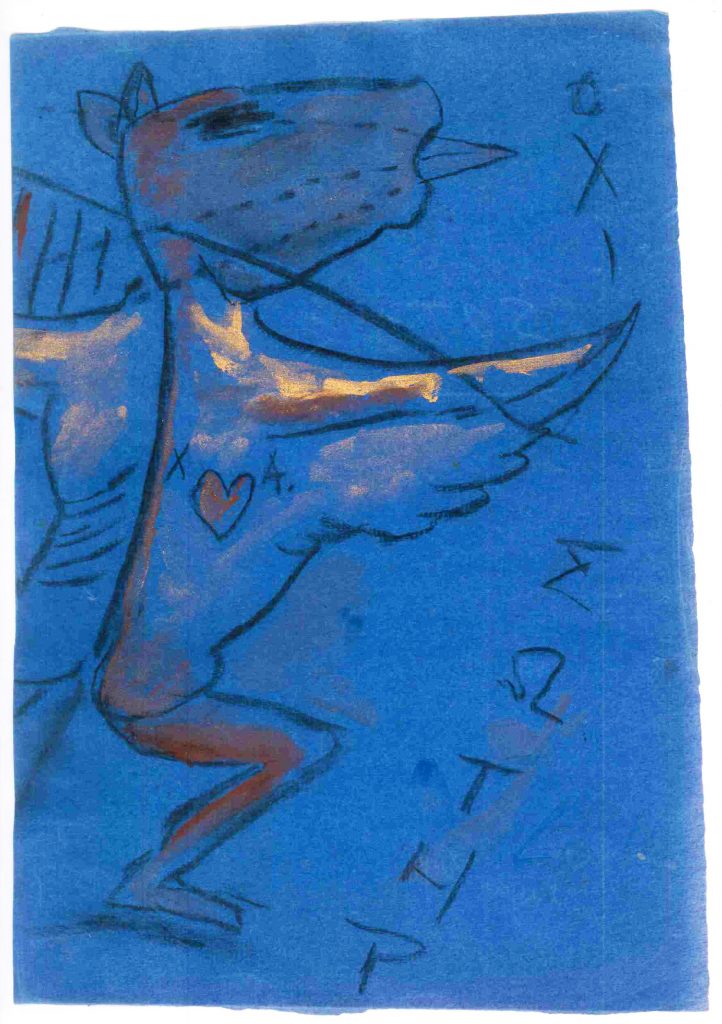
1986, Soter.
.
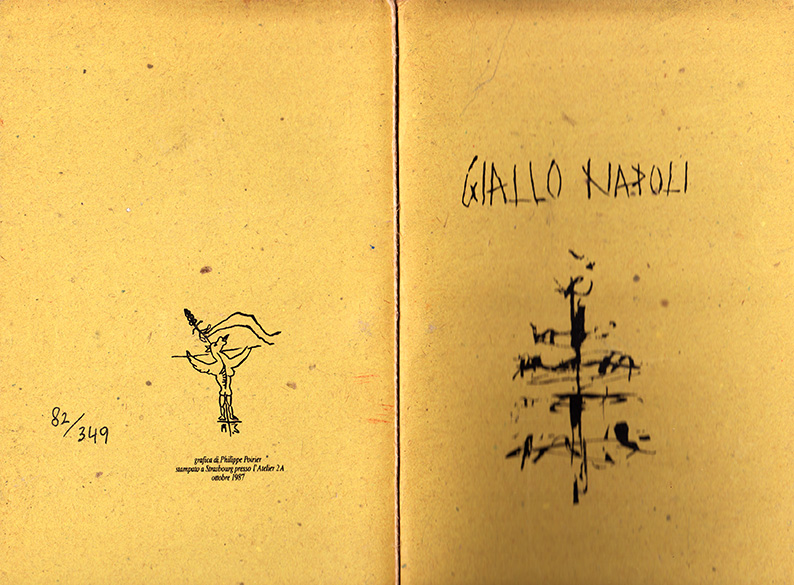
1987, Giallo Napoli.
.
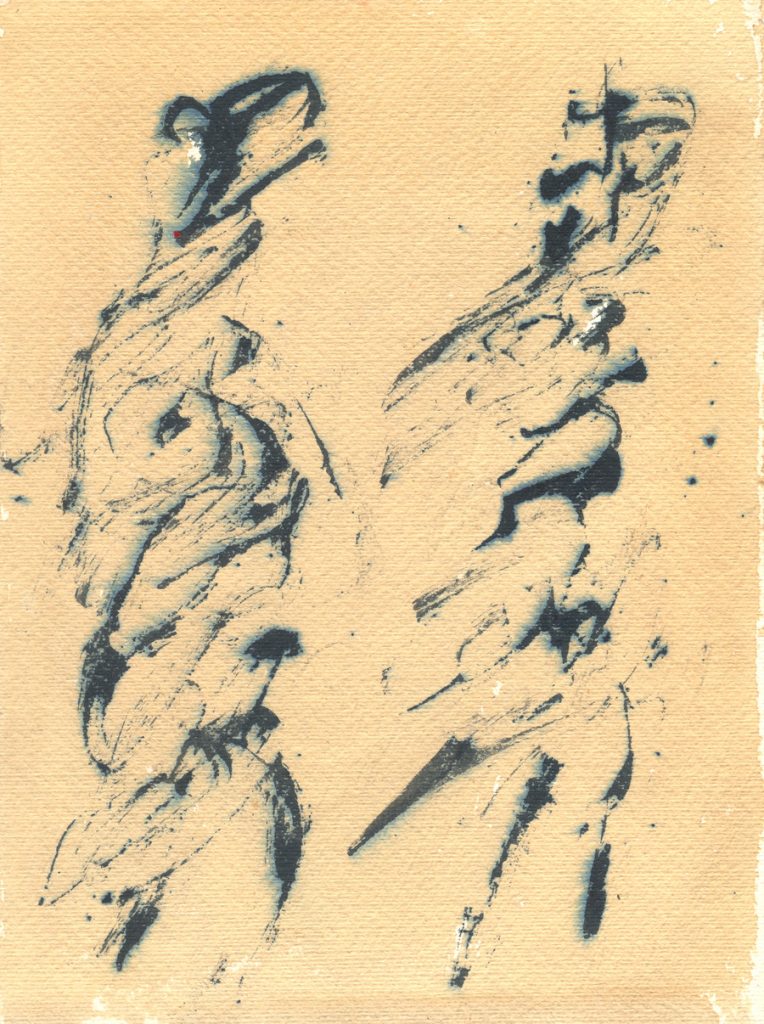
1988, Due Mamotii.
.
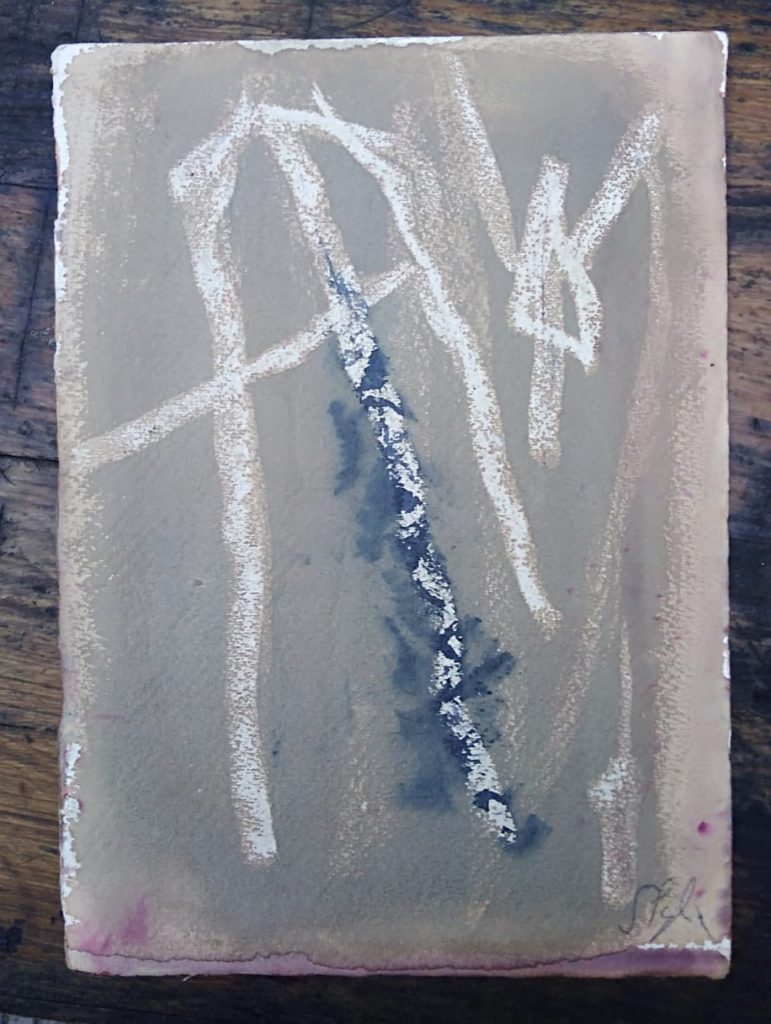
1988, Nairobi 08.
.
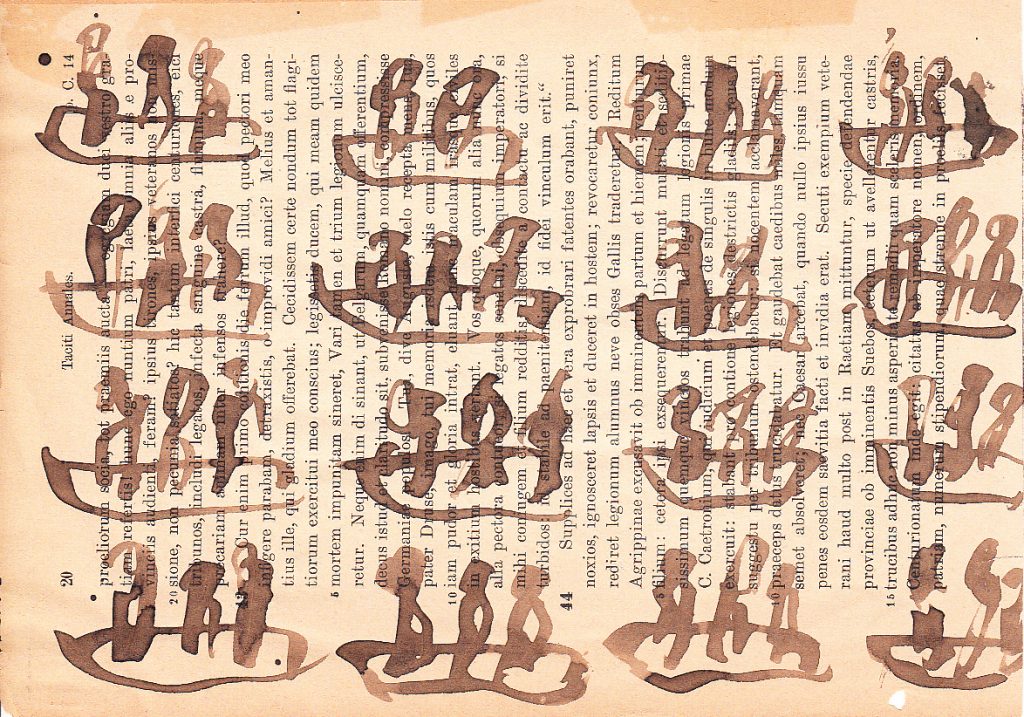
1988, Transit.
.

1990, Stèle mobile.
.
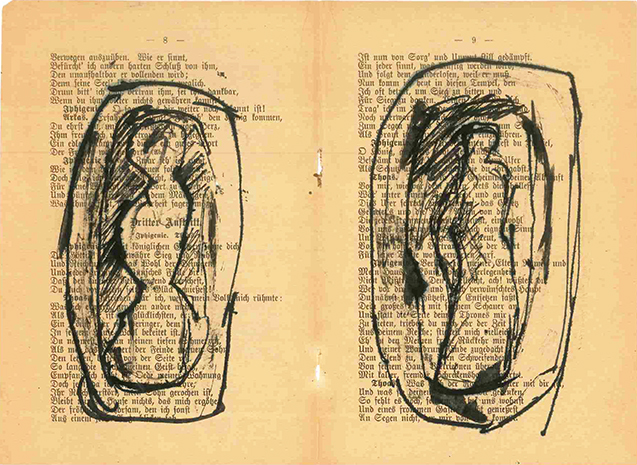
1990, Figurine 01.
.
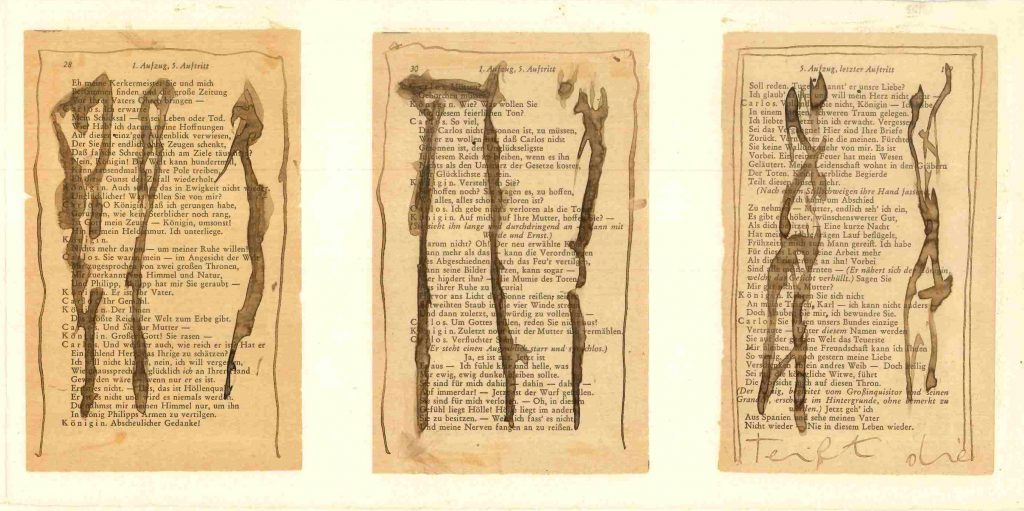
1990, Mamotii-Schiller 03.
.
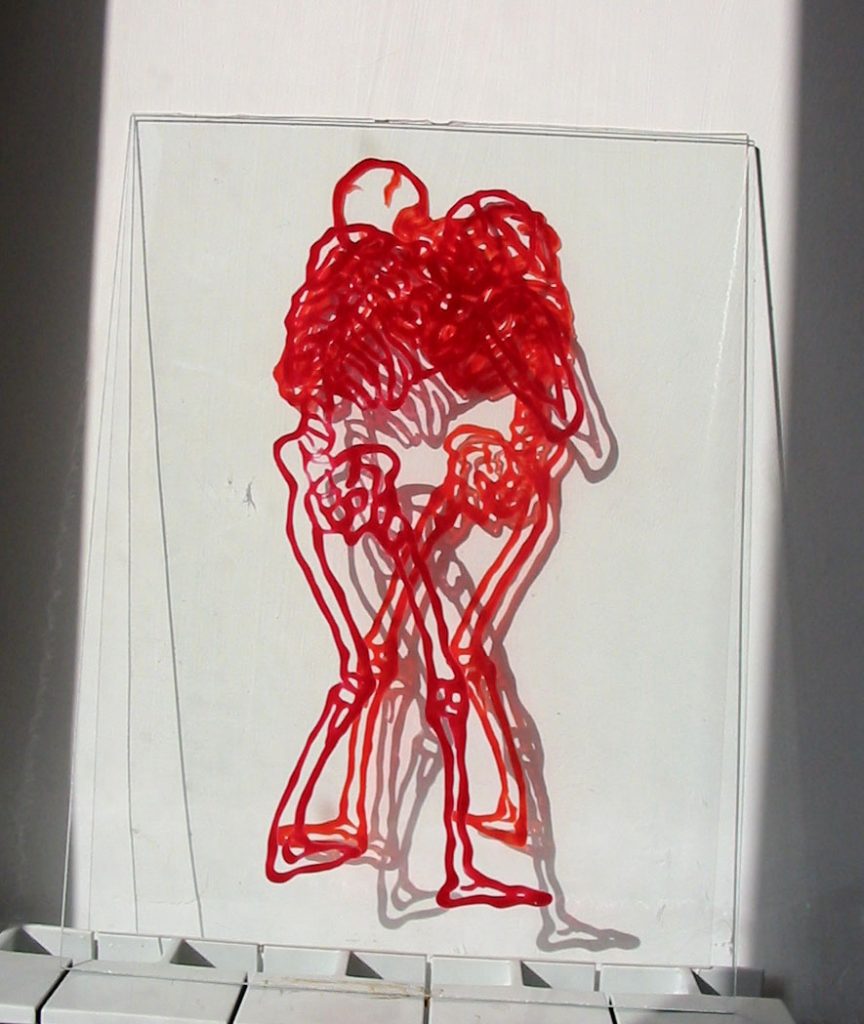
2002, Pathosformeln 01.
.
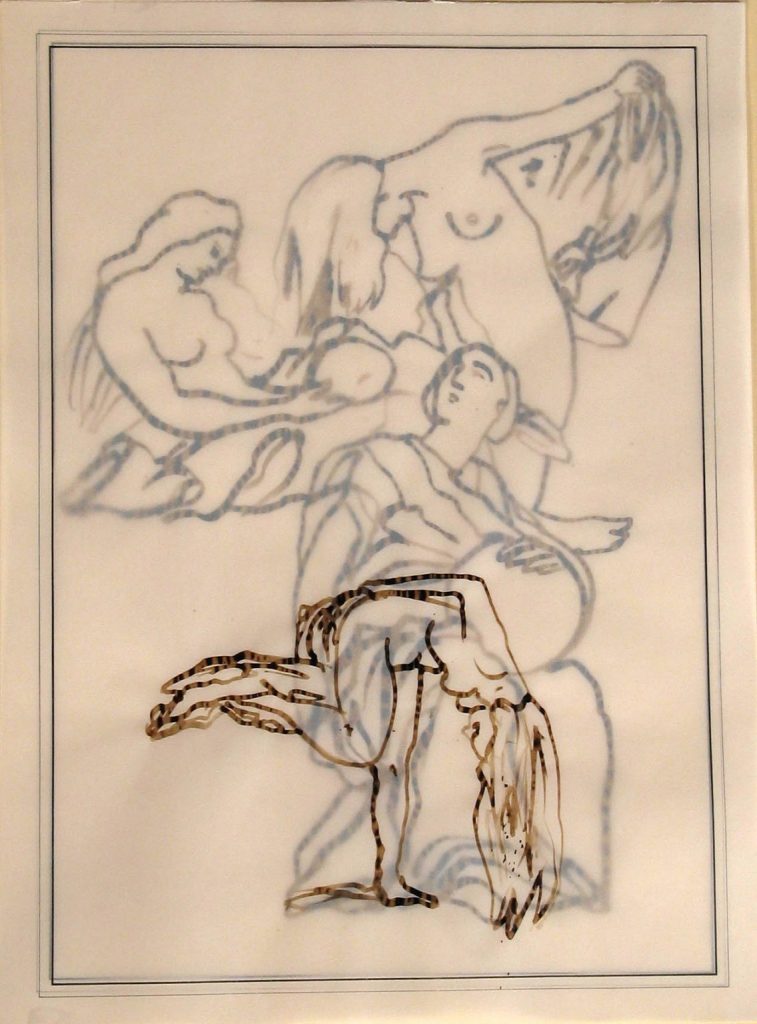
2003, Fra Urania e Maddalena 03.
.
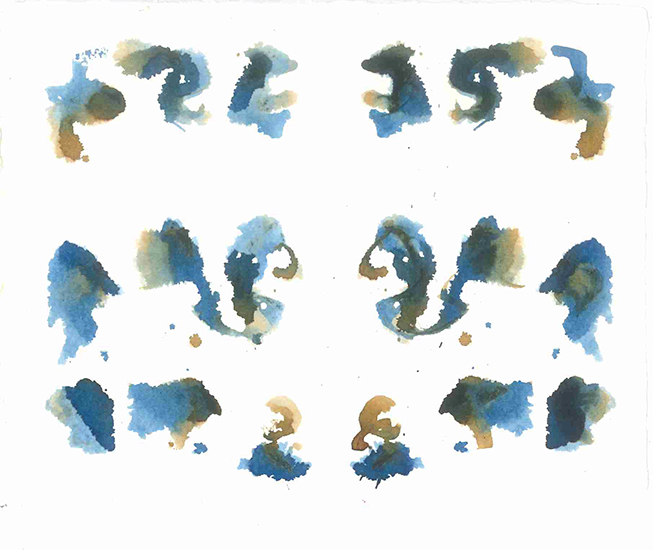
2004, Rorschach 14.
.

2009, Fragments en bleu.
.
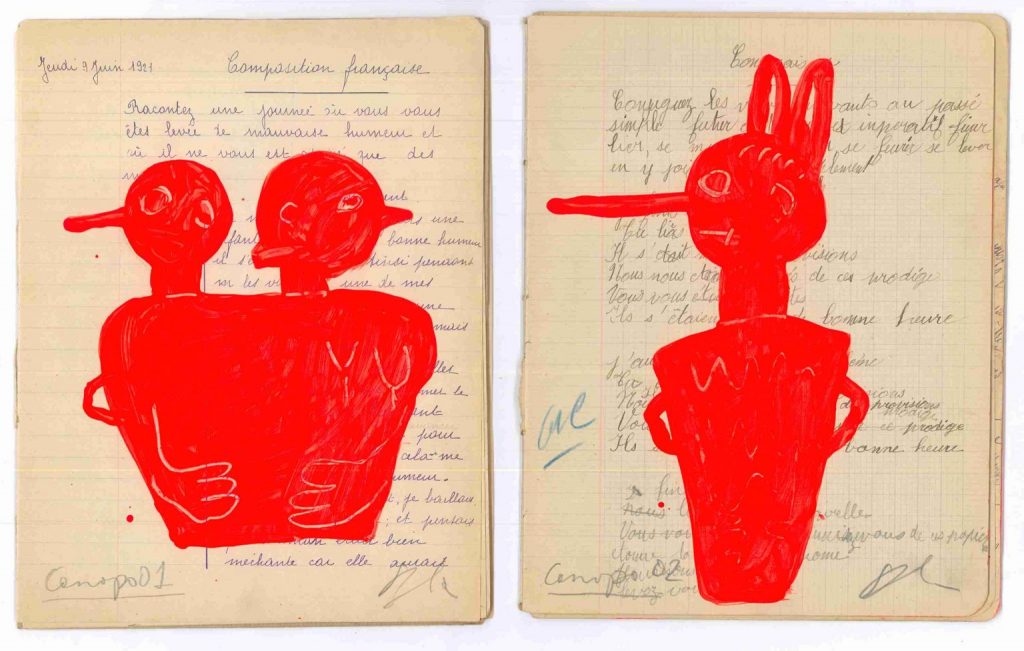
2022, Canope 01 et 02.
.
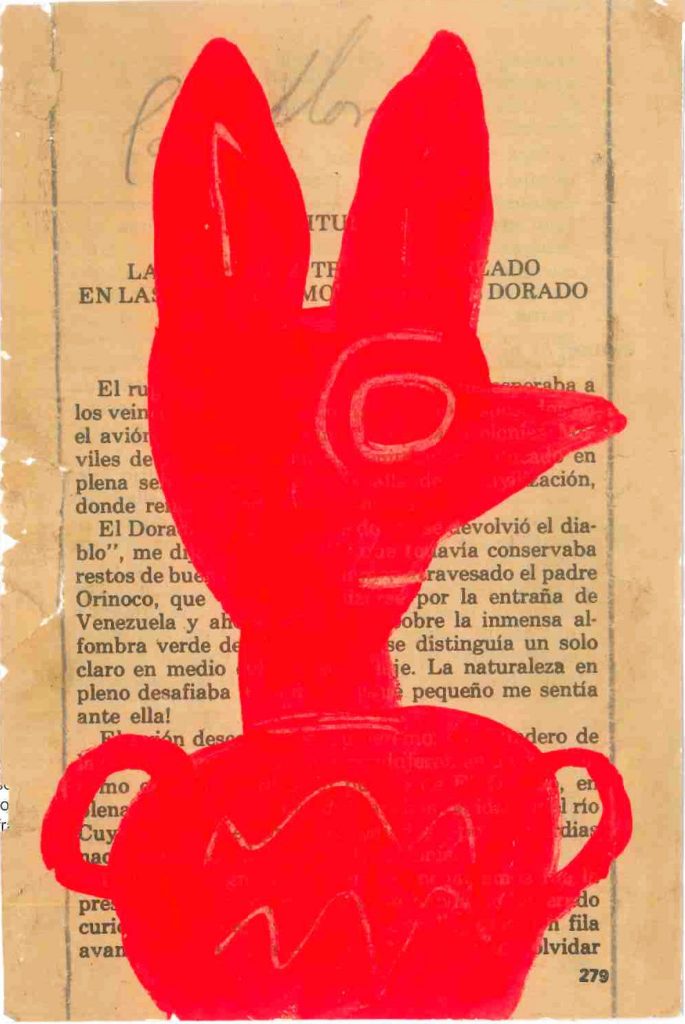
2022, Canopo-Pinocchio 10.
.
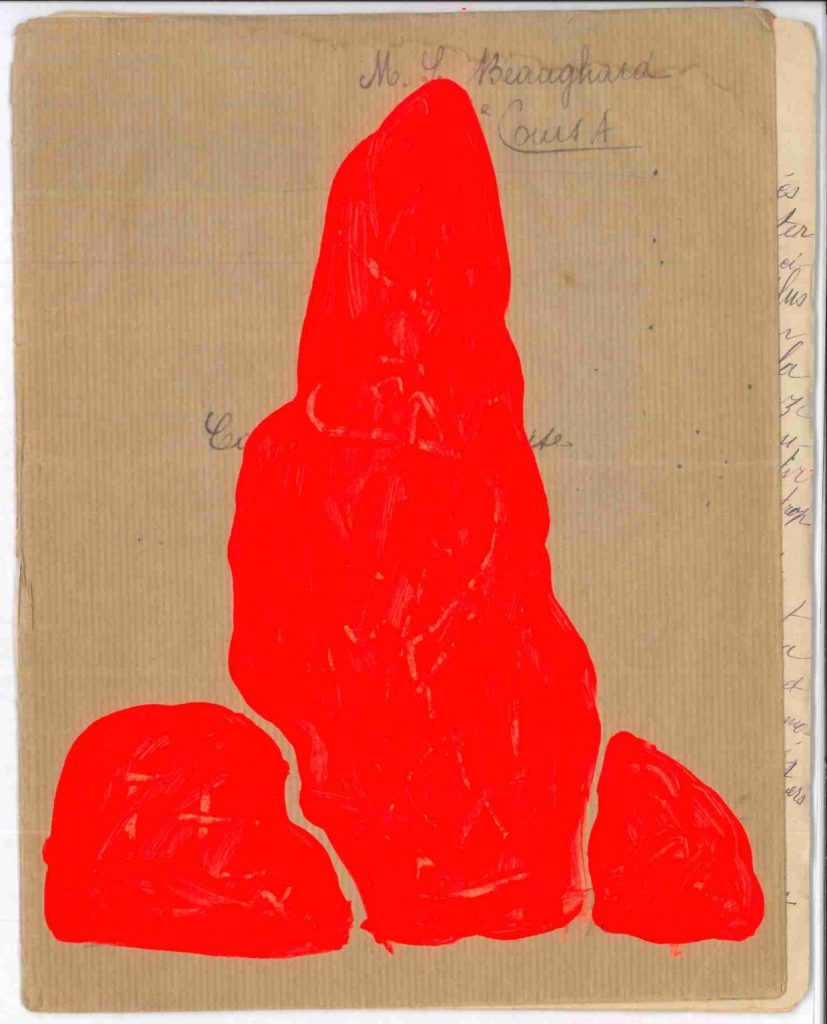
2022, Menhir 00.
.
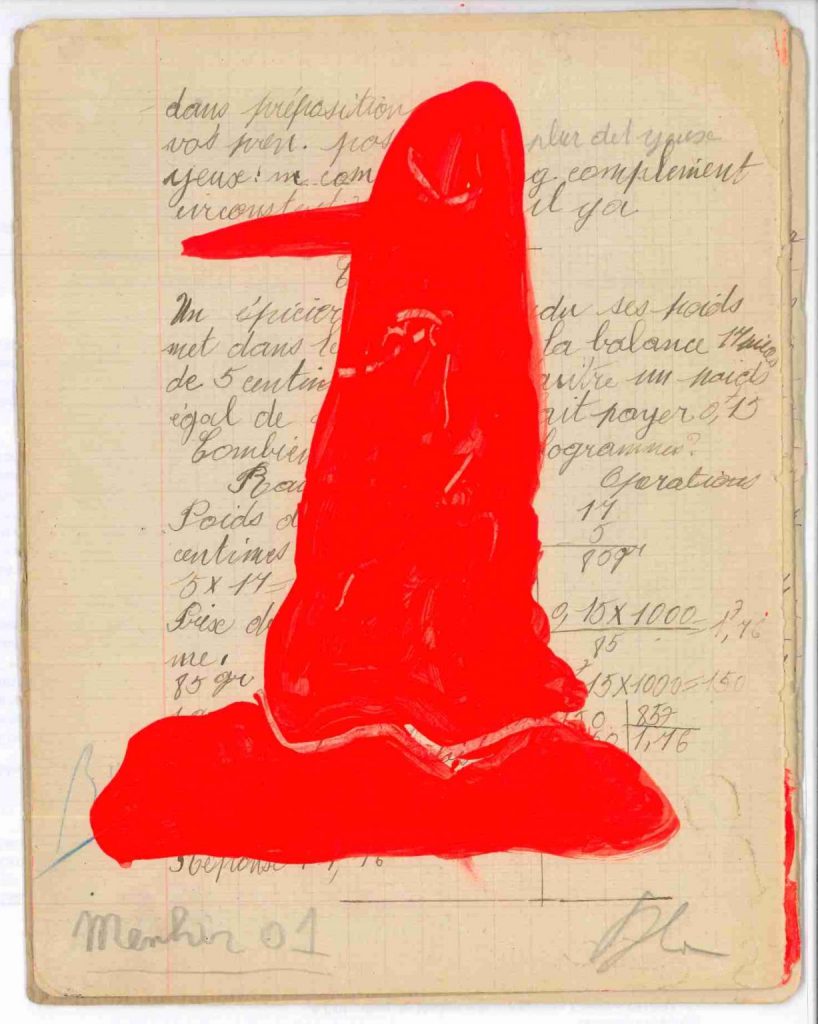
2022, Menhir 01.
.
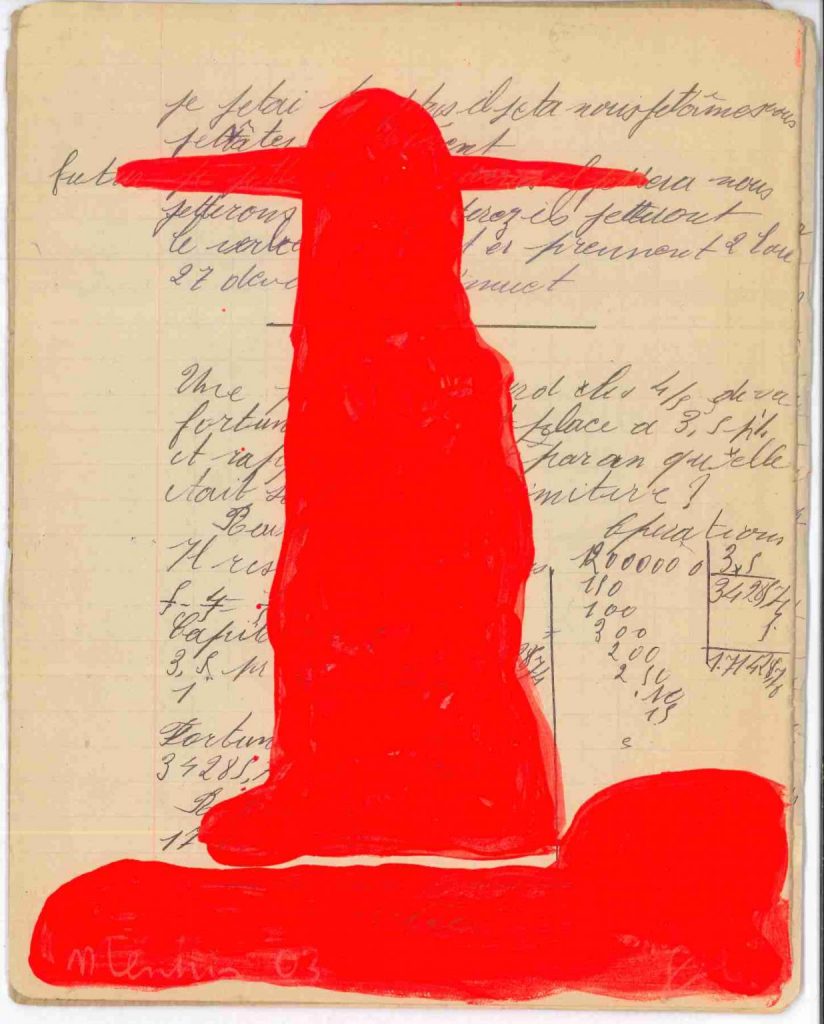
2022, Menhir 02.
.
A remaking of an older work (Ordinary Humans, 2019).
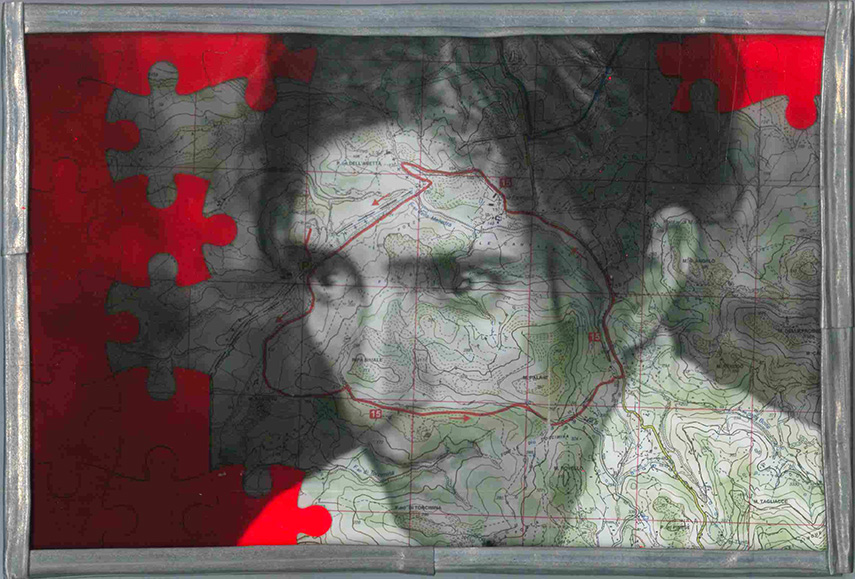
O. H. 05 Remix, 2022, 20×30.
.
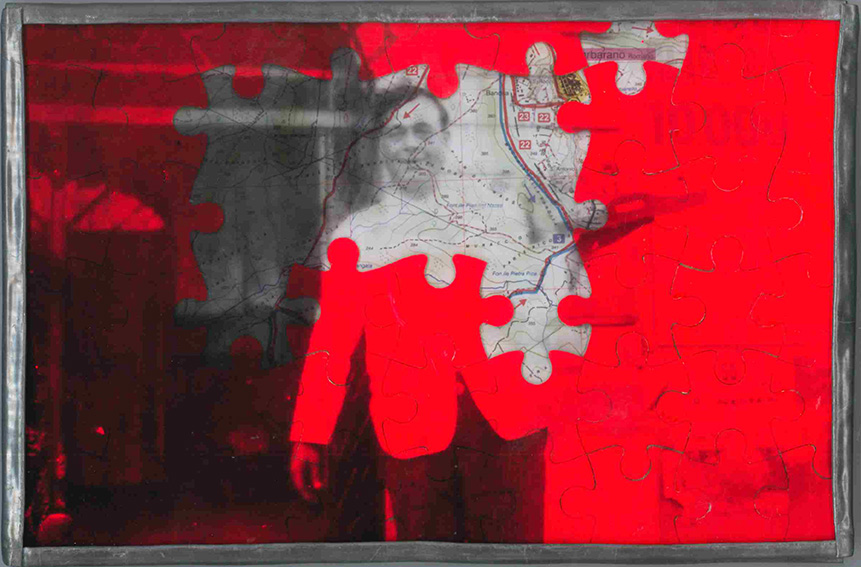
O. H. 01 Remix, 2022, 20×30.
.
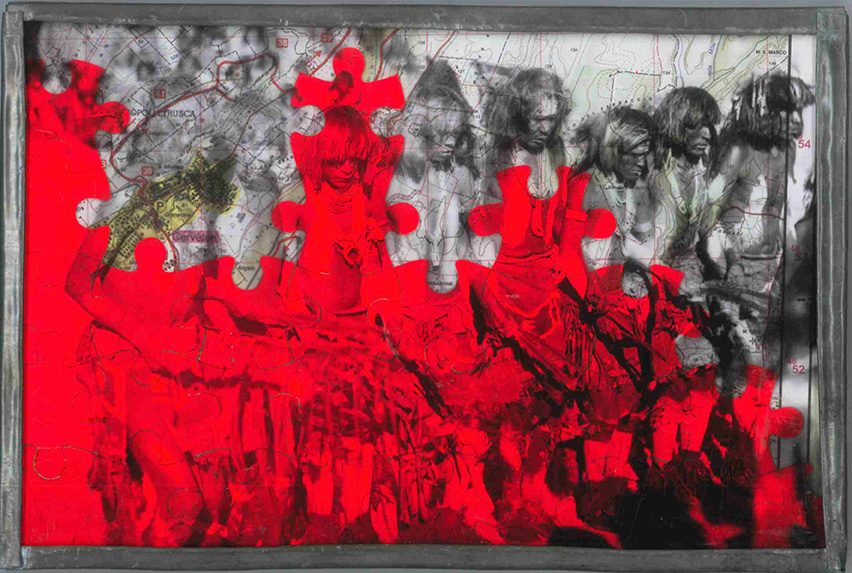
O. H. 11 Remix, 2022, 20×30.
.
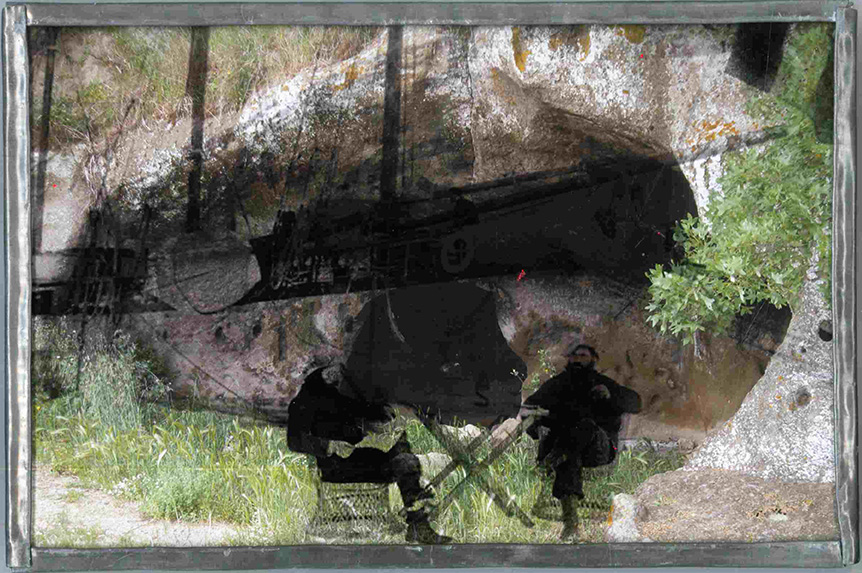
O. H. 03 La Nova, 2022, 20×30.
.
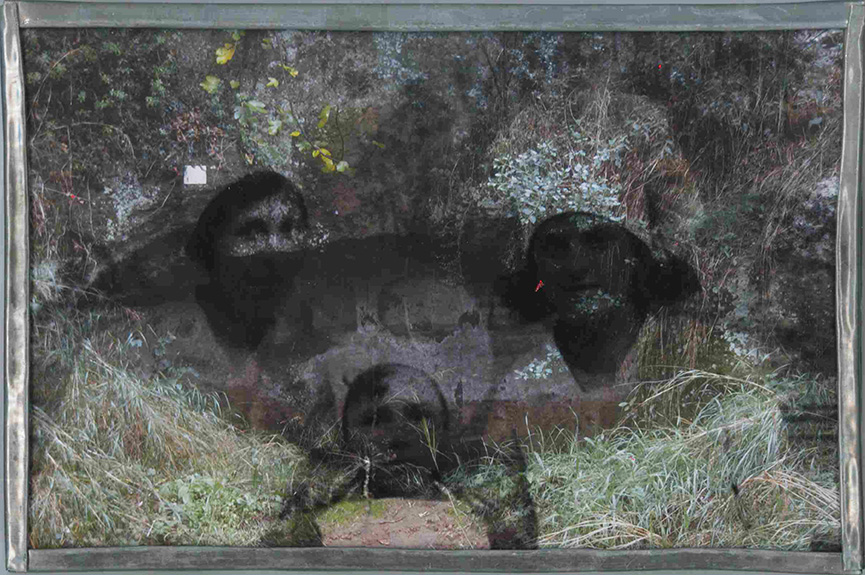
O. H. 10 Castel d’Asso, 2022, 20×30.
.
Three series of “zoological illustrations” :
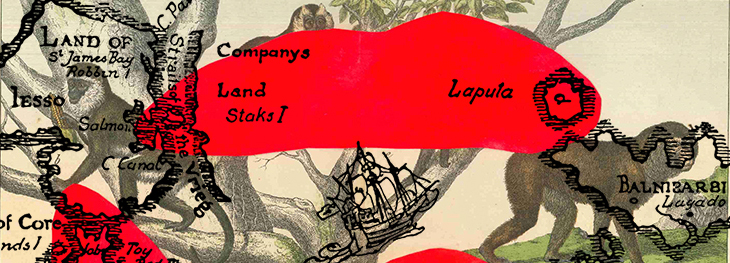
and Raubtiere 2020 .
.
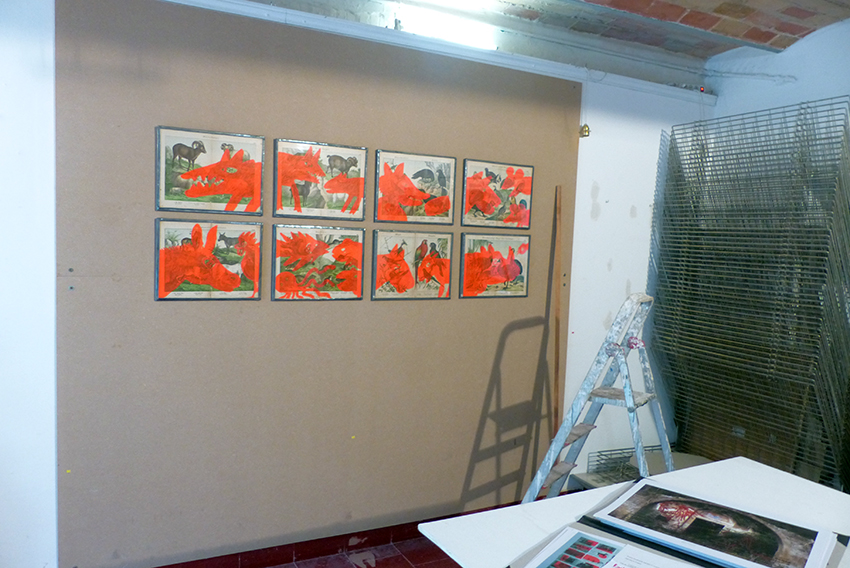
The first presentations of the series Raubtiere and Predators:
Bordeaux March-May 2021 and Nîmes December 2021
.
A notebook from thirty years ago, recently found.
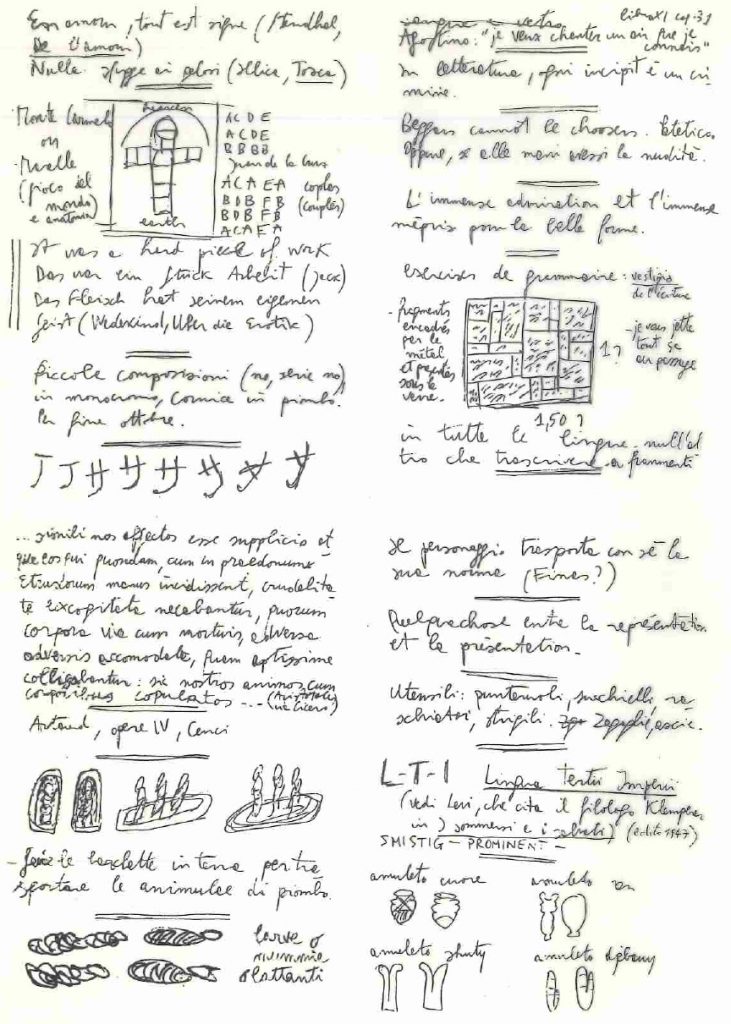
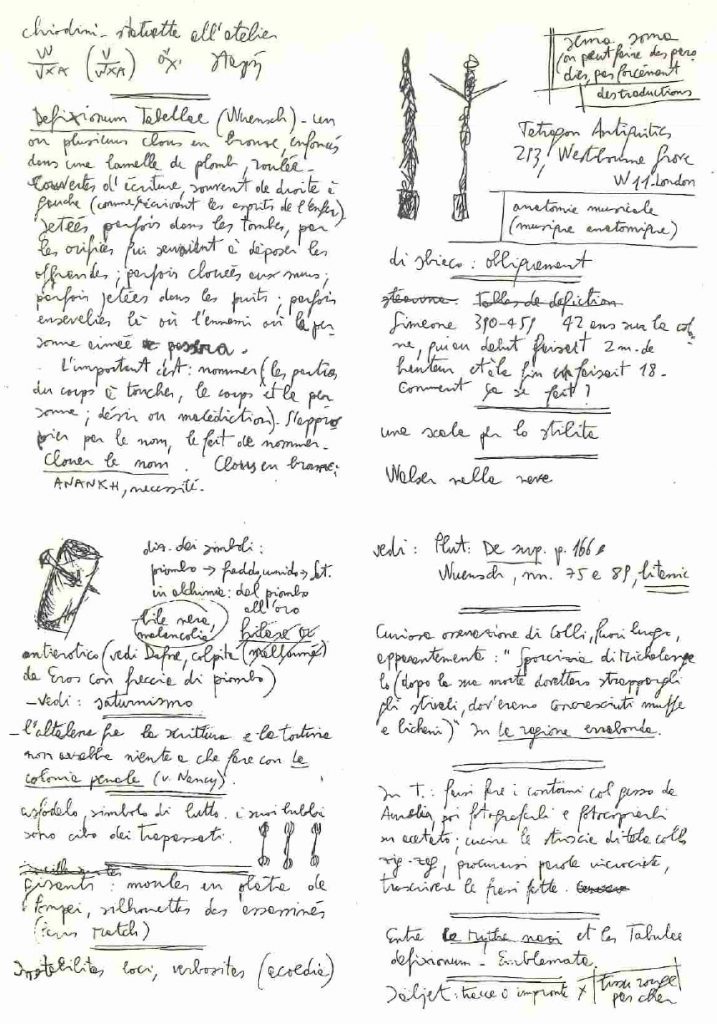
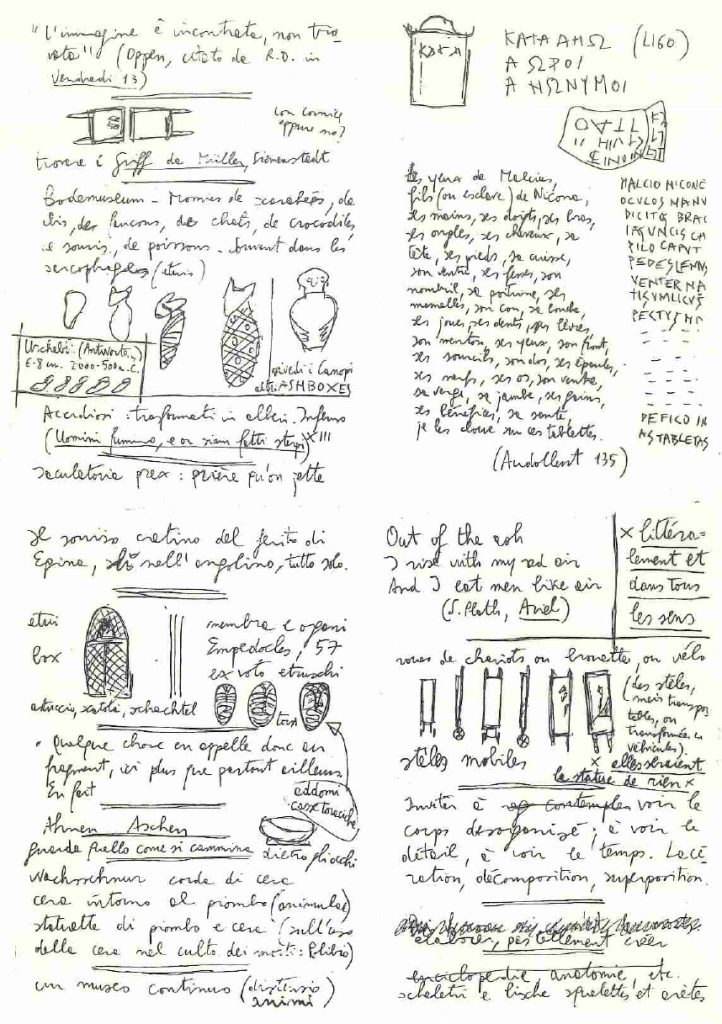
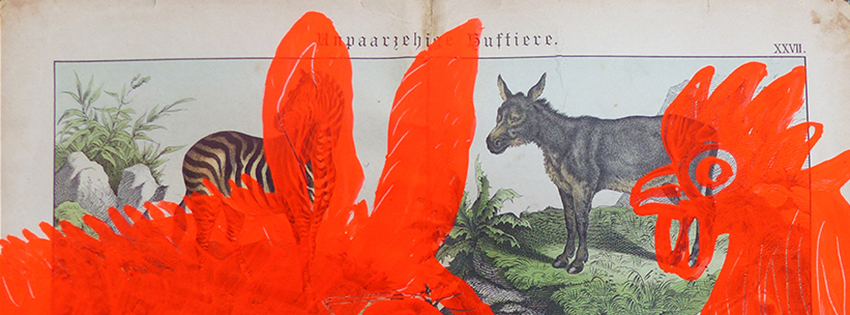
Superb 19th-century German zoological prints that I disfigured by superimposing fluorescent acrylic silhouettes, some of which refer to features depicted in the prints, while others are totally unrelated. The source of this inspiration was my vague recollection of the never-reread 17th-century French literary classic, La Fontaine’s Fables or of various French or German animal tales, which I attribute to the Age of Enlightenment.
Des planches zoologiques allemandes du XIXe siècle, superbes, que je me suis autorisé à abimer en leur superposant des silhouettes à l’acrylique fluorescent, prenant appui sur des éléments de l’image, ou les ignorant. Dans la tête, le vague souvenir des jamais relues Fables de la Fontaine ou de certains contes animaliers, français ou allemands, que je situe à l’âge des Lumières.
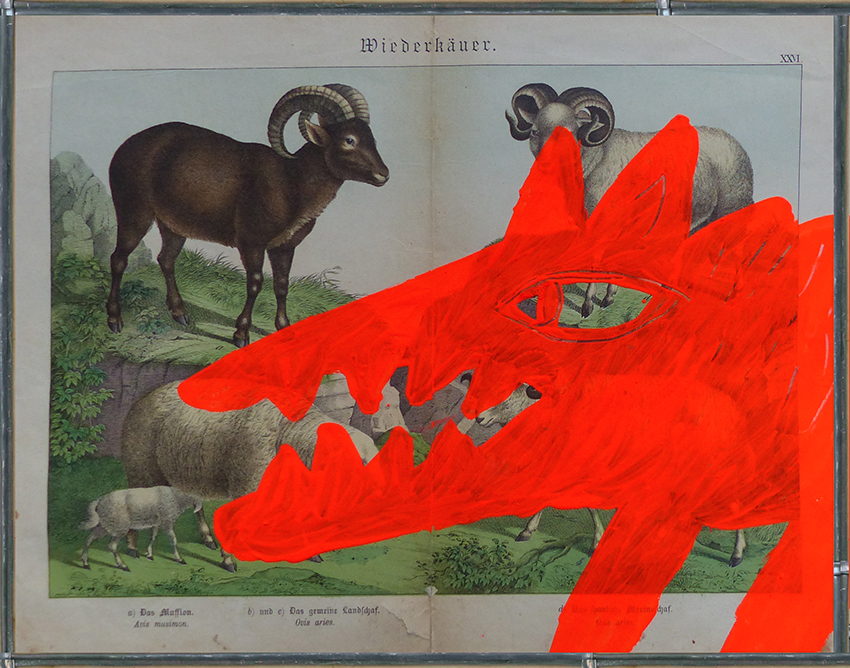
Predators 01 (Raubtiere bis 01), 33×42 (sold).
.

Predators 02 (Raubtiere bis 02), 33×42.
.
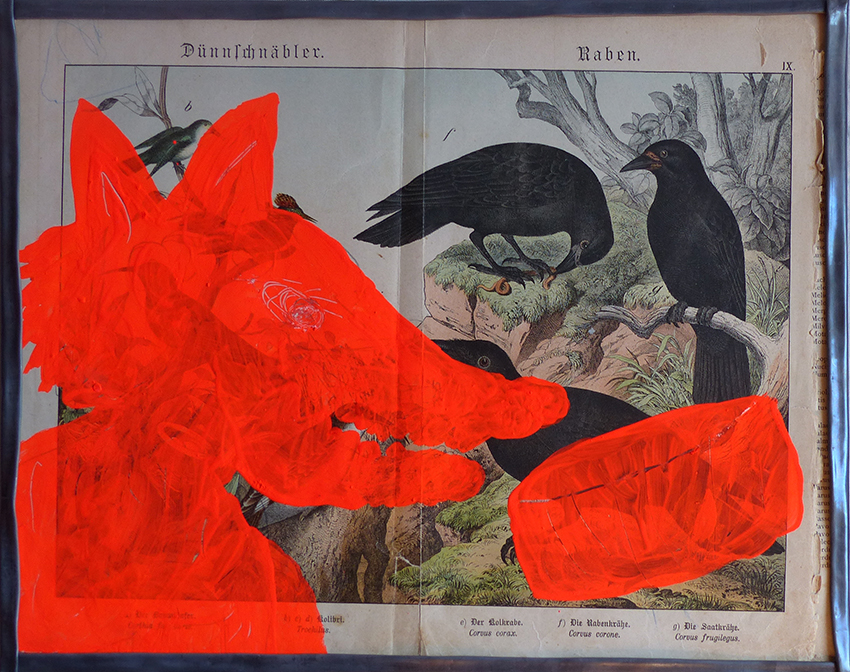
Predators 03 (Raubtiere bis 03), 33×42.
.
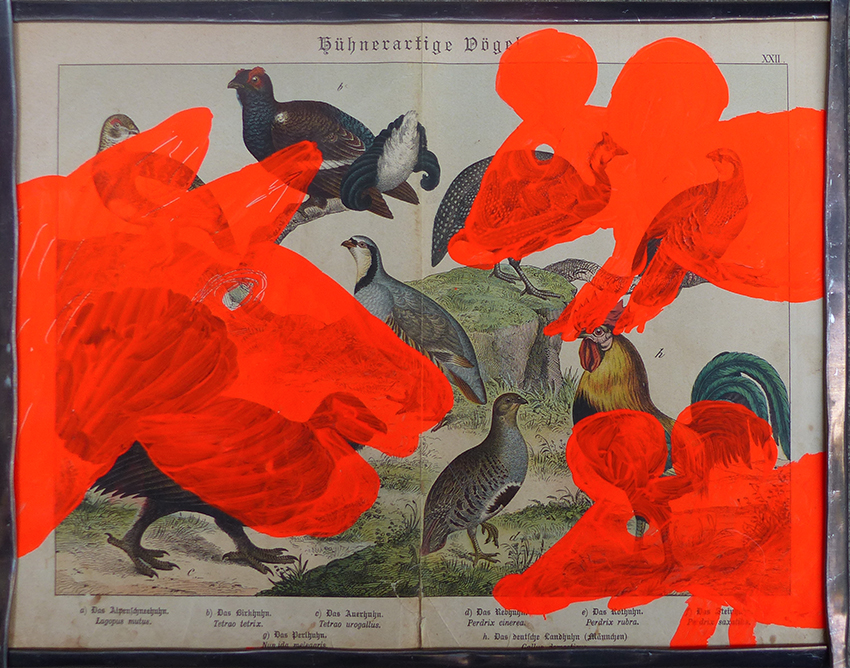
Predators 04 (Raubtiere bis 04), 33×42.
.
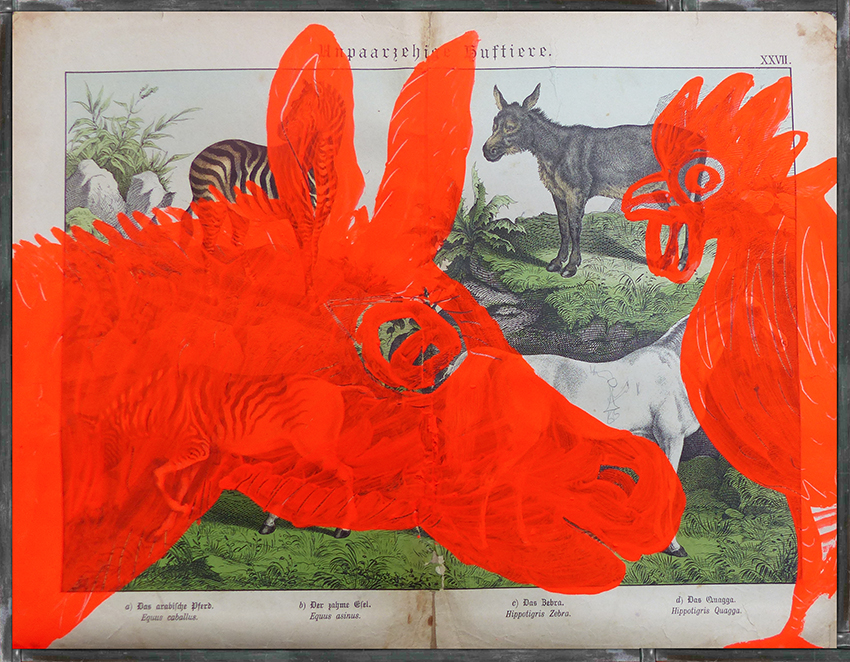
Predators 05 (Raubtiere bis 05), 33×42.
.
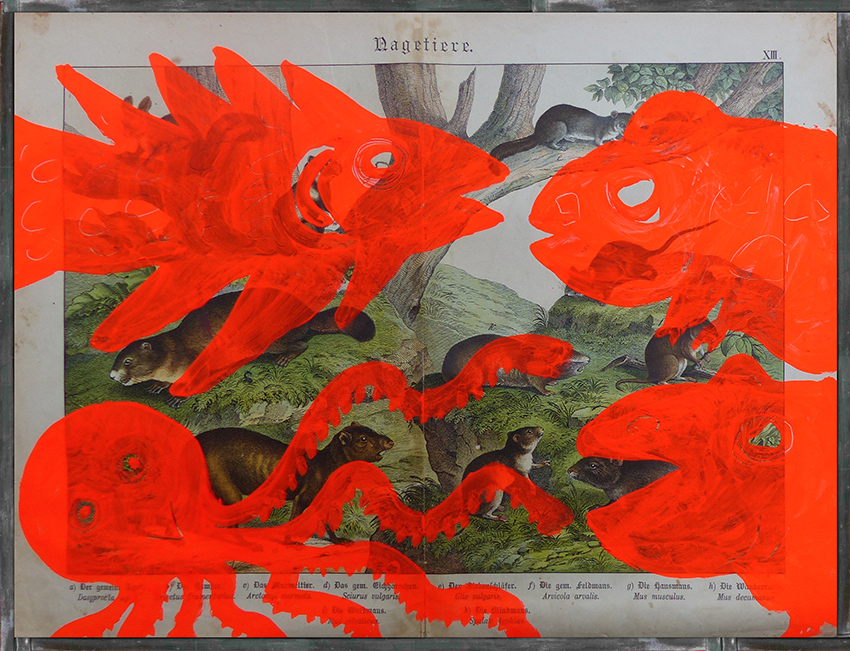
Predators 06 (Raubtiere bis 06), 33×42.
.
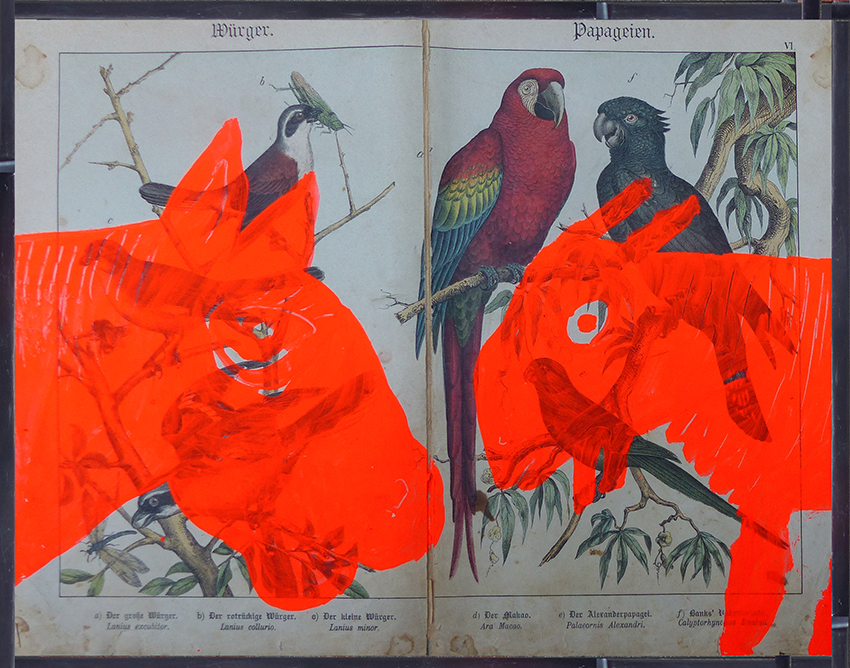
Predators 07 (Raubtiere bis 07), 33×42.
.
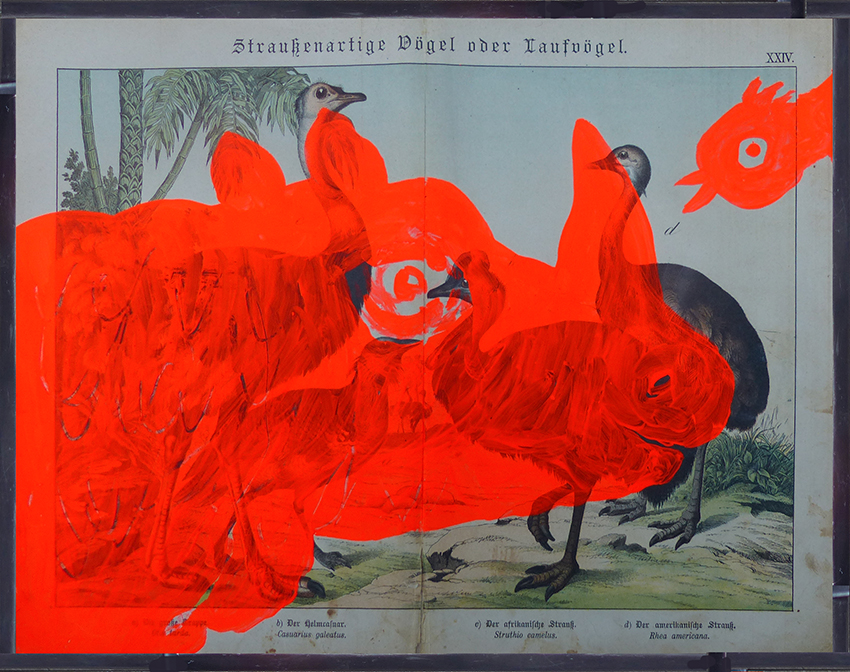
Predators 08 (Raubtiere bis 08), 33×42.
.
The first presentation of this series here.
.
Thesis #1: The Solitude of Monuments.
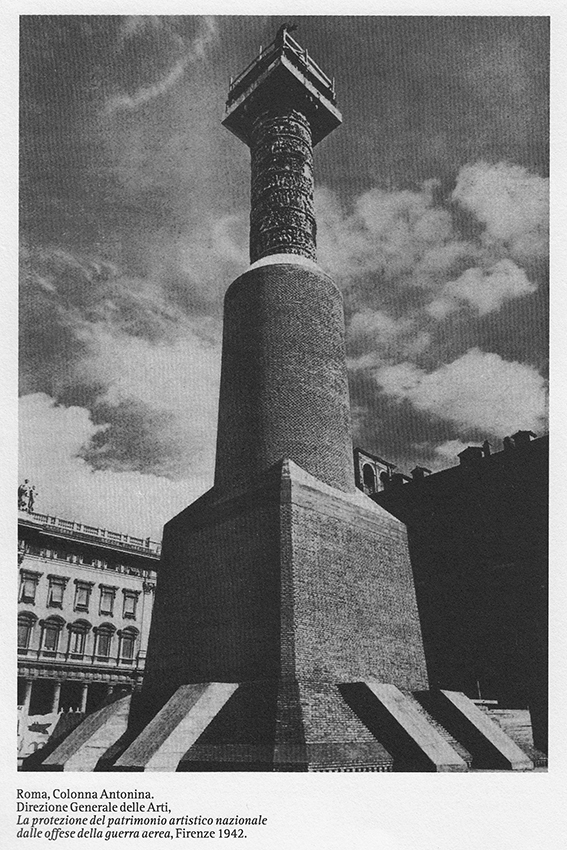
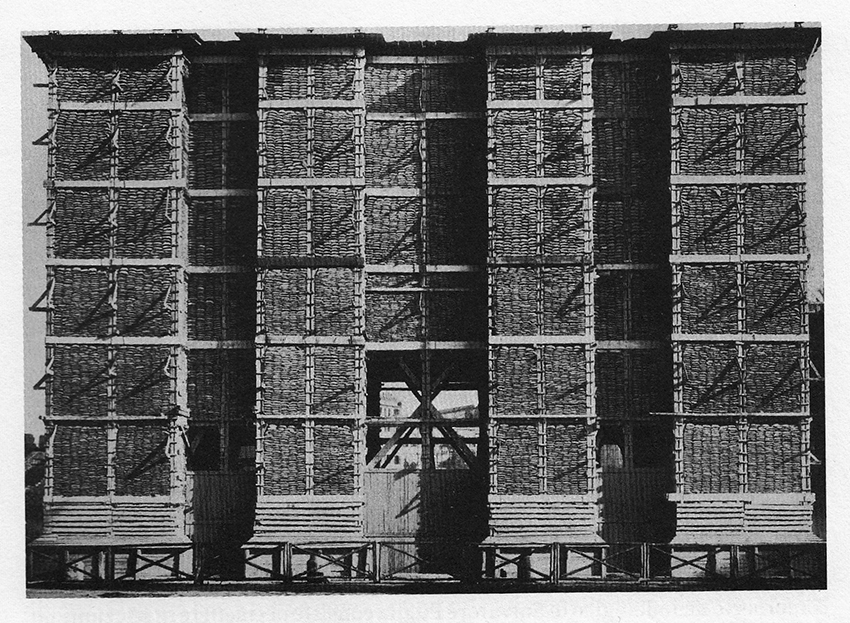
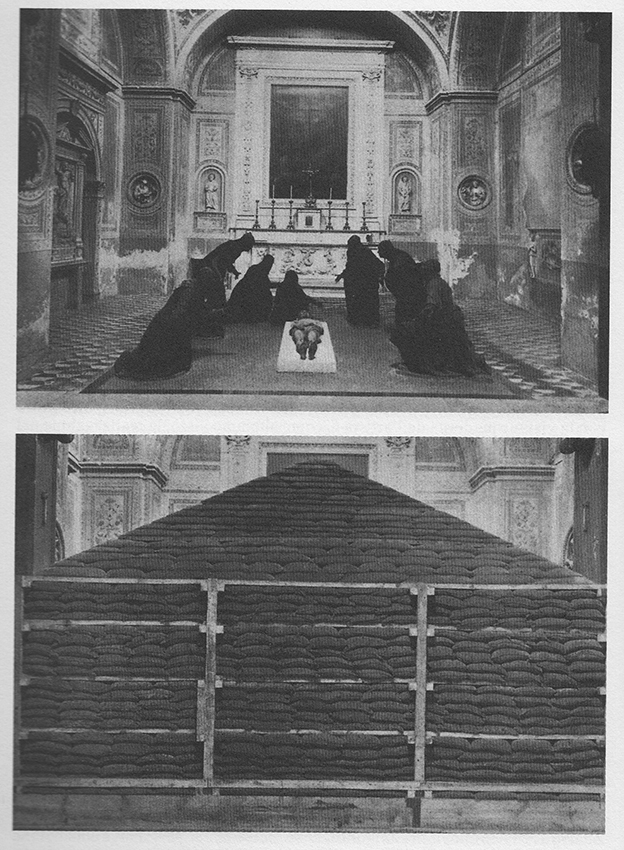
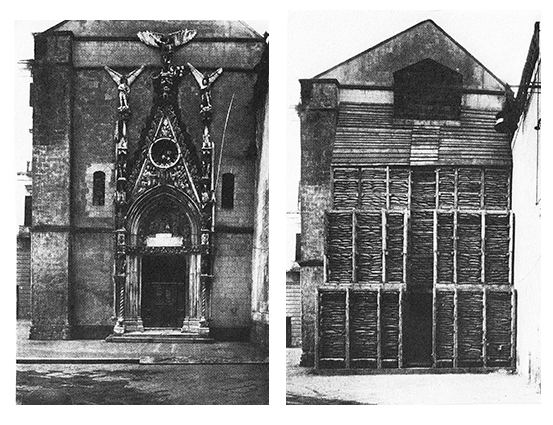
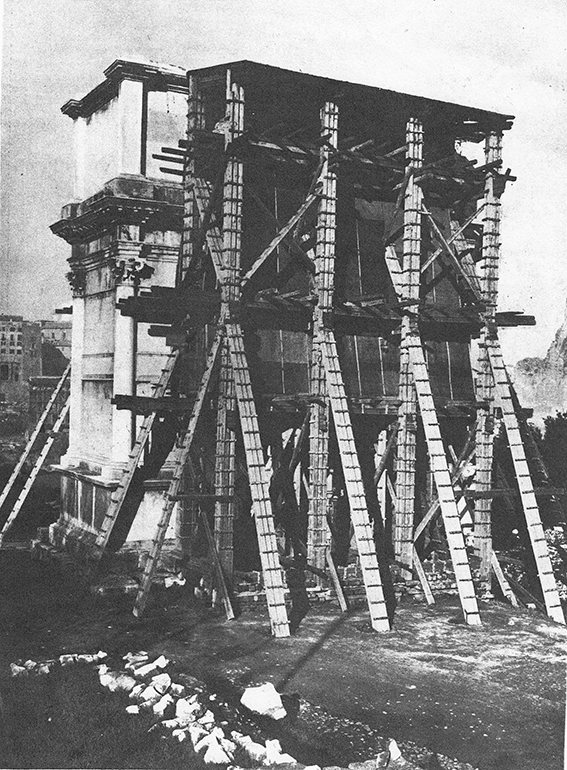
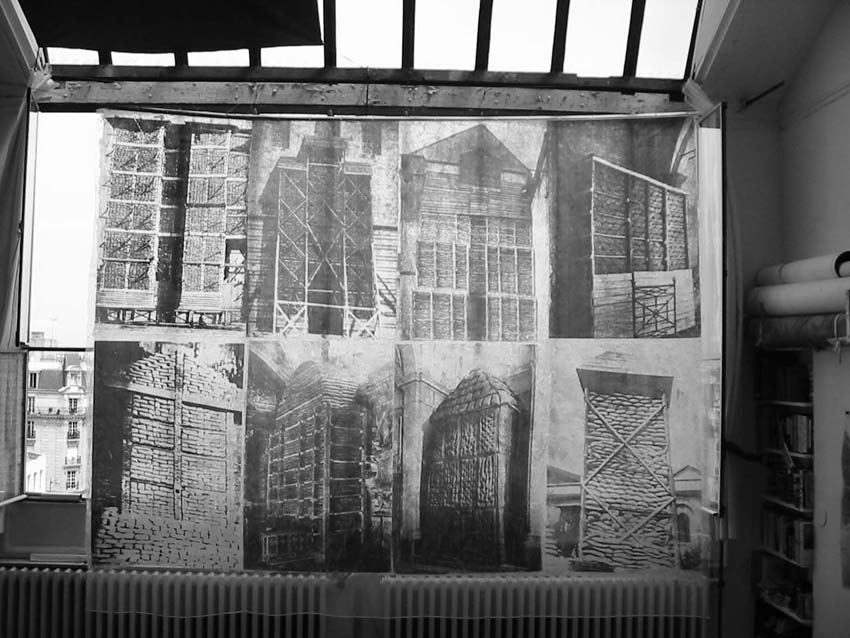
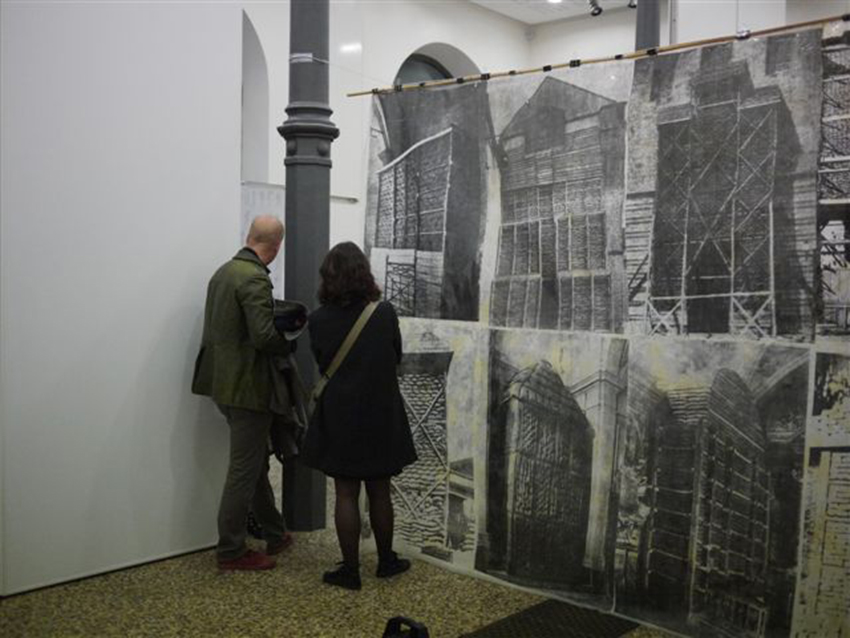
.
Thesis #2 Die Ruinenwerttheorie/The Theory of Ruin Value.
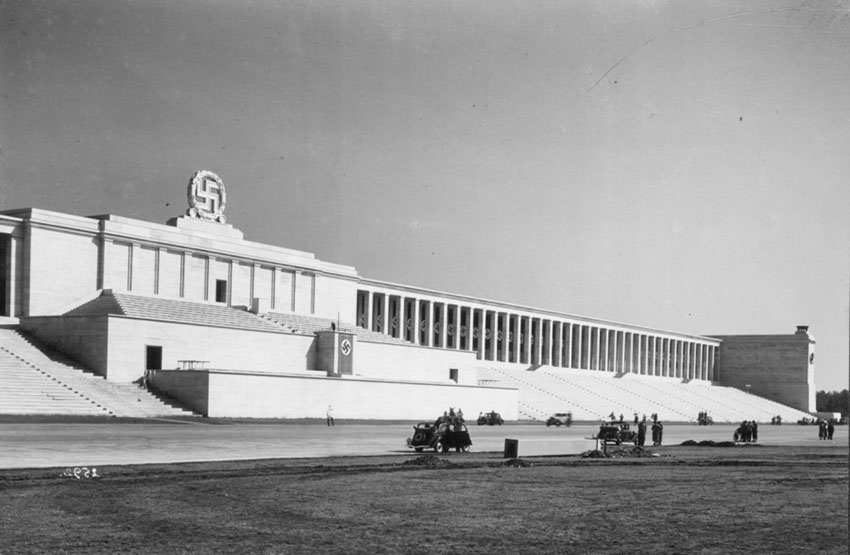
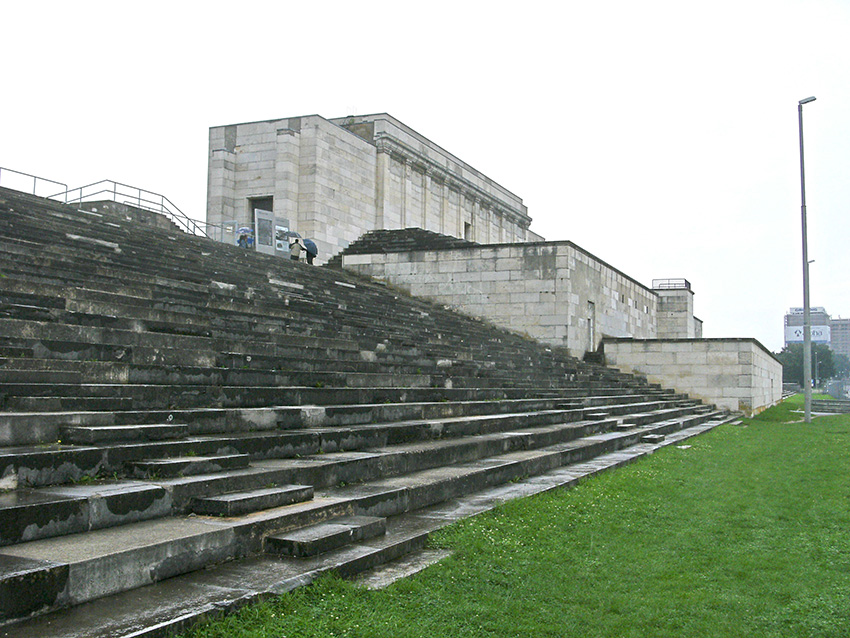
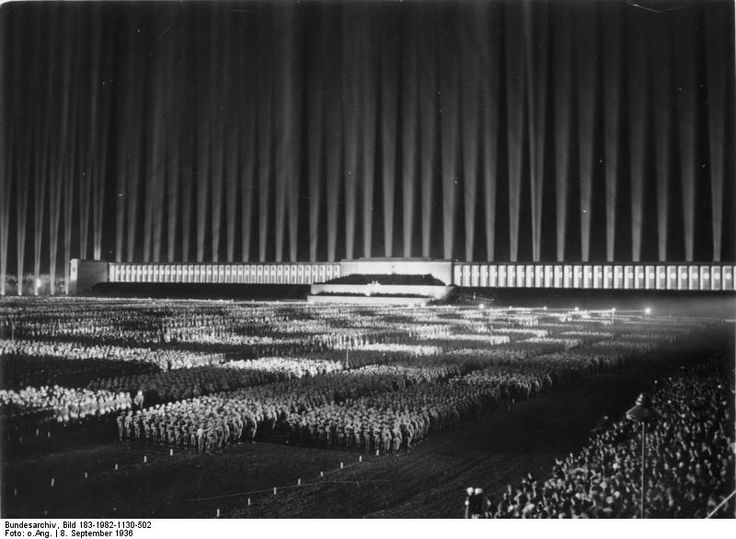
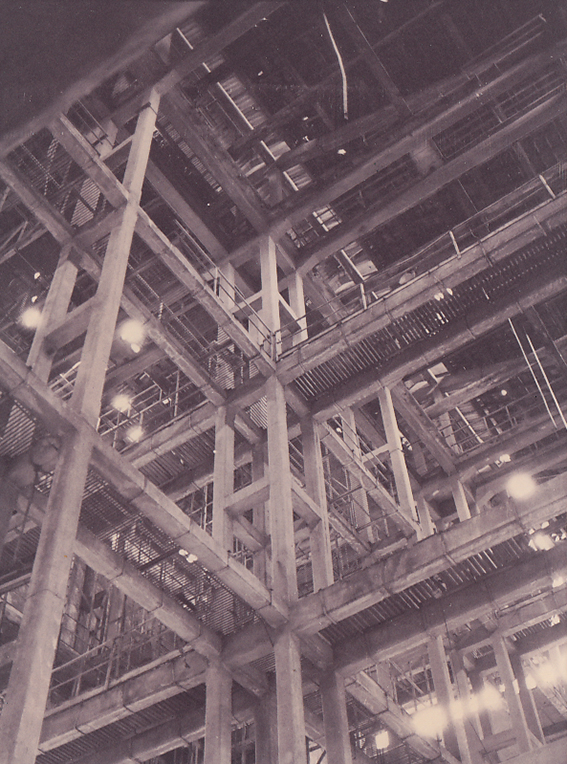
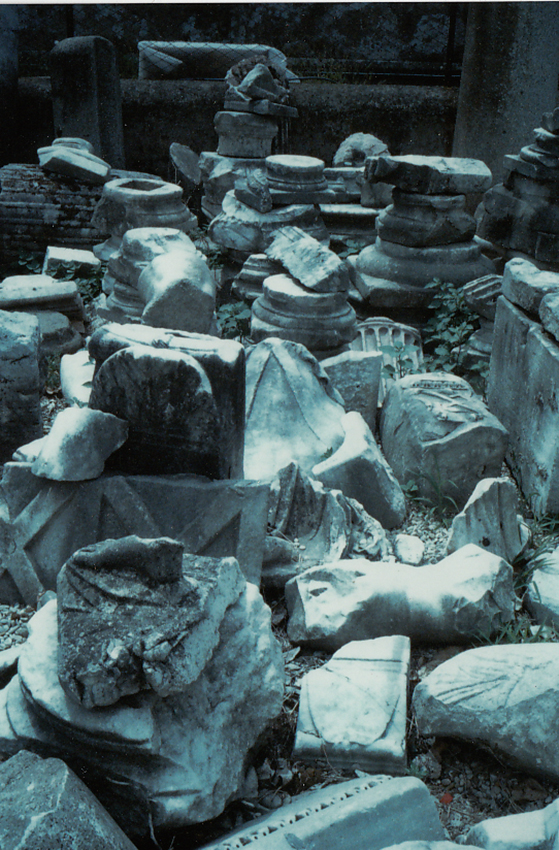

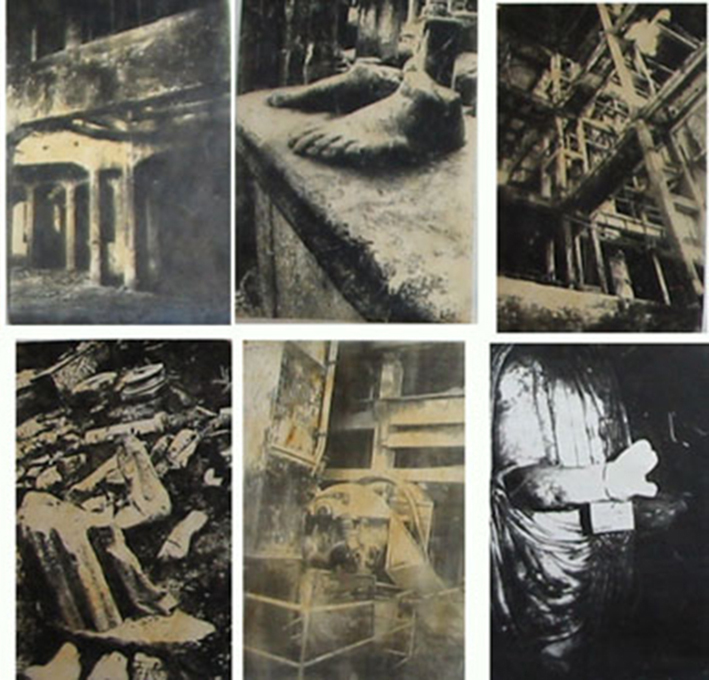
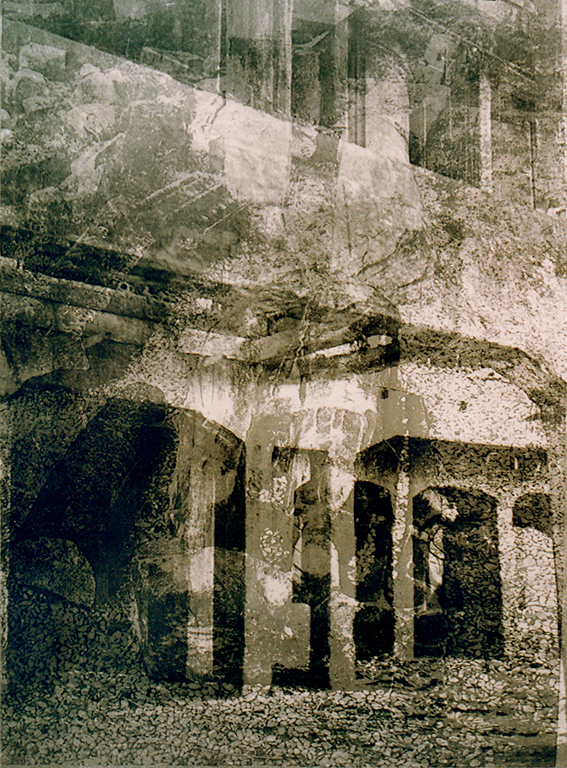
![]()
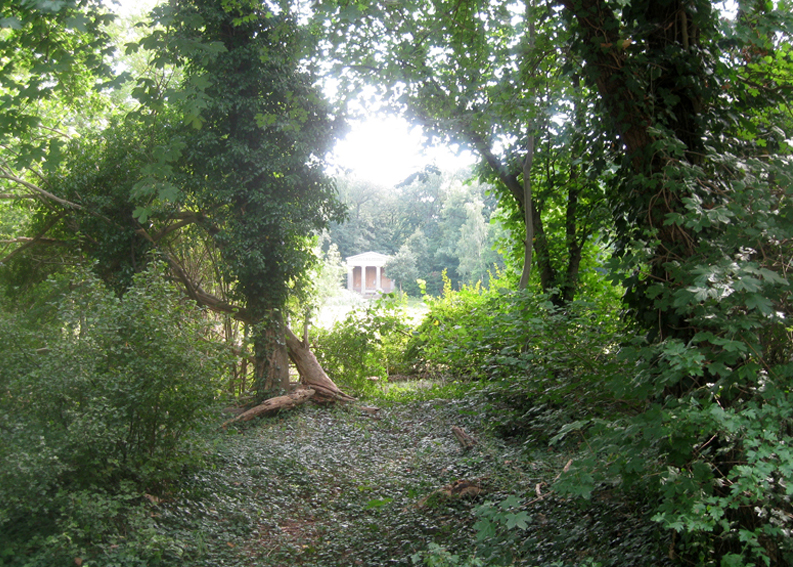
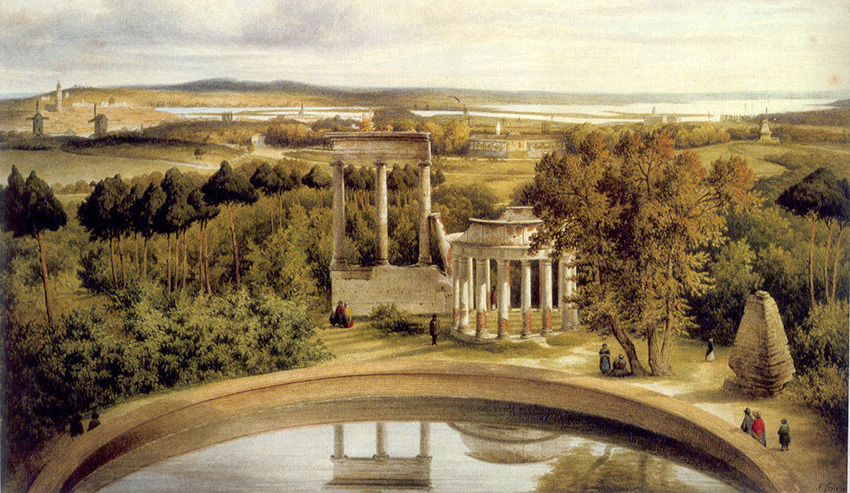
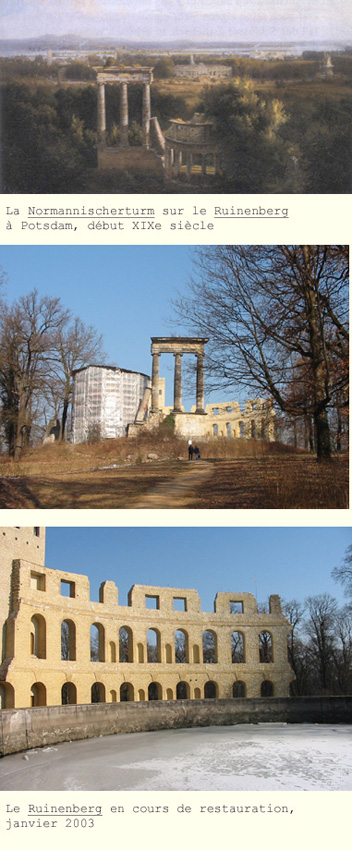
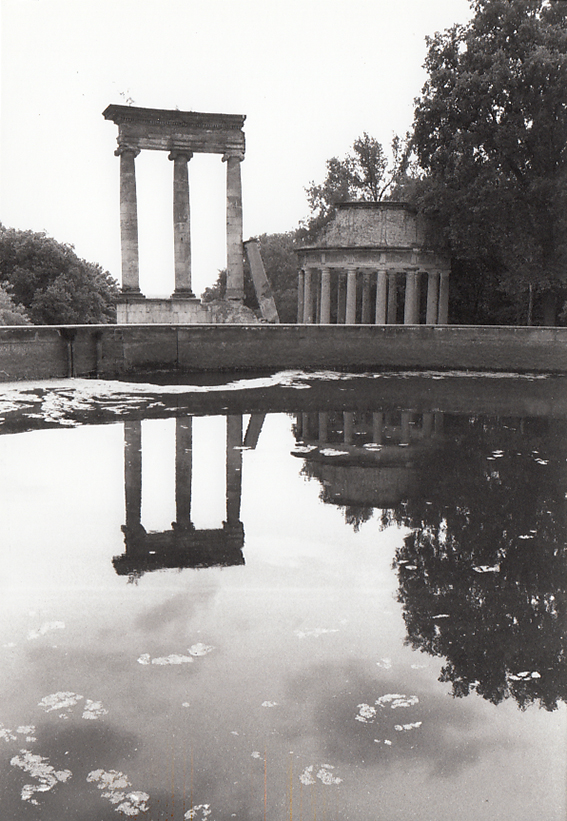
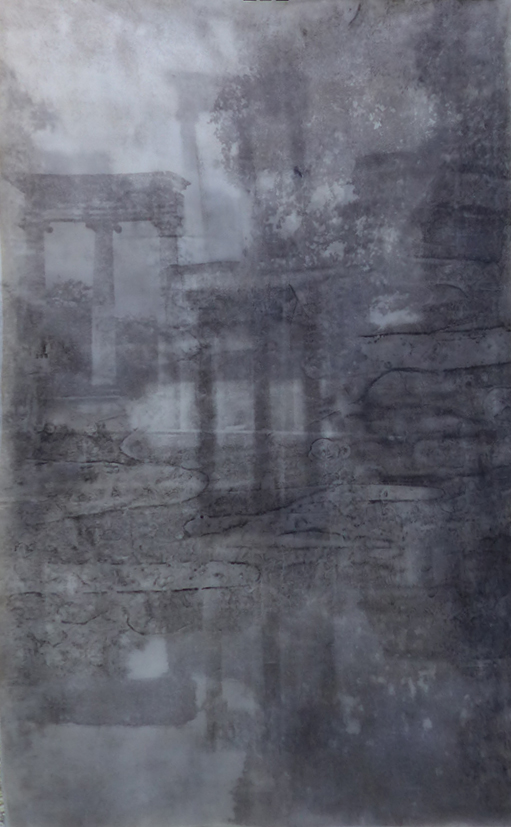
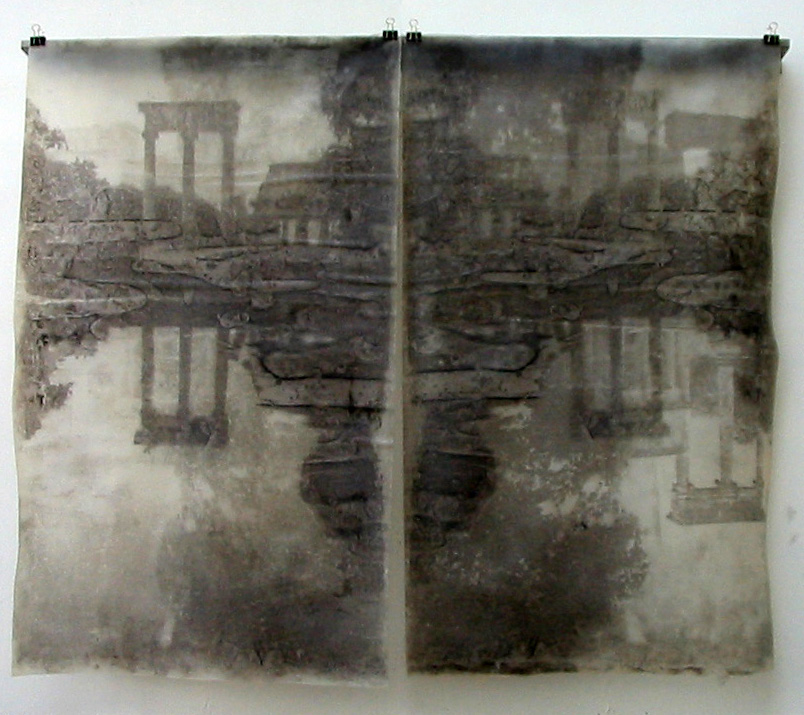

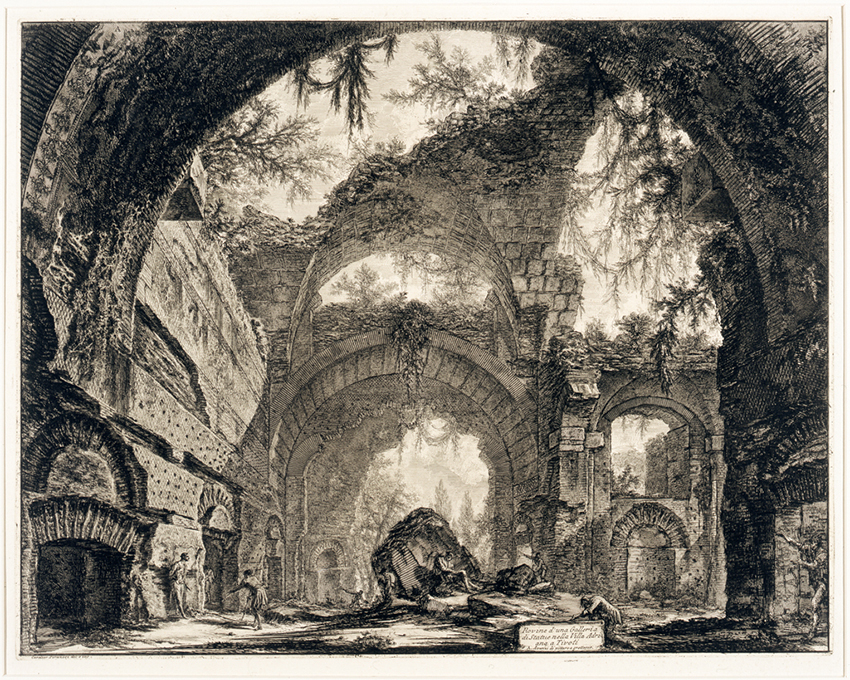
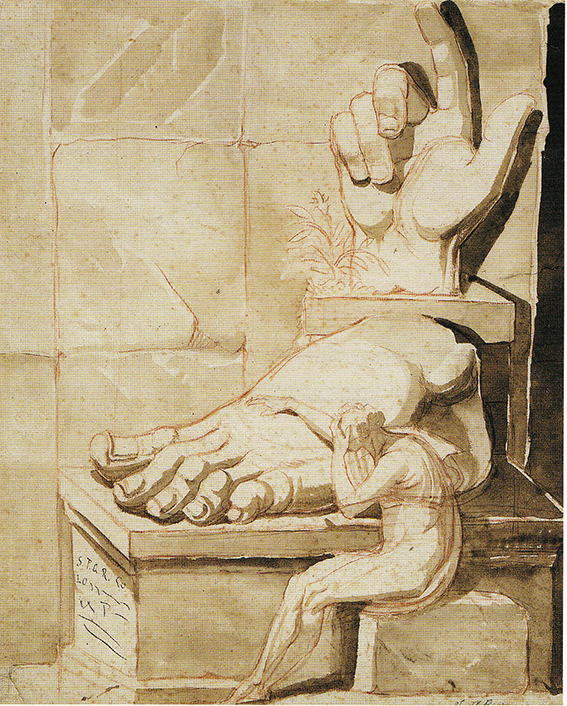
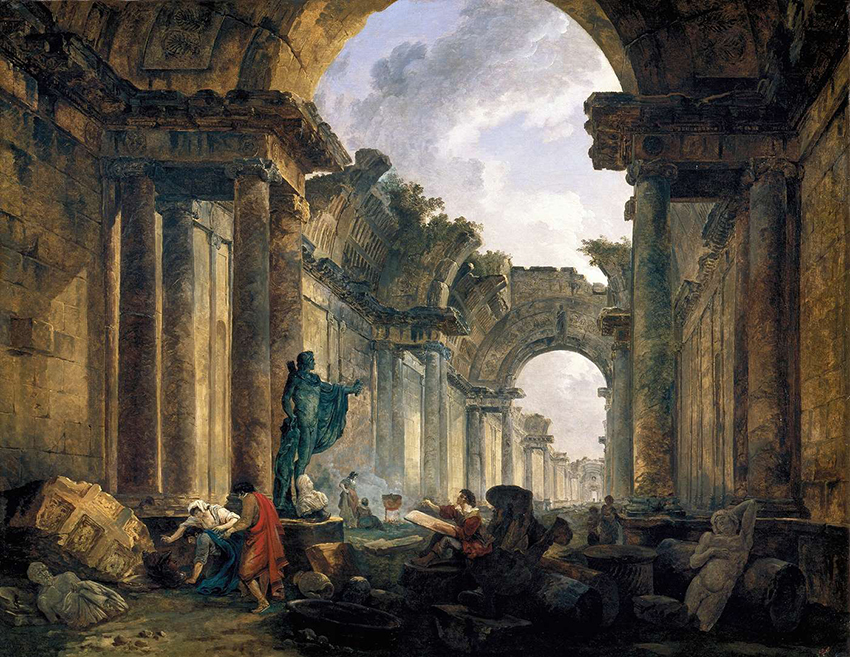
.
Thesis #3: Sentimentalisierung ist Verbrechen / Sentimentalizing is a crime.
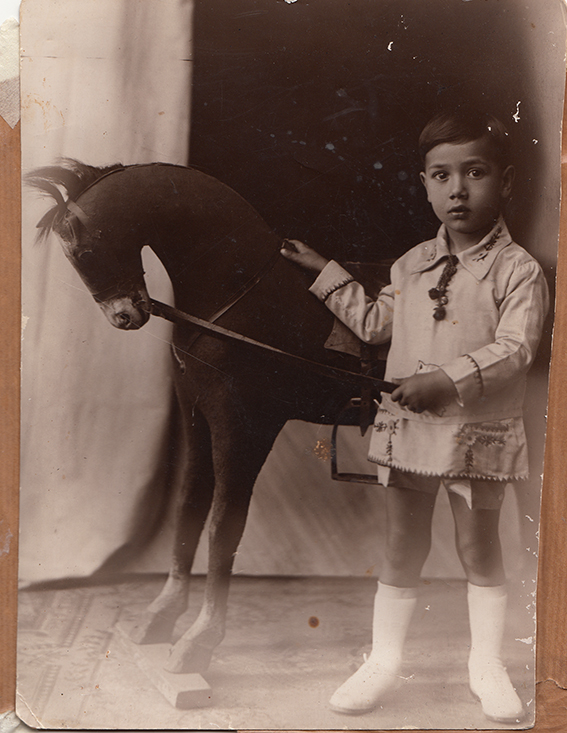
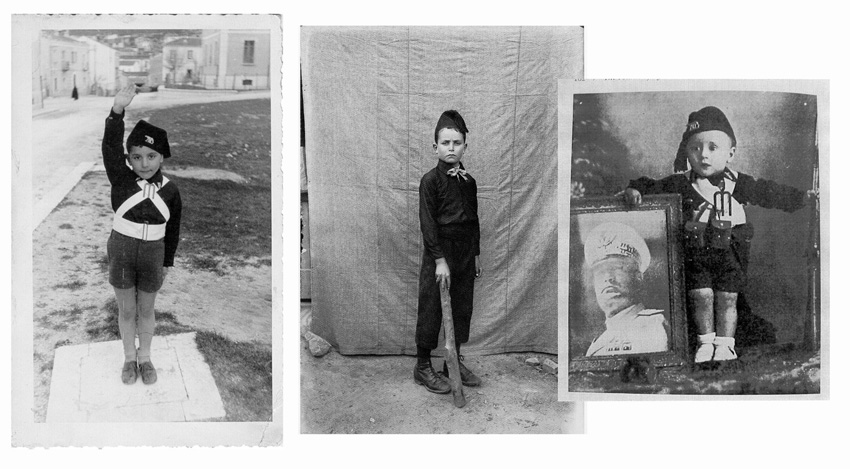
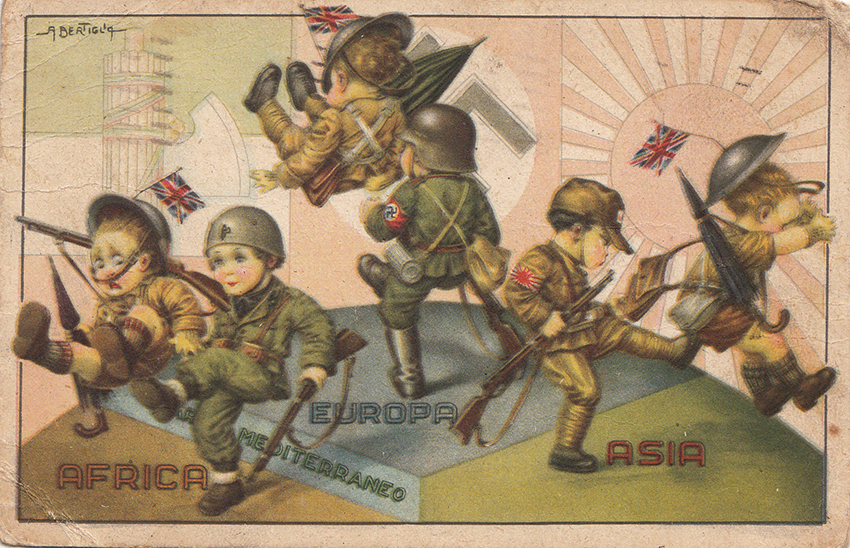
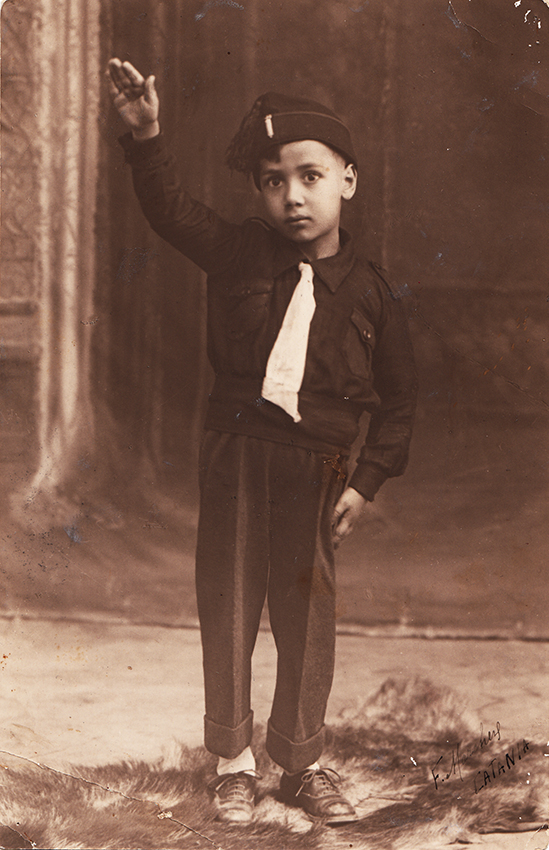




.
Thesis #4. Colpi proibiti/Forbidden Blows.

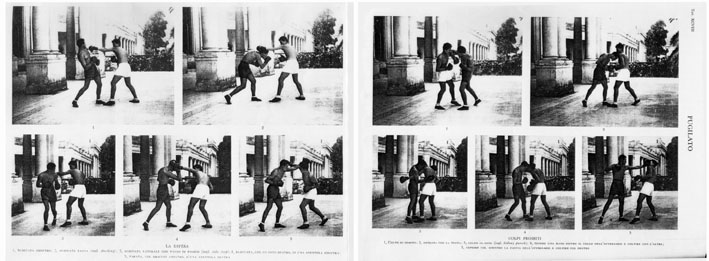
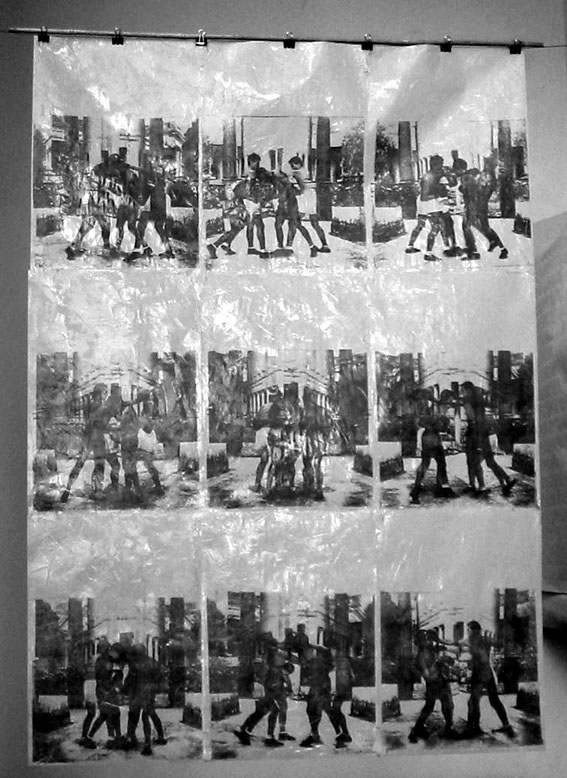
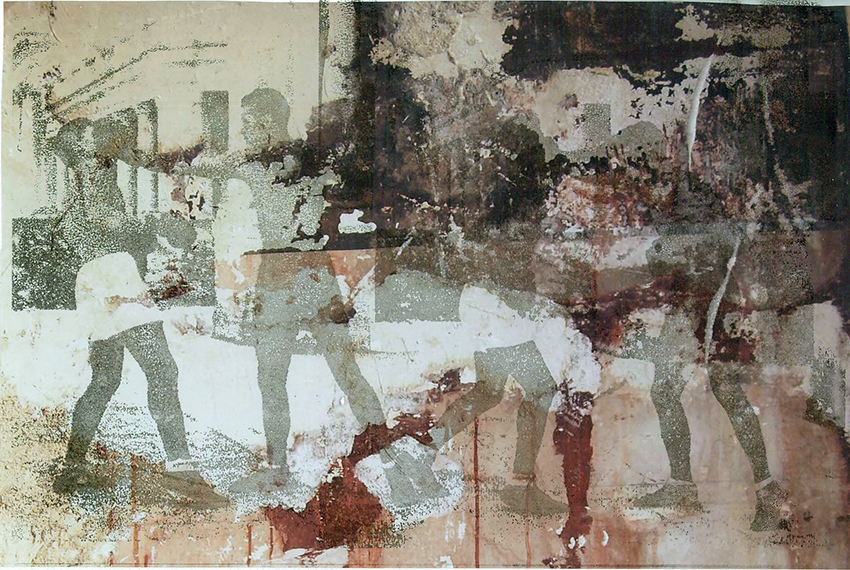
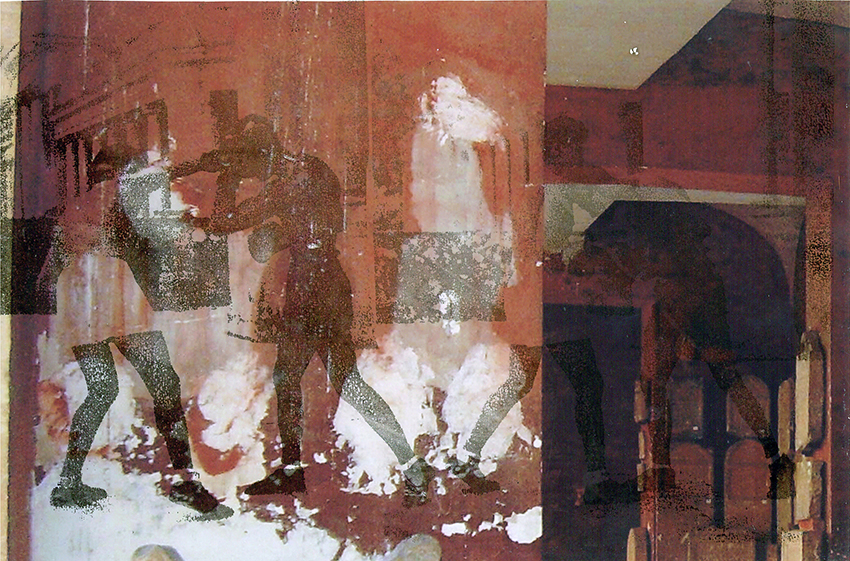
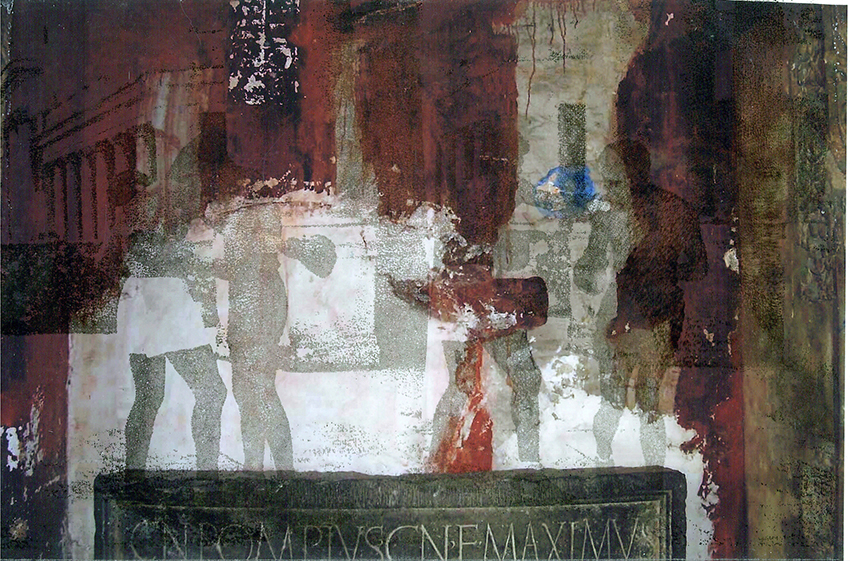
The English version of the text:
Four Theses on the Aesthetics of Fascism (2003-2015)
La version française :
Quatre thèses sur l’esthétique du fascisme (2003-2015)
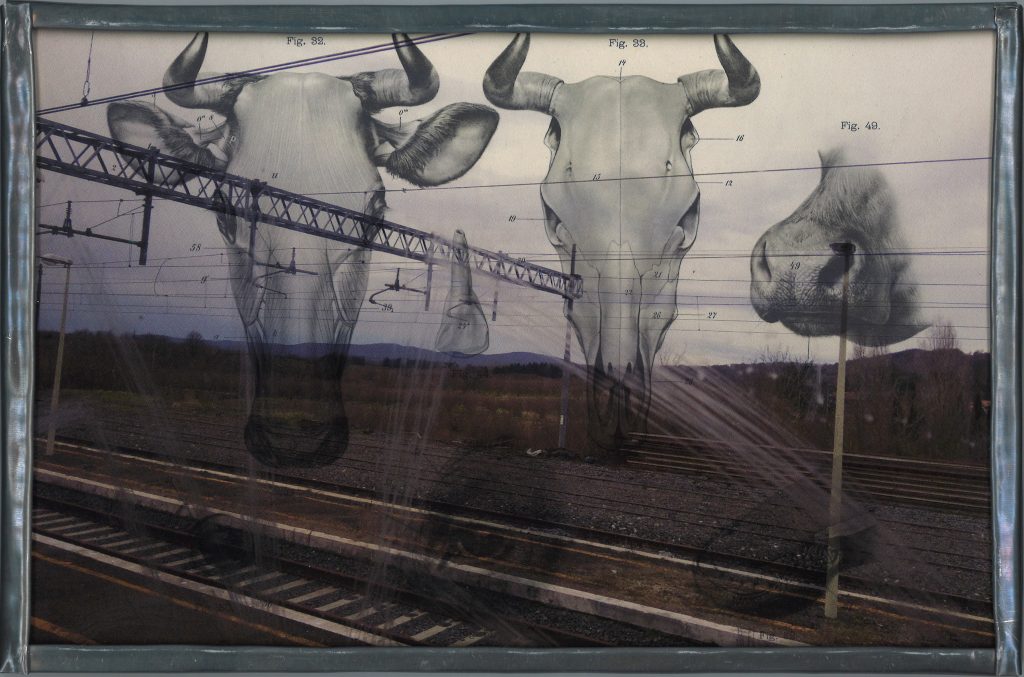 TR 24063 01, 20×30, 2019.
TR 24063 01, 20×30, 2019.
.
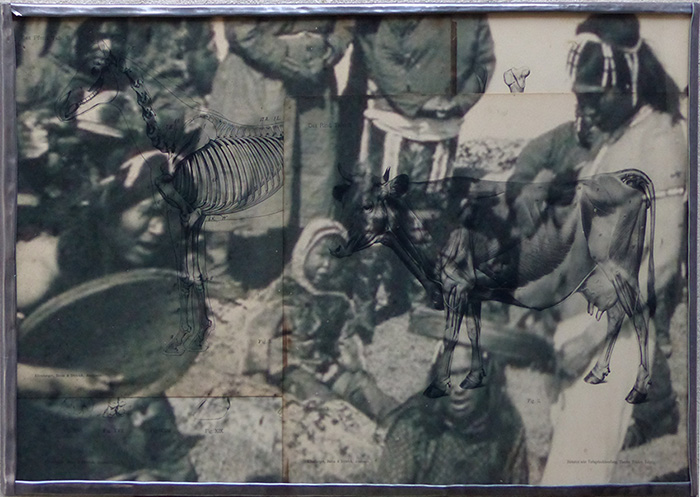 Zoology 02, 31×50, 2019.
Zoology 02, 31×50, 2019.
.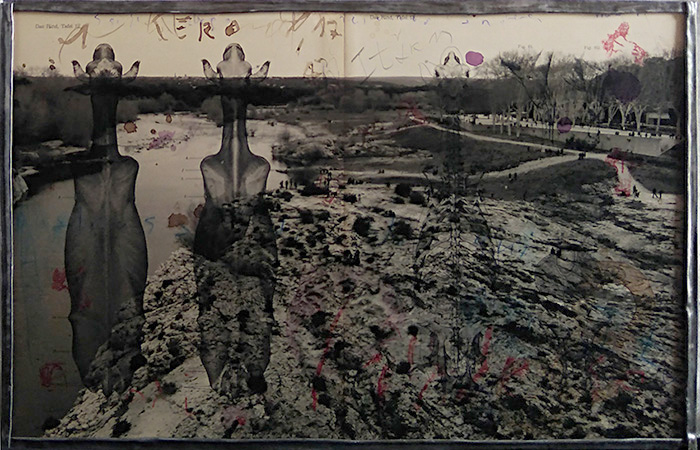 Zoology 03, 31×50, 2019.
Zoology 03, 31×50, 2019.
.
 Au temple de Diane 02, 20×30, 2020.
Au temple de Diane 02, 20×30, 2020.
.
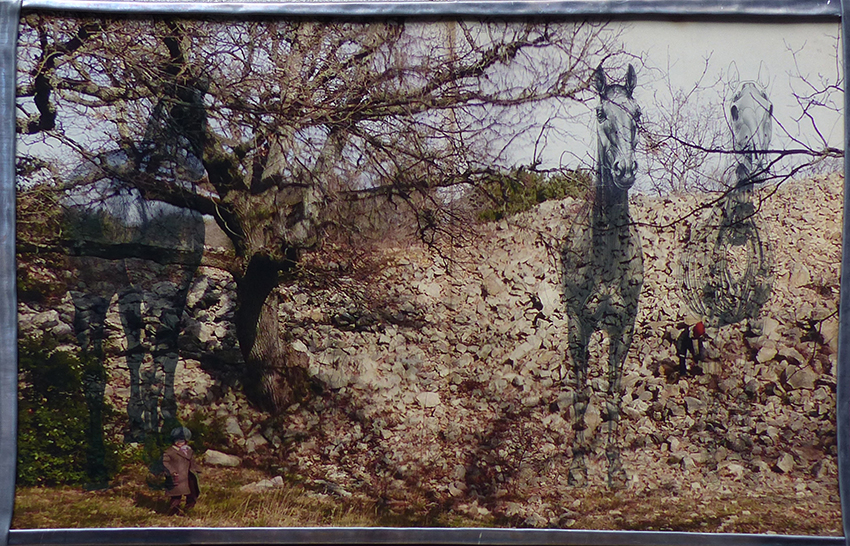 From the Road 01, 32×50, 2019.
From the Road 01, 32×50, 2019.
.
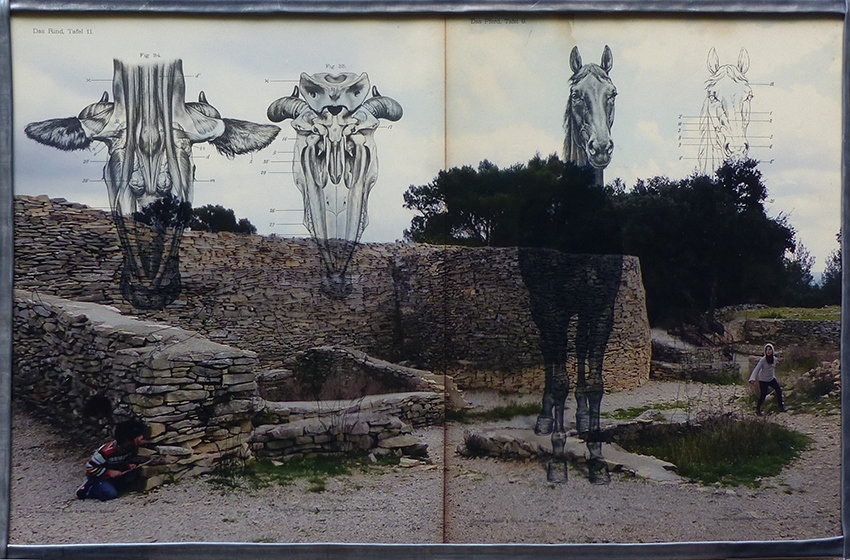 From the Road 02, 32×50, 2019.
From the Road 02, 32×50, 2019.
.
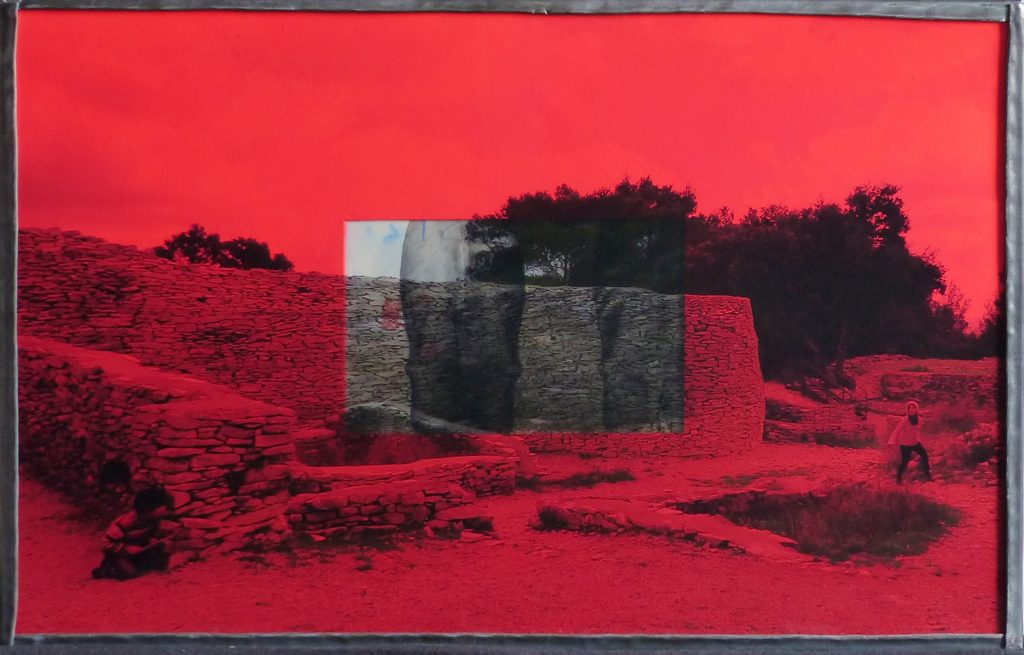 From the Road 02 bis, 32×50, 2023.
From the Road 02 bis, 32×50, 2023.
.
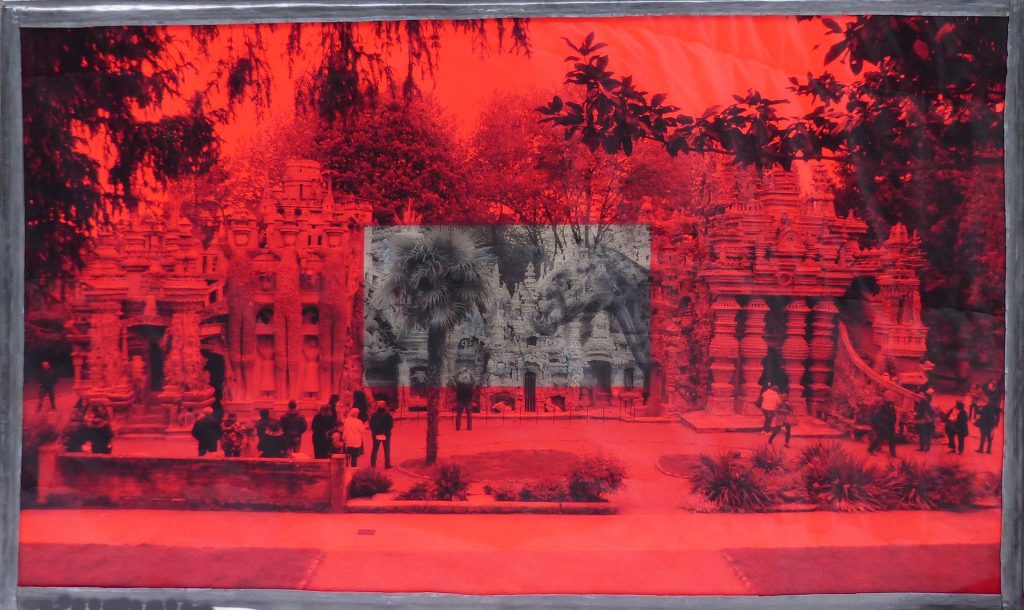 Zoology 01 bis, 31×50, 2023
Zoology 01 bis, 31×50, 2023
.
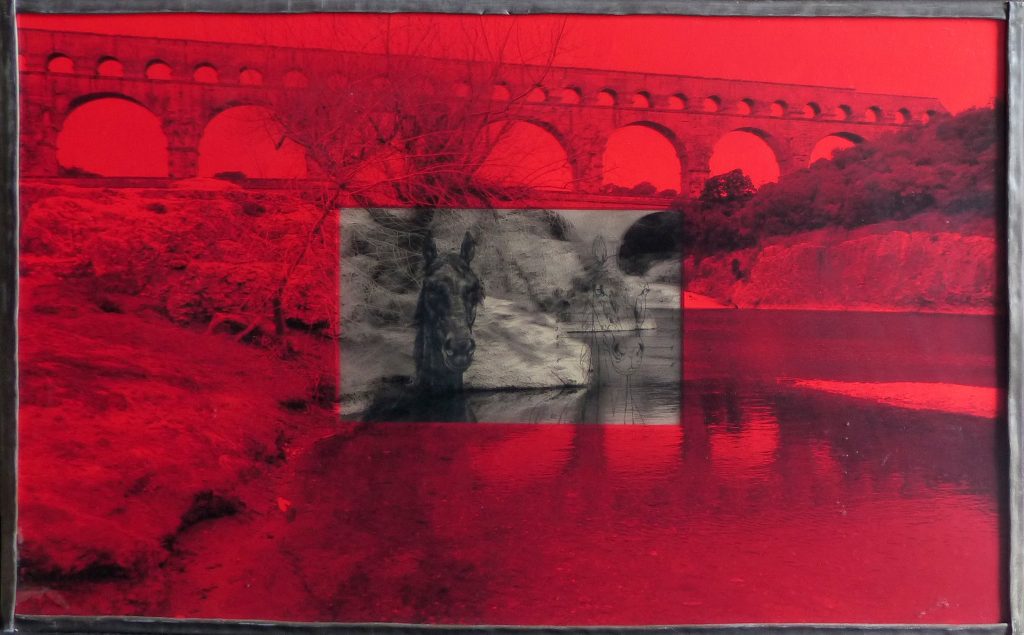 Zoology 04 bis, 31×50, 2023.
Zoology 04 bis, 31×50, 2023.
.
See also some recent, non-photographic series related to this matter :